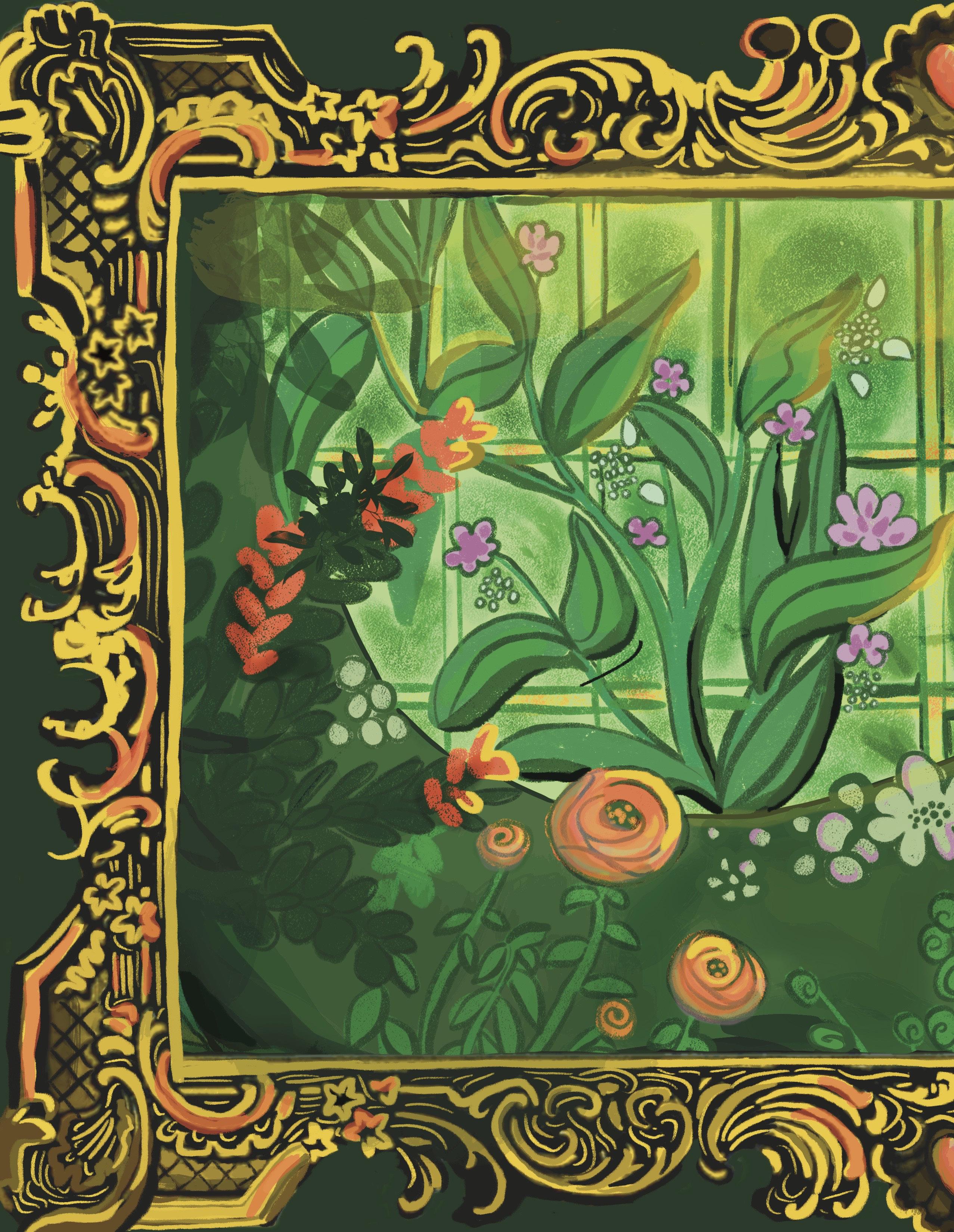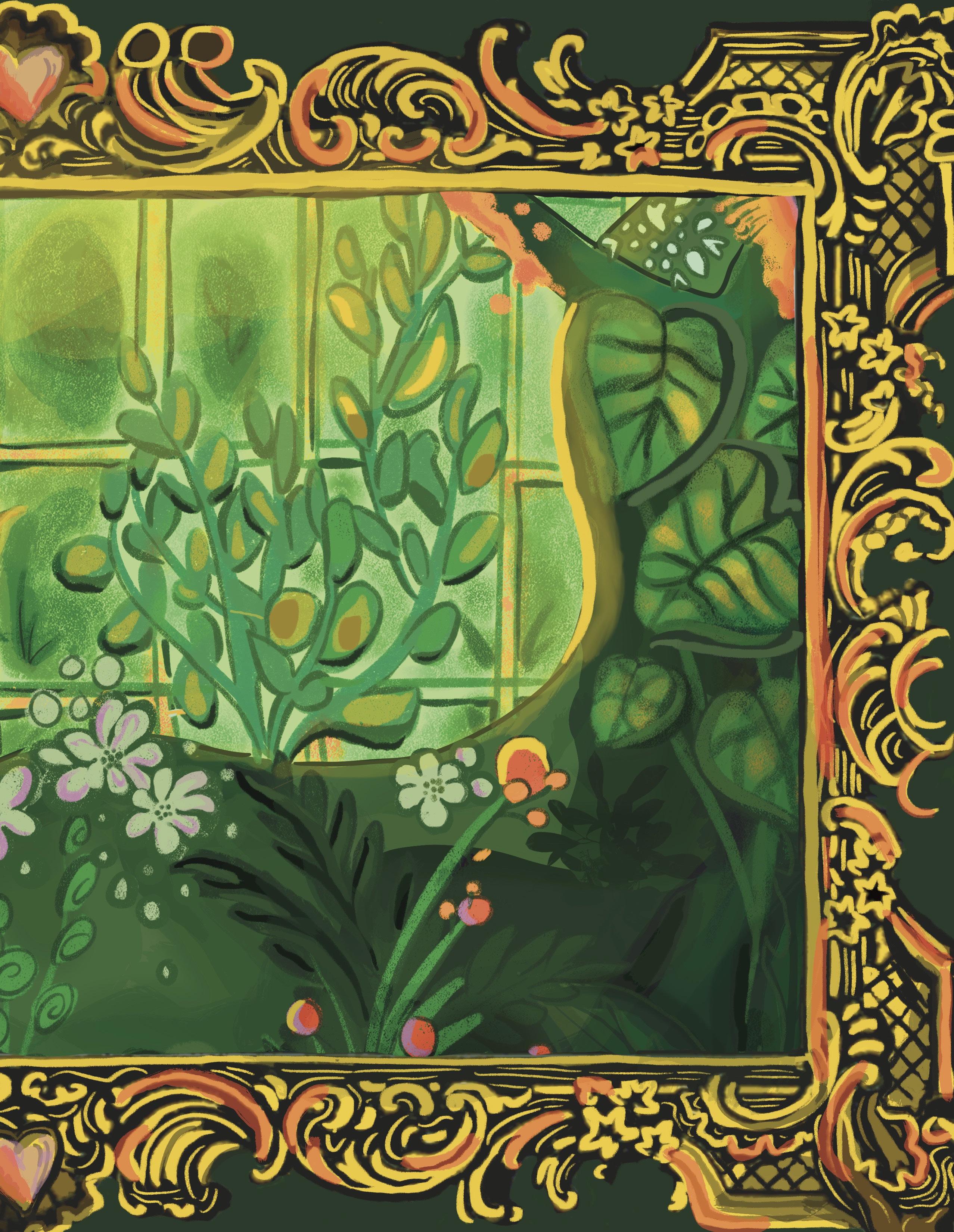


























































































Hi everyone, It’s nice to meet you! I am Payton Alonzo, Editor-in-Chief of Align. As a lifelong lover of art and design, I joined Align as a freshman in the role of Design Editor. I joined Align on a whim and, now, can’t imagine my life without it. Align has been covering arts and culture with passion and devotion, while continuing to evolve as a platform. I am thankful for the ability to work with such a talented team, challenge myself, and be a part of a community that thrives off of creative voices.




























Since I joined Align, the evolution from “Am I Dreaming?” to “From Scratch’’ has inspired me immensely. With every one of us here to express stories, concepts, truths, and fantasies, we hope to leave the audience eagerly awaiting our next issue. I am so thankful for the chance to facilitate conversations, dive deep into concepts, understand hidden meanings, and create new ones.
Shortly before this term began, our executive team sat on a call and brainstormed ideas for hours. Our design editor, Sophie, chimed in and mentioned the importance of subcultures. Subcultures are communities that stem from unity, niche interests, and often require us to dig a little deeper. With that being said, these subcultures have allowed for broader communities to become what they are today. Thinking deeply about niches, and how members can tap into subcultures of their own, we asked ourselves: how can we use this theme in a way that doesn’t just reveal, but rather tell a story of its own? After more calls and discussion, we stumbled upon the word “alcove.” It was unmatched. An alcove is known as a recess in a wall or room, which often is discovered after first glance. We knew using this word would be bold, personify a space, and be unexpected. Although many may know the term alcove, many also don’t, including myself before I read up on it. As I found myself seeking out the understanding, letting things become clearer and clearer, I realized members would have to do the same. With this niche approach and unexpected theme name, prospective members were already taking another glance, exactly like alcoves physically portray.
Alcove being the first theme of my E.I.C. position, I am so astounded by the members’ talent that is displayed throughout this issue. Overcoming creative challenges, taking time to pitch strong concepts, and showing up with every ounce of dedication has made this term rewarding and memorable for all. Enjoy peeking into our alcoves, discovering new interests, and exploring new subcultures as you read this issue <3.
With much love, Payton Alonzo

Celebrating our 11th issue publication, Align’s official Alcove cities in the nation. Each city consists of 11 songs, all individually left a mark on the place it’s turned into today in the world of music. don’t feel refrained from hitting the shuffle button here and there. whenever you’re unsure of the mood and what you want to listen indicating you are transitioning to the next location and subculture as we had making

Love, Align Spotify
Songs
Pop, pop youth Songs 109-119 Blues, the evolution of

Alcove Playlist takes you on a voyage through 11 musically known individually crafted to the music, artists, and other communities who’ve music. The playlist is intended to be listened to in order. Yet, there. This playlist can also serve you as a musical guide for listen to. Each Genre is broken up by an instrumental, lo fi beat subculture of focus. We hope you enjoy listening to it just as much making it.


CHICAGO, IL
1-11
Spotify Team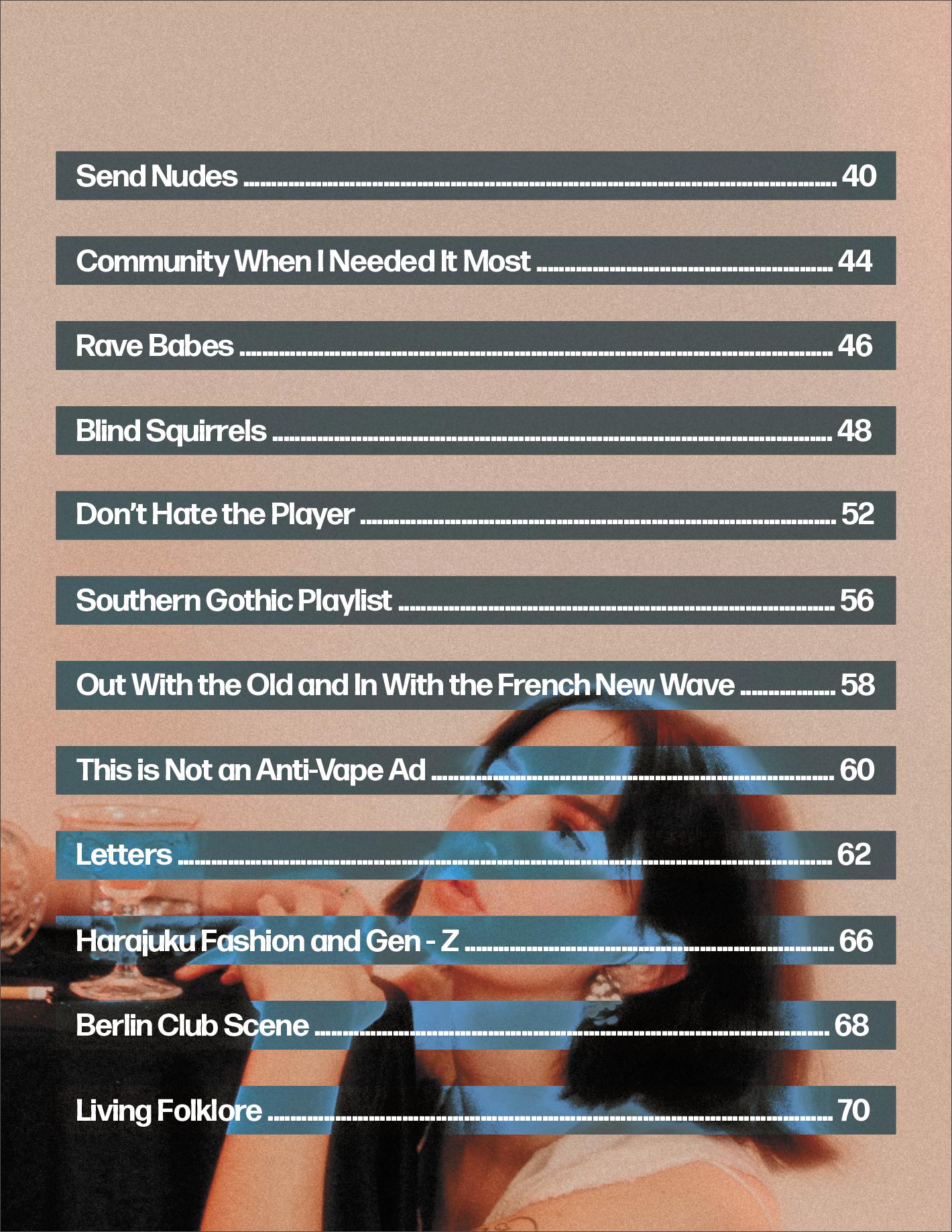
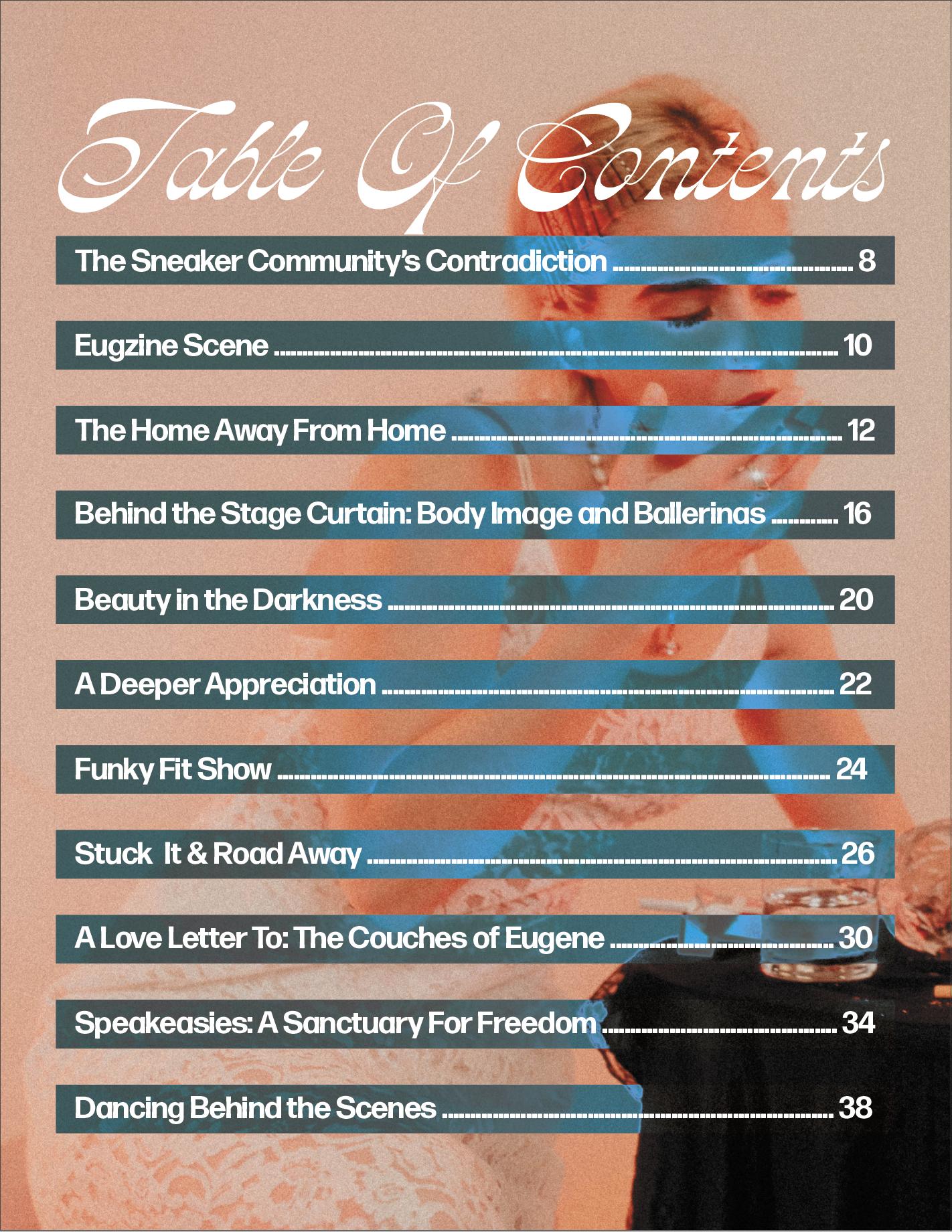


Shoes are one of the few niche fashion items that nearly everyone owns. Today, the sneaker community contradicts itself - at one moment, it is inclusive with sizes and styles for all, the next moment, it is only for the select few.
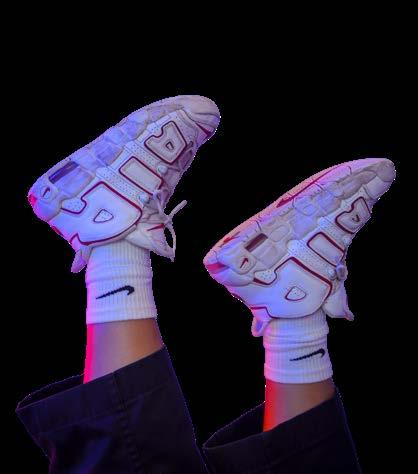
To understand the sneaker community today and its subsequent culture, it is helpful to understand Title IX. 2022 marks 50 years since the passage of Title IX, the landmark federal law that “prevents discrimination based on gender” from “any school or any other education program that receives funding from the federal government.” The results and implications of Title 9 span far beyond the playing field. Above all, a line can be drawn between Title 9 and the prevalence of women expressing themselves with athletic sneakers, creating a broader market and more sneaker consumers. Partly thanks to Title IX, sneakers are found in abundance during Fashion Week and in the classroom.
A perfect example of the sneaker community’s contradiction is found within Adidas. The Adidas Samba, originally designed as a soccer shoe, comes in a plethora of colors and versions. Right now, the Samba style is sold out on Adidas’ website. The Samba is currently experiencing high demand because of its accessible price point of just under $100. In addition to a reasonable price, the Samba easily transfers
of the resurgence of ‘retro’ styles in sneakers is that a price point is available for anyone interested.
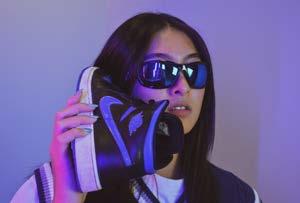
One the other extreme is Gucci’s collaboration with Adidas. The Gucci collection features a reimagined Gazelle sneaker, complete with a rubber sole and a canvas body. It is eerily similar to the Samba (aside from the subtle Gucci branding.) A partnership between a designer fashion house and a sporting apparel company naturally will retail at luxury prices. Why pay designer prices when the exact silhouette is so much more attainable? Sneakers can be a luxury, in large part because of designer collaborations. But they can also be part of one’s everyday wardrobe.
The University of Oregon demonstrates the inclusivity of the sneaker community as well as the influence of Title IX. From Nike Dunks to Hoka running shoes to the Scandinavian brand Veja, students sport a variety of sneakers. Title IX’s influence is seen on student athletes - the green and yellow Nike Pegasus 39, adorned with an “O.” Senior Logan
ART DIRECTOR SAMANTHA JOH PHOTOGRAPHED BY JACK WHAYLAND WRITTEN BY BEATRICE KAHN DESIGNER AYAME ELIASON MODEL JADA LEE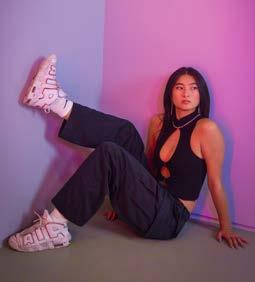
Robertson is a shoe collector and self-described sneakerhead. Robertson spoke to the “melting pot” of student’s sneaker styles. He said, “everyone wears sneakers in a unique way.” For Robertson, the Adidas Sambas and New Balance 550s are “timeless, but they are being rediscovered by the broader population.” After Sambas fade away from Pinterest feeds, Robertson believes that people will continue purchasing them because they are ‘classics.’ Title IX influences not only student athletes but also students commuting between classes. Sneakers are more than a trend. They are built to be worn and at the same time allow students to express themselves. Ultimately, at the University of Oregon, practicality and utility are the driving influences on students’ shoe choices.
There is a place in the sneaker community for all. There are the practical aspects of comfort found in Hokas and Salomons. There are the stylish, trendy aspects found in Adidas and New Balance. By understanding how sneakers became so celebrated and widely used today, one must understand how Title IX ushered in a sporty and utilitarian age that welcomes everyone.
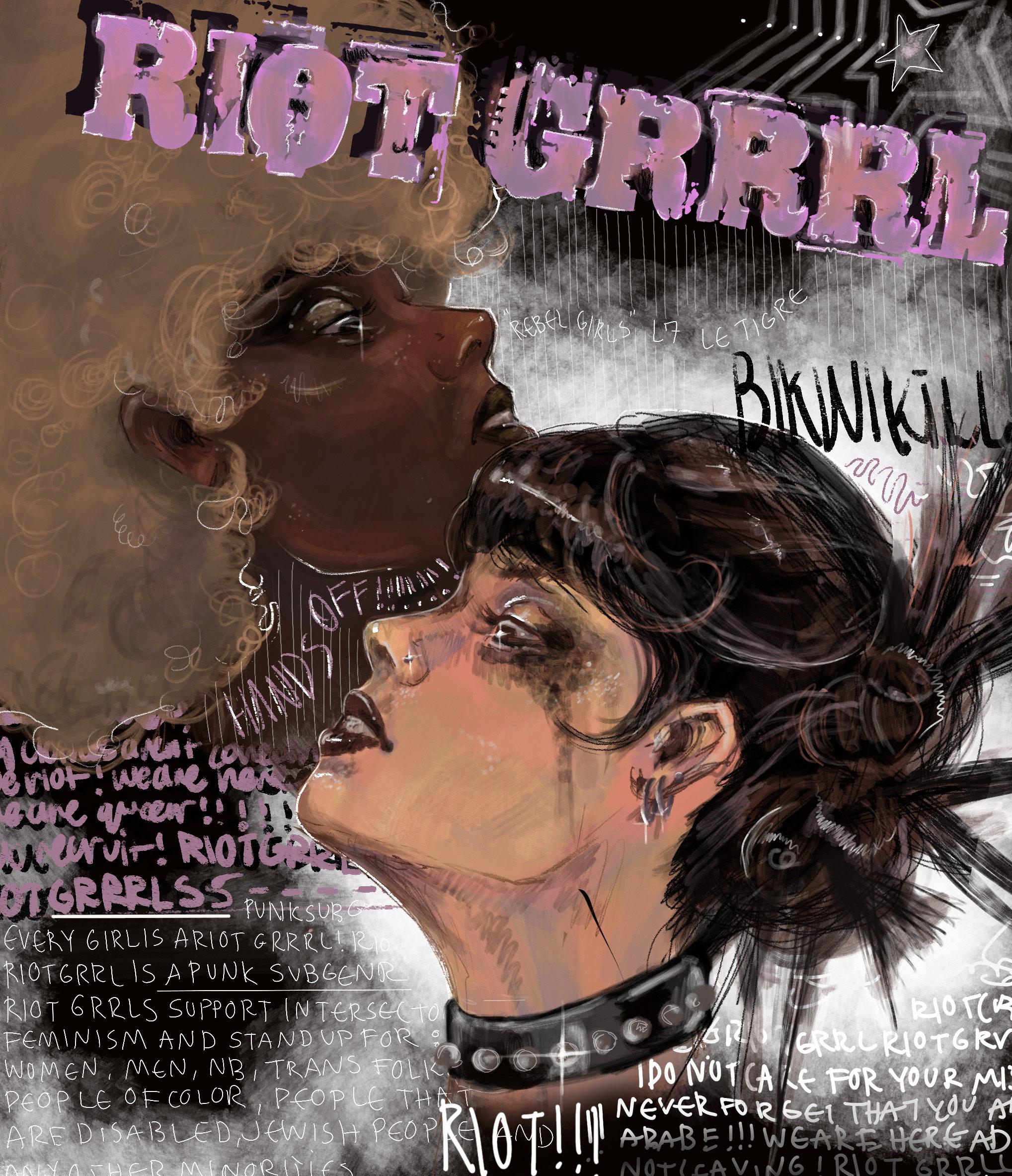
I
nitially started by three sophomores as a means to share their creative works, Grly Eugzine has evolved over the years into an outlet for writers, illustrators, and creatives alike. This zine’s monthly drop is anticipated by friends and followers for their special features and aesthetic pieces. A zine is a short self-published magazine often including art, images, and texts, which are printed and then circulated. Most zines now are typically published online because of the cost of printing, but are still formatted in a very similar way. The three girls who started the zine, Sally Finnin, Amelia Kennedy, and Harper Mahood, were all looking for a commonplace to share their creative endeavors, and they decided a zine was the perfect medium. Now juniors at the University of Oregon, Finnin, Kennedy, and Mahood have garnered quite a following from the Eugene and UO community.
Geared towards femme expression and youth experience, Mahood says a major source of inspiration for her was from the “Riot Grrrl Movement and all of the bands that came out of Olympia like L7 and Bikini Kill.” The Riot Grrrl movement of the 1990’s was all about women reclaiming their autonomy in a sexist and patriarchal society. Women consciously chose to go against normative expectations in favor of expressing themselves in their own fashion. It came with an emphasis on female production: women would produce their own forms of music and zines without following existing materials. This led to a surge of grunge, doit-yourself zines that promoted femme identity and encouraged individuality in creative expression. Grly Eugzine wanted to emulate this vibe in their zine: producing whatever they felt artistically inclined to, with total autonomy over both content and design.
In choosing a theme for the zine, they take into consideration events happening within both the University sphere and the national realm. Whether it’s revolving around monthly holidays or major legislative
changes (check out their issue centered around Roe v. Wade), they make sure to highlight creativity and collective community. A majority of their spreads have a heavy emphasis on “music, arts, and culture,” Mahood says, such as a playlist in every spread, and articles on local artists and shops. Their creative content consists of photoshoots- shot by Finnin- collages, and art features done by a variety of artists who are all students at the University of Oregon. This variety of art mediums comes from “exploring as many different art forms as they can, which always comes with new ideas,” Finnin says. As a means of showcasing other art forms, they featured a tattoo artist and local nail artist in their latest issue, and have previously done a spread on a local florist.
The women don’t have delineated positions, although they do gravitate towards the art form that they have the most experience with. Finnin does photoshoots and article sourcing, Kennedy does the design and website aspects, and Mahood does the writing and music pieces. However, they collaborate on most aspects of the production, from choosing the theme to the layout of the different pieces. The production process is a full team effort, and they are looking to expand on more creative mediums for future issues. Their latest issue, all Halloween themed, tried something new by showing a darker and spookier tone in comparison to their previous zines. In terms of future zines, Kennedy says they want to “become a little bit more political and outspoken… [and] include more writing and substance.” Looking to expand their team of creatives, the girls are hoping to start printing future issues as well, seeing as they are currently an online collective. Although they have two years left in college, they are hoping to continue the production of Grly eugzine post graduation with the hope that “every issue will continue to get better and better” -Kennedy.
Check them out: grlyeugzine.com
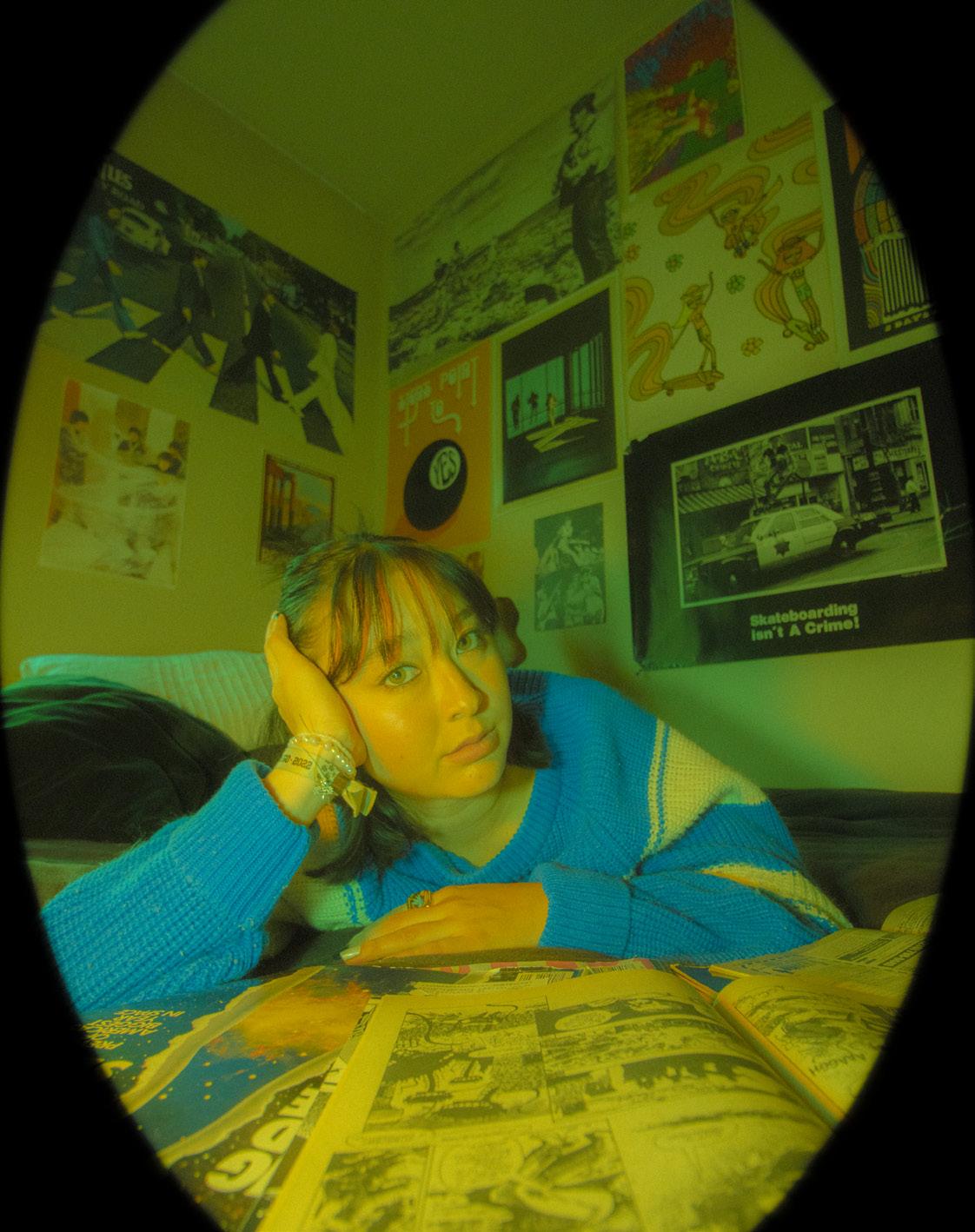
My parents dropped me off at the University of Oregon just a day after move-in. It was a Friday night when we said our teary-eyed goodbyes and I left them to walk back up to my dorm.
Unfortunately for me, it isn’t exactly socially acceptable to walk through a college campus while crying. This especially pertains to the first weekend of Fall Term, a time when dozens of students were constantly shuffling around campus, so I tried my best to stay calm and tilted my head back to keep the tears from rolling down.
In doing so, I caught a glance at many of the bedrooms of South Hamilton Hall, each completely different from its neighbor. Some were filled with freshmen chatting with their newfound
friends, some with kids sitting at their desks, watching television or putting on their makeup, and some not accompanied at all. Just empty rooms with pictures from home on the walls and blue, purple, or green neon lights shining from the ceiling.
In that observation, I realized that I would soon be okay, that my sadness was nothing but temporary. For each room that I saw was home to other students who were probably feeling exactly the same as I, whether they wanted to admit it or not. This was my new home, just as it was theirs, and all five thousand of us would feel comfortable soon enough.
I came away from that night realizing how important it would be for me to prioritize my bedroom in making it my safe space. My dorm room was now the only ounce of privacy that I had, and even though it is just barely fourteen feet long by eleven feet wide and shared between two people, I knew that I would be able to make it work.
In the couple of months that I have lived here, I have grown to understand that the bedroom of a college student is somewhat of a sanctuary, a space only touched by persons deemed worthy. Assuming the role of a breeding ground of creativity, muchneeded rest, and some extraordinarily impressive midterm cram sessions, the college bedroom aims to standards that seek nothing less than perfection.
Students at the UO take pride in their bedrooms, oftentimes taking inspiration from their passions and pop-culture interests. Decorating our rooms to our own specialty allows us to showcase everything that we feel represents our personalities, all while making them feel like the home away from home that they are.
Recently, I was able to speak with Ruby Burke, Joaquim Gruber, and Logan Tosta, all freshmen living in South Hamilton. Gruber and Tosta, who share a room together, have worked together to make their space represent some of those very interests.
“I have posters of music that I really like and I love basketball,” said Tosta. “I do a lot of stuff with filming and photography, so I usually have that hanging up around the place, too.”
Tosta and Gruber, who met on the UO Housing portal in late June, have been able to blend their interests together to create their ideal safe space. Sharing similar tastes in music and film, one could even assume that the dorm was home to only one student, if not for the two twin beds positioned on opposite walls from each other.
“I like how much of our own stuff, that pertains to our interests, we have. I don’t want to try to hide away, because I have to use my cameras a lot, so I kind of keep it all on display,” said Gruber. “It just works out too, I think that it really looks nice.”

Environmental Science major Ruby Burke has a bit of a different take. To her, the ultimate goal of the dorm room is to make it the ultimate safe space. While it can and should be breeding grounds for expression and convenience, one must always make sure that it is also home to relaxation.
“I would say that my favorite part of my room would be my bed,” Burke said. “I spend the most time in it and I have just made it a really comfortable space for myself. Both my roommate and I discussed, before school started, how we really wanted to earn beds and earn our room at the end of the day, so it always feels nice to come home from a long day and get comfortable here.”
One rule about the college bedroom: it is never complete. No matter how many posters are up on the walls, books sit on the shelves, and lights are hung from the ceiling, there can and will always be room for more.
“My room is definitely a work in progress,” Burke said. “Every day, I come in and I know that I could definitely do a lot better, but it’s a little difficult to work on it in this moment, just because we are so busy and how hard it is to get around. But I would love to be able to add even more things that show off who I am.”
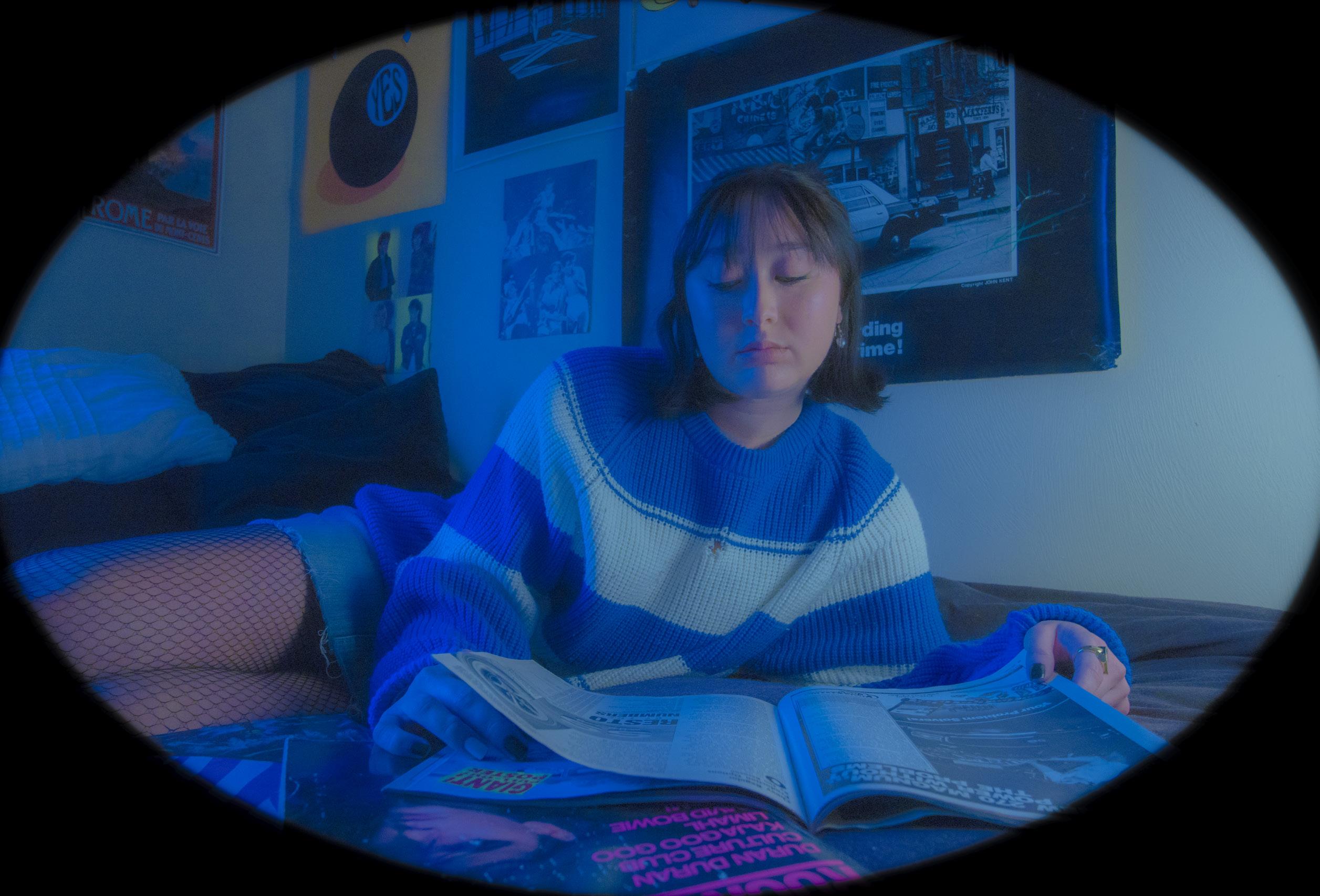
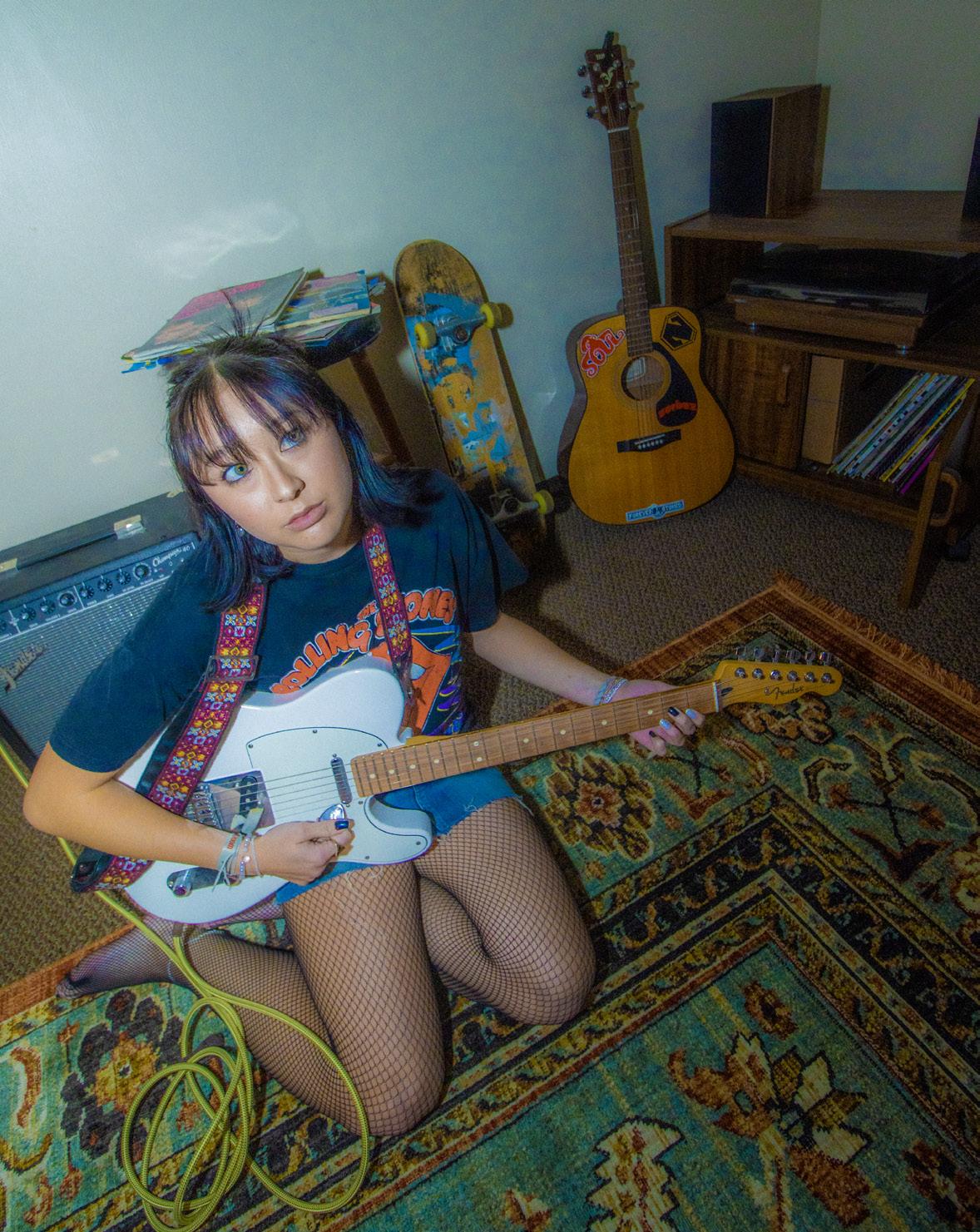
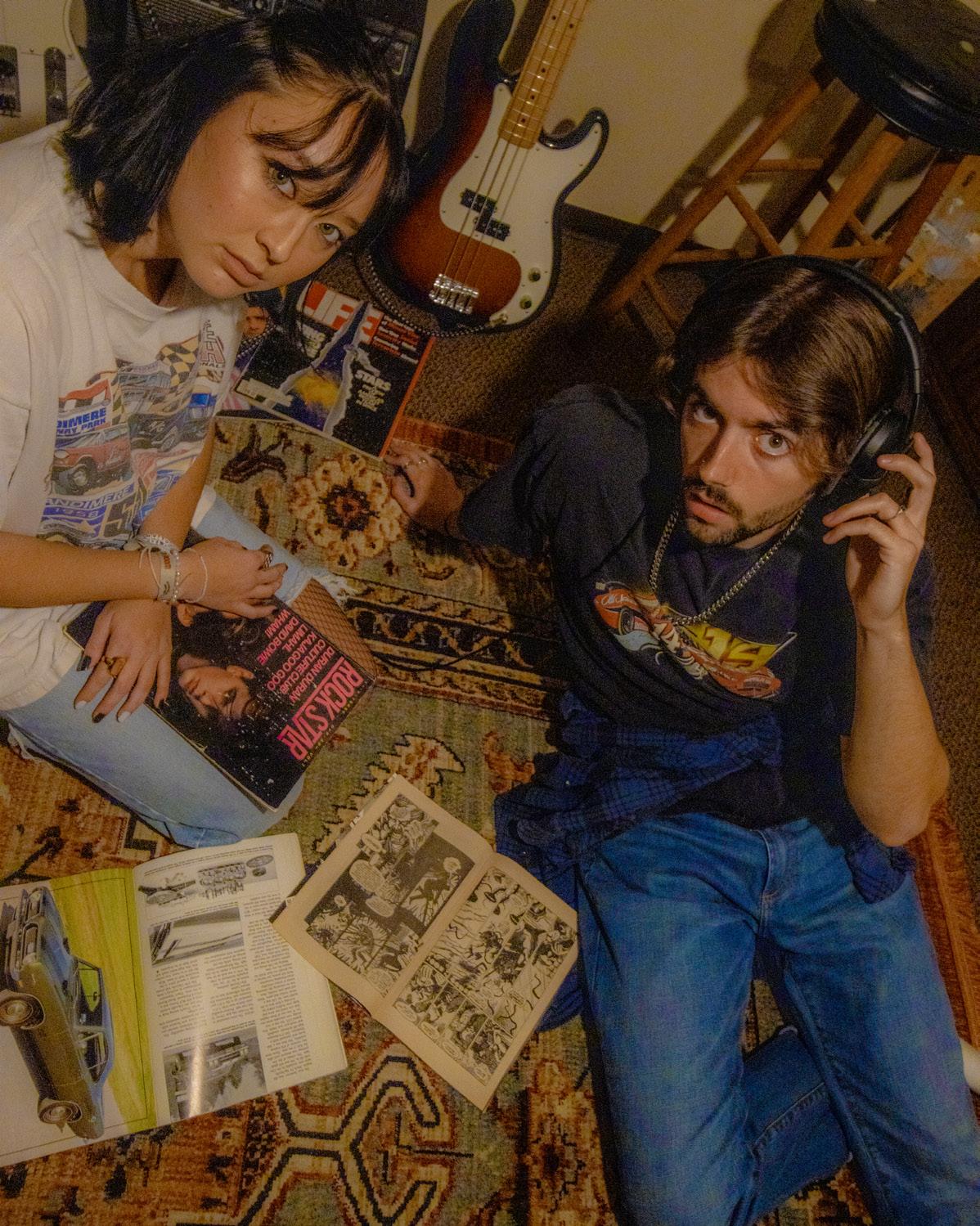
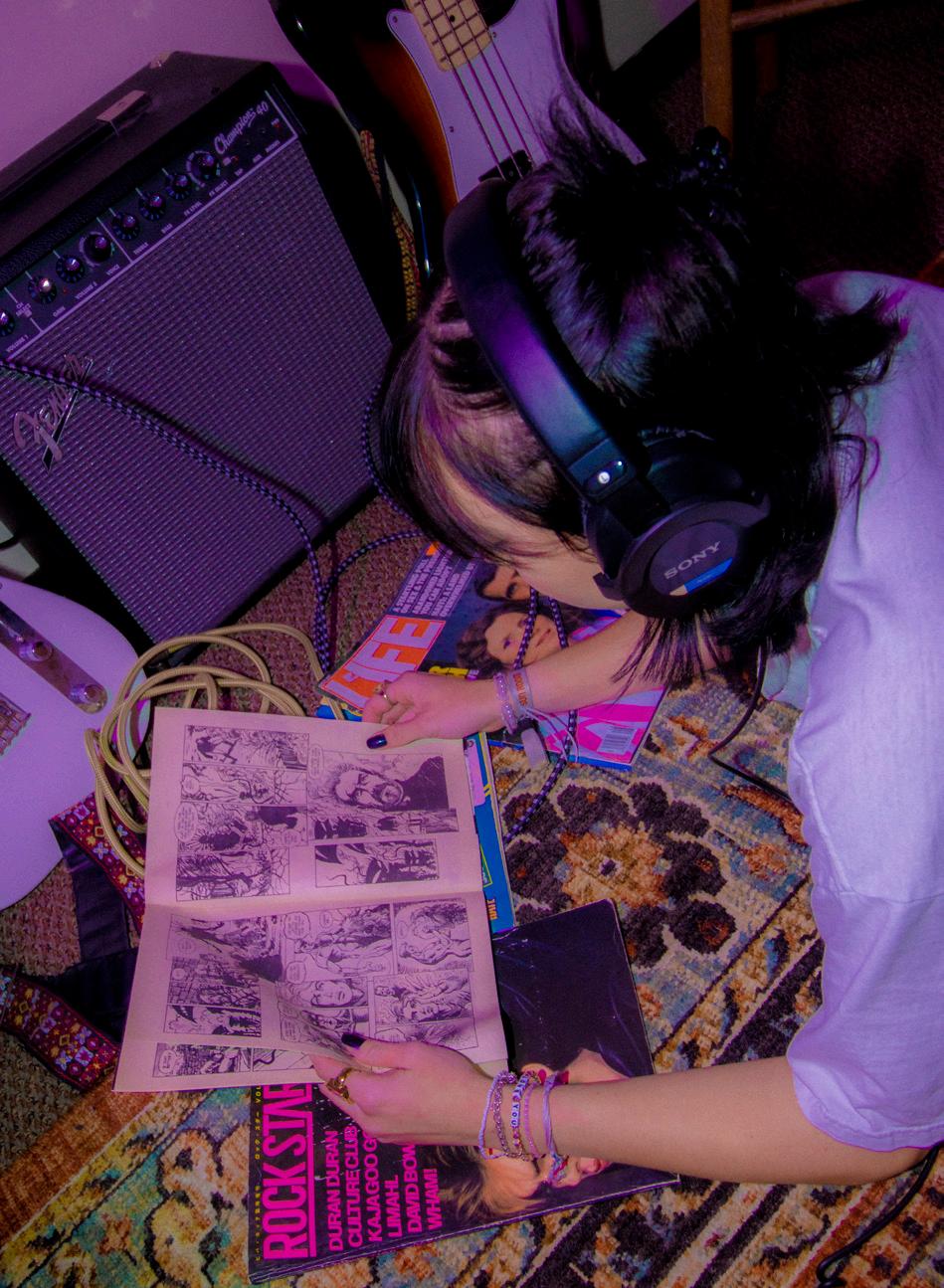
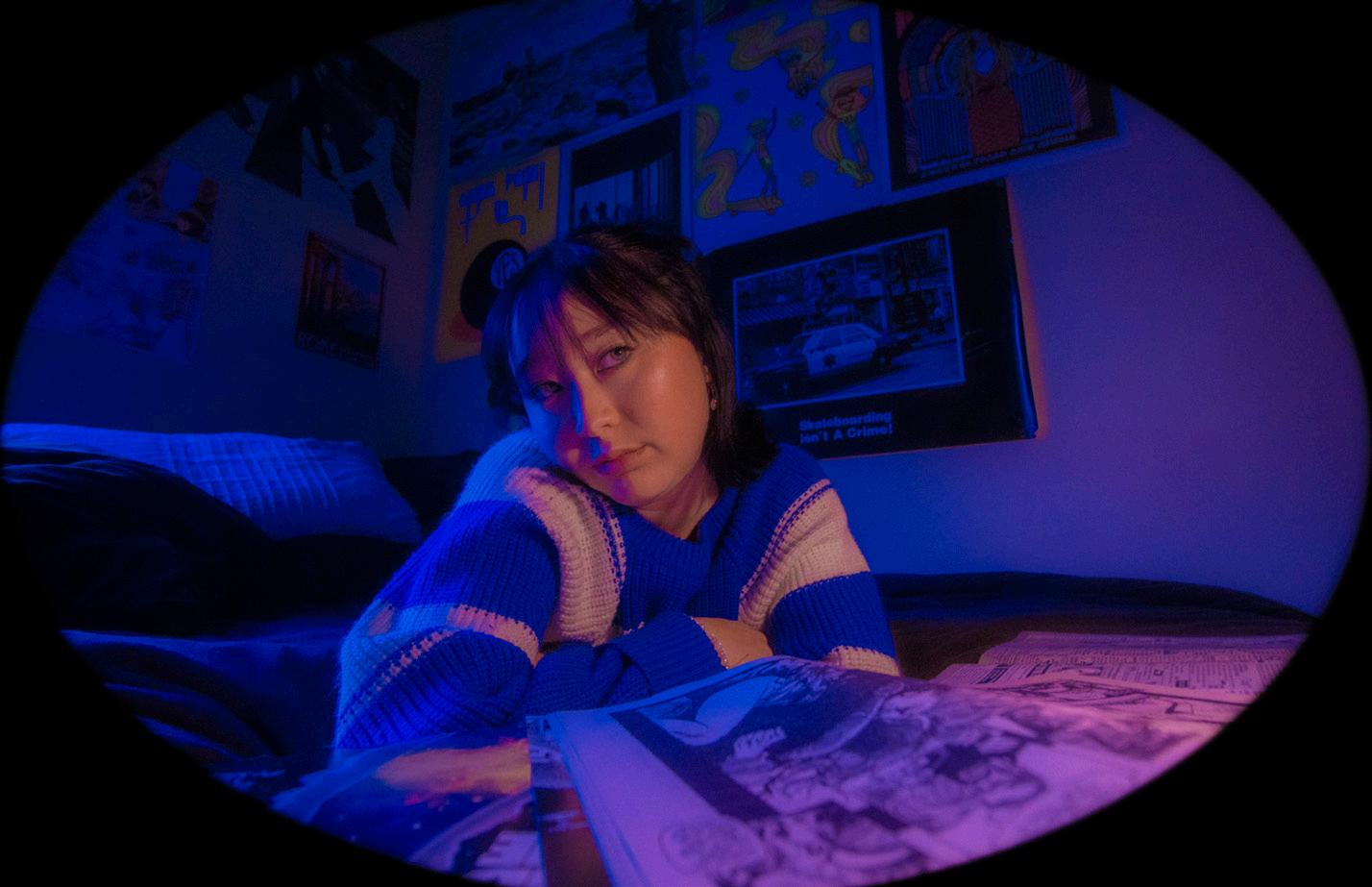
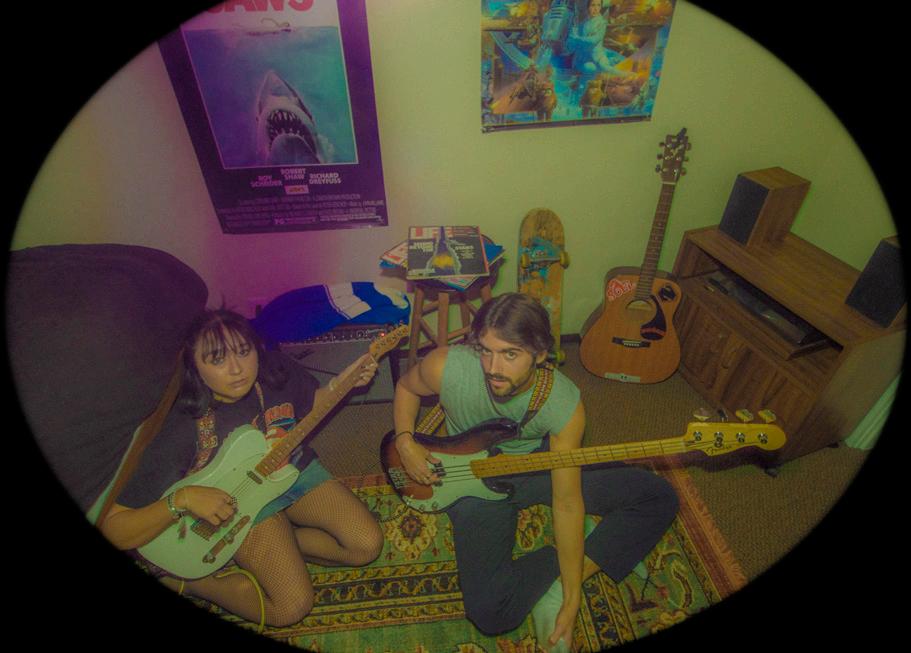
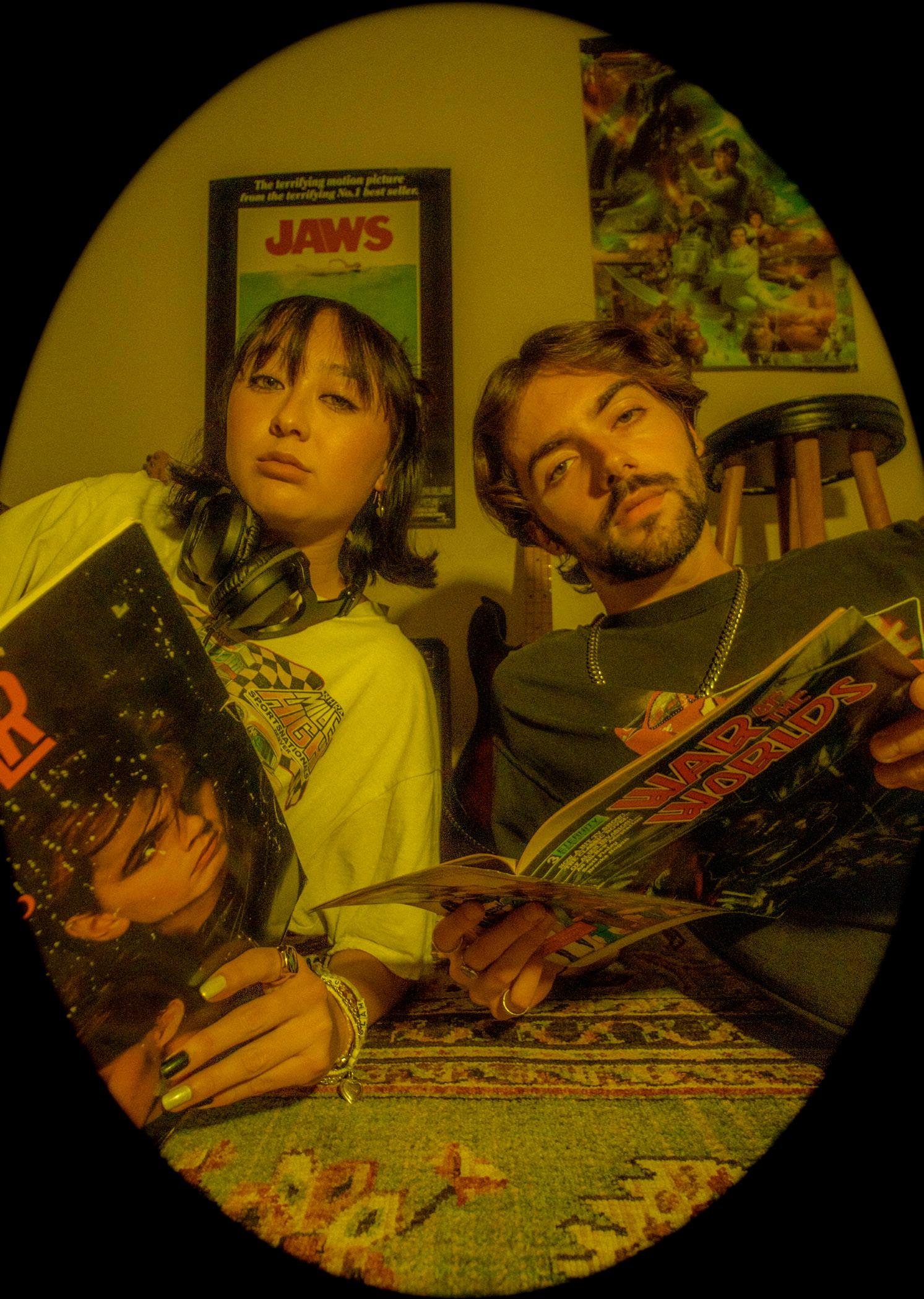
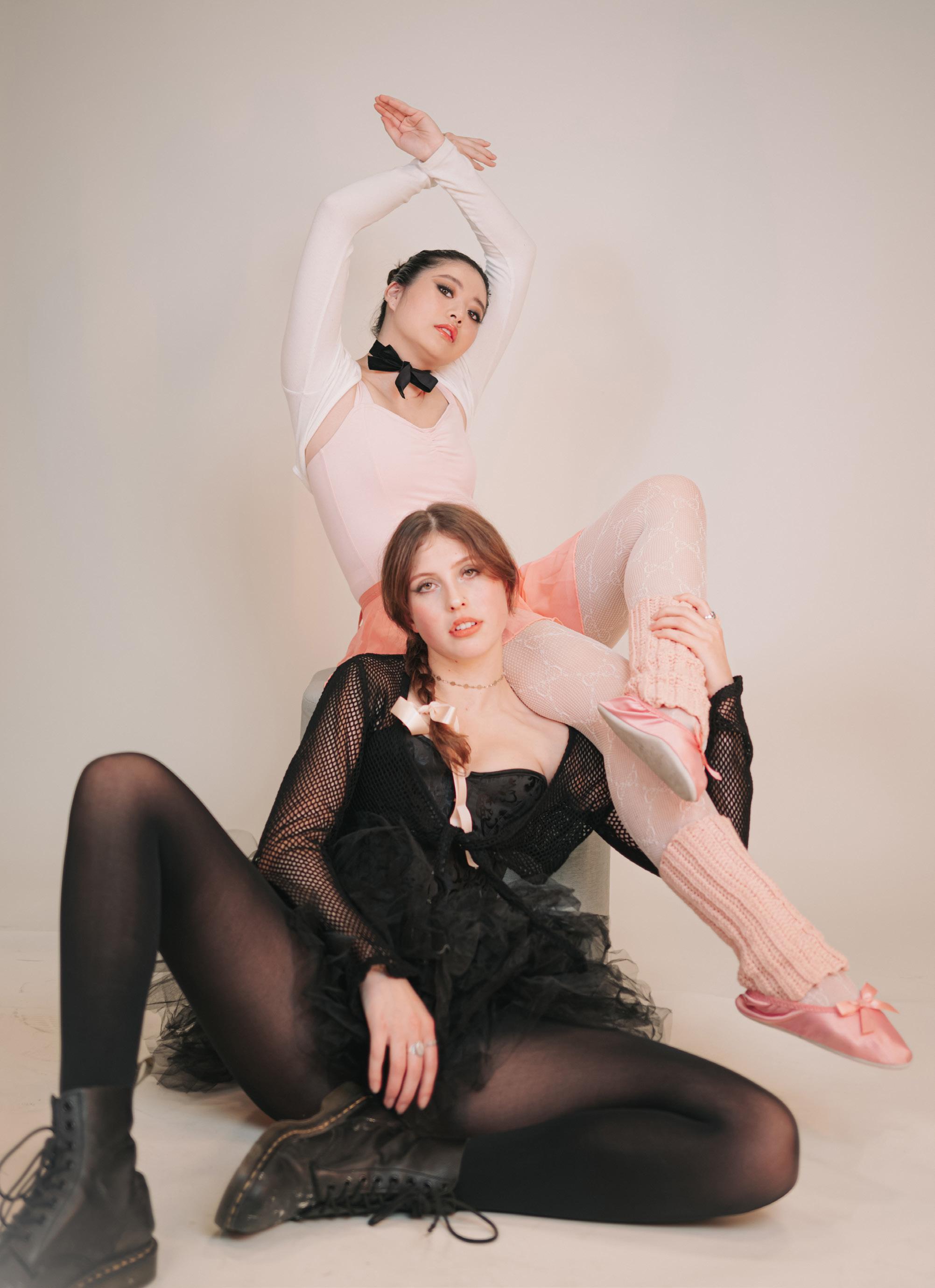
Ballerinas have long been the models of beauty and grace with their aesthetic of satin pointe shoes, sleek smooth hair, and cinched waists. An air of fantasy and mystery surrounds them, obscuring the truth that they are as human as those sitting in auditorium seats, soaking in their performance. Ballerinas are idyllic standards that many strive for and are pushed to their limits to embody. Despite ballet’s sense of royalty and elusiveness, the industry becomes less of a secret as former ballerinas take to public platforms, such as YouTube or other social media, to share their stories.
The path to greatness on the stage is demanding, and it especially challenges dancers who start at a young and impressionable age. Many start classes in kindergarten or elementary school, making dance a cornerstone of their mental and physical development. Children feel the pressure from the beginning of their time in dance, with instructors enforcing body types many have not yet grown into. At ages as young as 7 or 8, girls question whether their bodies are the “right” type and if not, how to change themselves to succeed.
Instructors create environments to inspire competition and comparison by lining girls up according to weight or explicitly electing one student as their favorite. Dancers push themselves to receive praise from their teachers, but some things, like flat feet, invisible collarbones, and weak ankles, cannot be changed by hard work. The narrow window of perfection in dance allows those born with the “ideal” body type to succeed without having to change. Girls with smaller heads and
slender, flat bodies luck into the idol ballerina figure, achieving success unattainable to those whose bodies do not match the ideal.
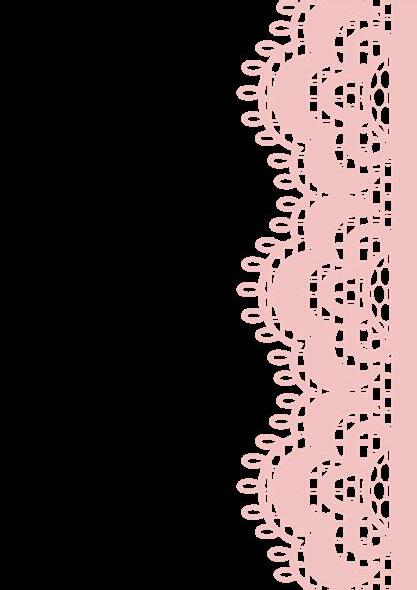

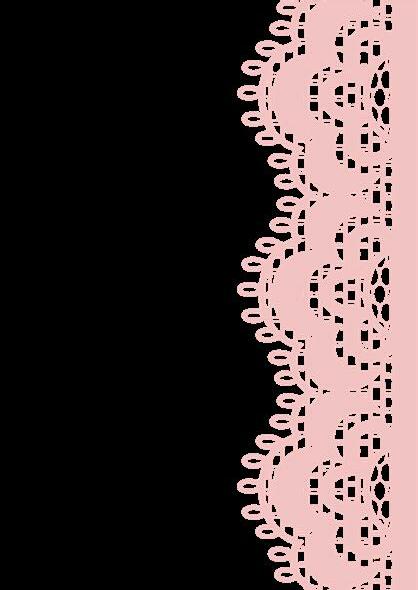

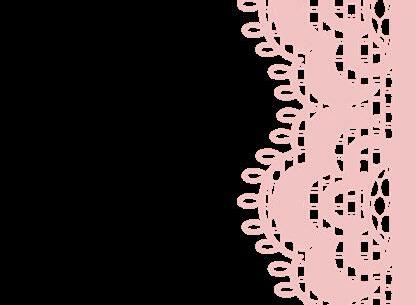

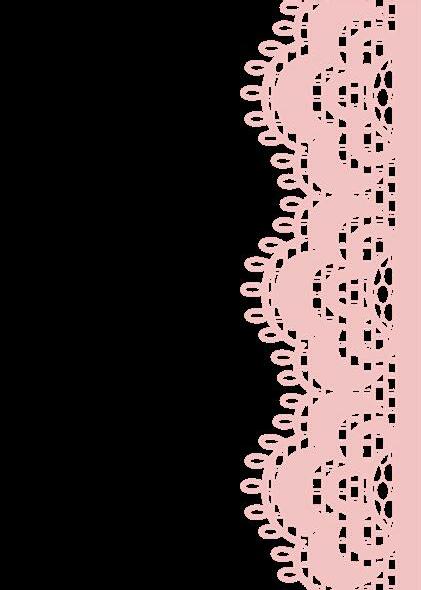
Using constant scrutiny, dance instructors overwhelm young girls with unhealthy ideas about what their bodies should look like and how they should work. If the dancers’ stomachs appear round instead of flat, teachers say, “I can see your lunch,” or compare their bodies to potatoes. This whirlwind of negative comments gives dancers the vocabulary to criticize themselves and fosters harmful body image beliefs.
After years of teachers demanding and ranking them, girls go through adolescence with a myriad of beliefs about themselves already ingrained in their minds. Middle and high school complicates life for most people as peer groups and classes test comfort zones and esteem, but with perfectionism rooted in their identity, dancers bring pressure from their instructors to school. They push themselves academically, driven by the high standards and work ethic born from their experience in the dance studio.
The effects of ballet last long after dancers leave behind the industry, either physically, such as pointe shoes damaging feet, or mentally. Spending childhood and adolescence in an environment that praises a feminine, thin, white body leaves some women permanently scarred with body image and self-esteem issues. These effects of ballet get featured in the media more as individuals unveil the industry’s dangerous and extreme values. Media scenes of disordered eating and
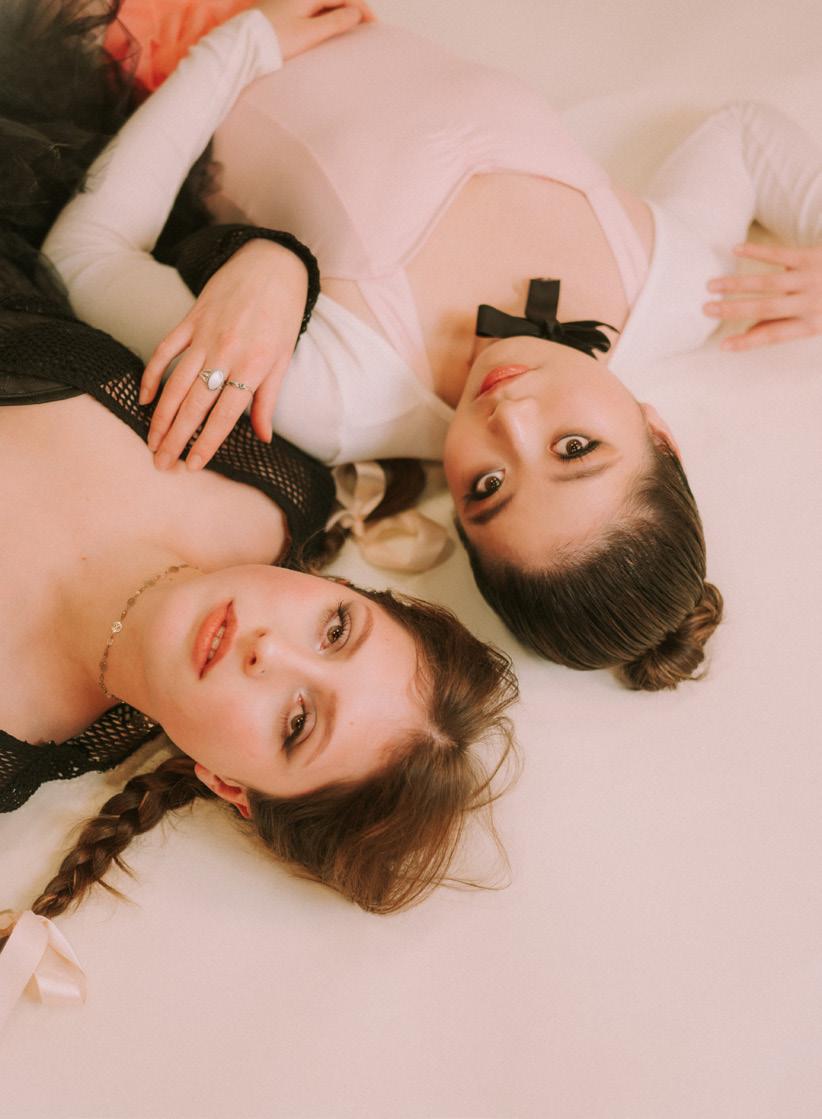
brutal physical exercise reflect the lived experiences of many who leave behind the industry, distancing themselves from a once-beloved community.
Although many people share negative memories of ballet, a sense of community materializes from enduring the hard work alongside others. People often feel inclined to connect with those who relate to their feelings and hardships, because in some cases, those relationships make
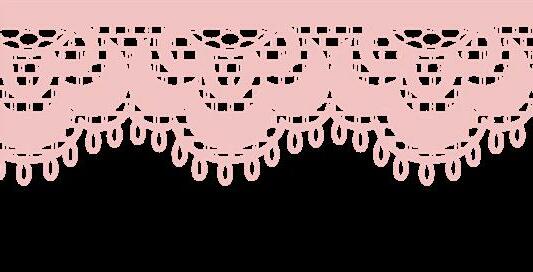
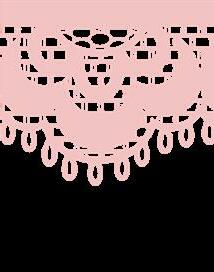

the challenges worth it. For dancers, the harsh instructors and disordered ideology become easier to manage with peers who live the same reality and make a strict industry feel fun.
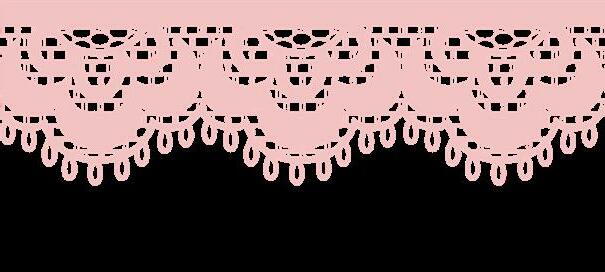


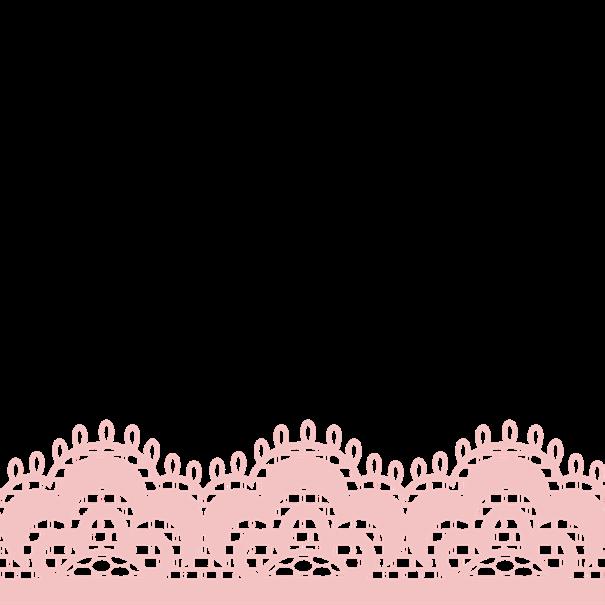



Another reason dancers fall in love with ballet is the energy on stage and the sense of satisfaction after so much time spent working toward their show. To women who left ballet behind as teenagers, the industry remains special to them through
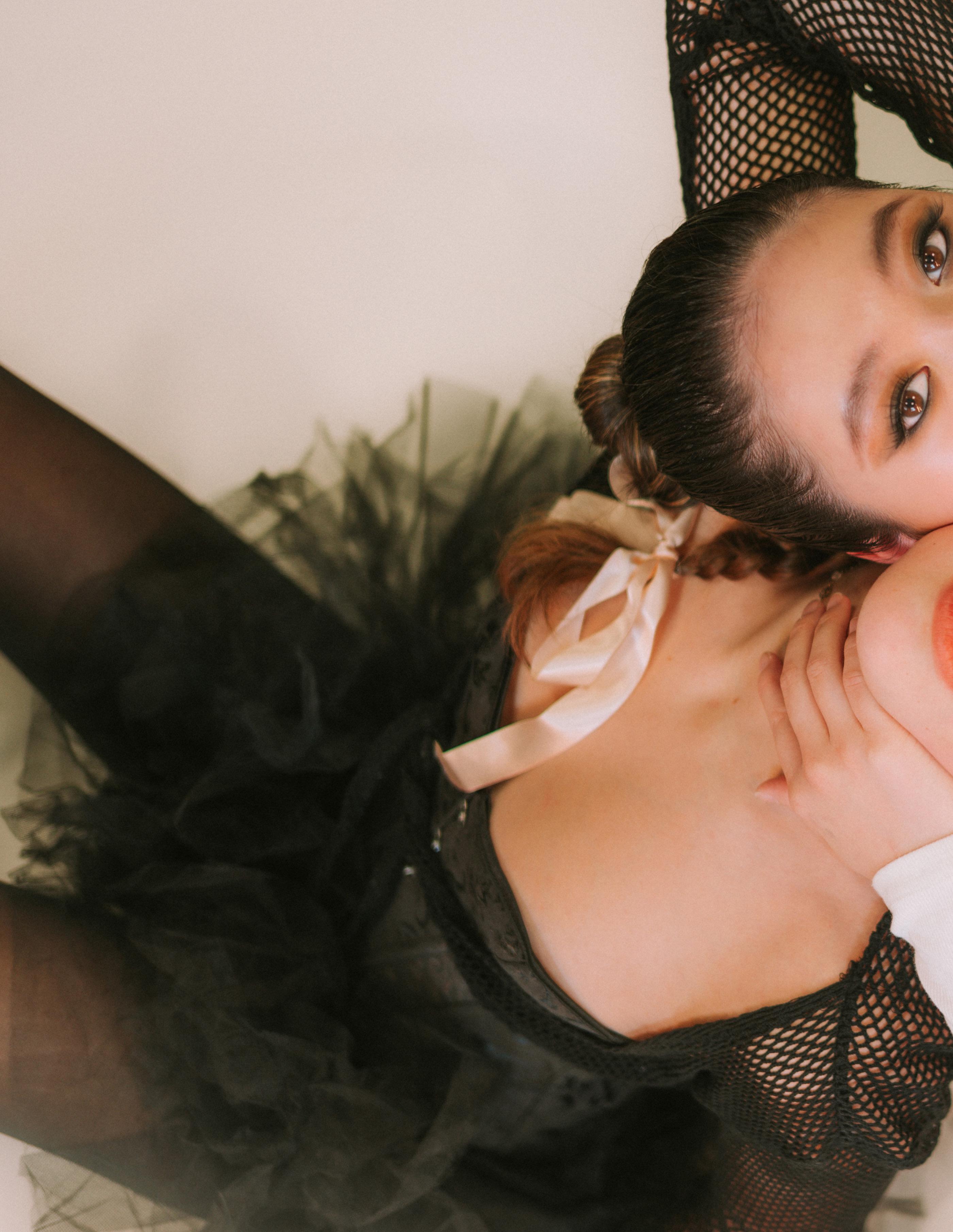
memories of performances and their audiences’ love. Despite the combination of pressure and toxicity dancers face in their lessons, they relish the culmination of labor and time as well as the beauty their dance showcases.
Although dancers part ways with ballet burdened with the trauma of the industry with them, a fondness lives on, perhaps honoring the friends and good instructors who alleviated their struggles. While
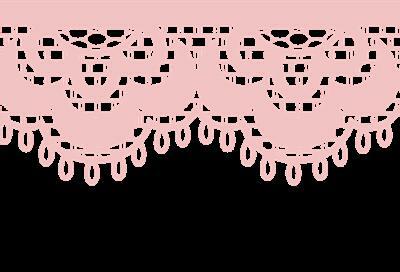


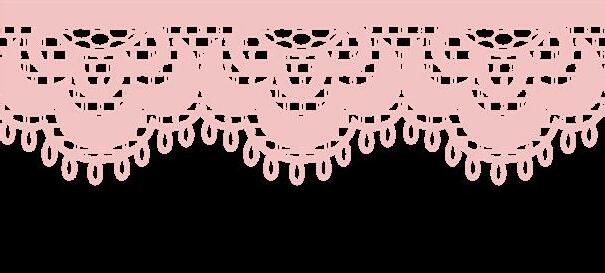
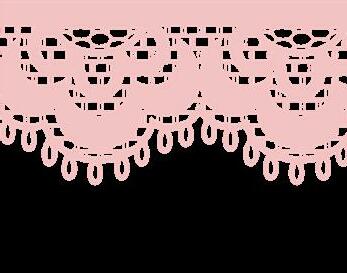

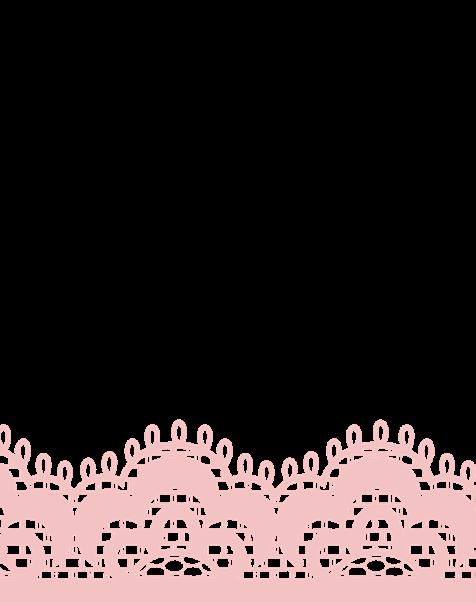
considering their time in ballet, women acknowledge the silver linings that eased the pains of dancing in an industry that tries to shape all dancers into one epitome of perfection.
In IMPACT magazine, a publication at the University of Nottingham, former ballet student and dancer Niamh Robinson wrote, “maybe, life is still pretty good when you’re sat on the opposite side of the curtain.”



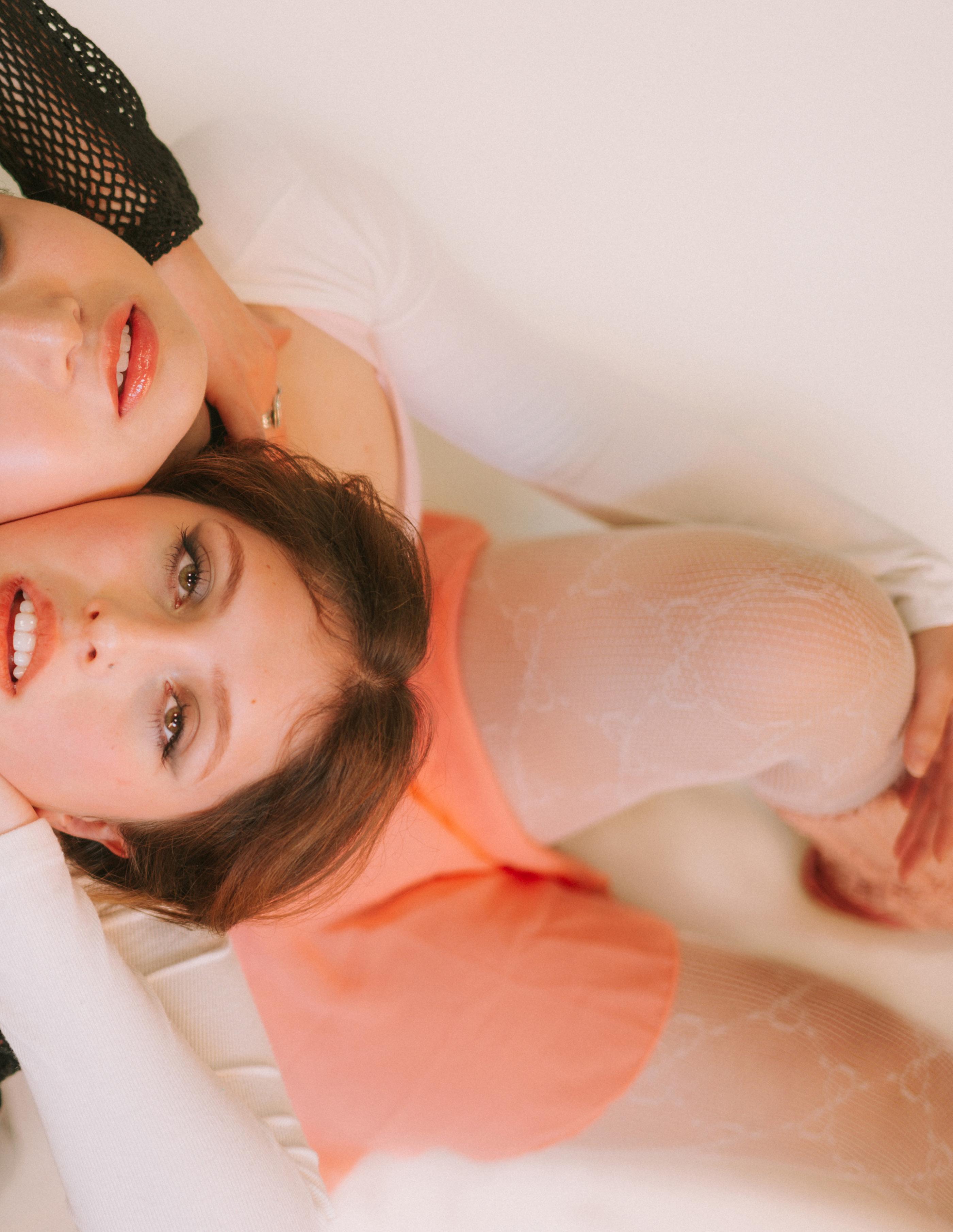
...girls go through adolescence with a myriad of beliefs about themselves already ingrained in their minds. ” “
mysterious; maybe a little moody? All of these words have been associated with the word goth that creates such a concrete stereotype. However, being goth is so much more than that. Members of the Eugene goth community have expressed being goth as very free flowing and accepting of a variety of different people. You don’t have to be decked out in black makeup, black clothing, and have an angsty demeanor to classify yourself as goth. People like Madison Alton, a senior
at the University of Oregon, who is part of the goth culture, have a different perspective on what it means to be goth.
“For me, being ‘goth’ isn’t as much as striving to be visually identifiable as it is being immersed in the culture of the strange, macabre, dark, and ‘moody.’
From having a childhood love of media like Coraline, the Nightmare before Christmas, Invader Zim, The Addams Family, and now as an adult loving horror
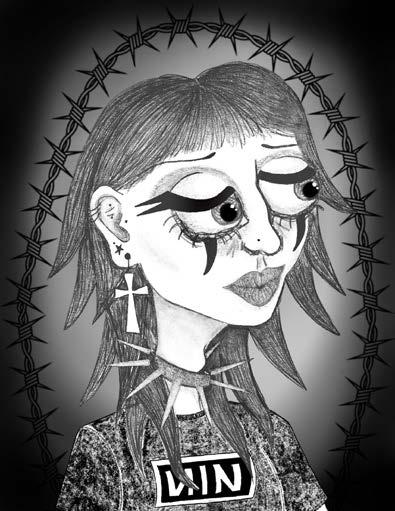 ILLUSTRATED BY MICA DELGADO WRITTEN BY NEELA ROPP
ILLUSTRATED BY MICA DELGADO WRITTEN BY NEELA ROPP
and vampire-focused media. The biggest part is the music and many goths, especially older Romantic goths and trad goths will tell you the same thing.” –Madison Alton
“Gothic music is the cornerstone of the whole subculture - you don’t have to dress in victorian corsets or backcomb your hair every day to ‘prove’ you’re goth, you just need to have a deep love and appreciation for the musical movement that came forward in the 80’s.
Artists like The Cure, Siouxsie and the Banshees, Bauhaus, The Damned, The Birthday Party and Pink Turns Blue are considered the pioneers of this dark, heavy, symphonic darkwave music that established the gothic genre as well as their lead singers being the style icons. If you want to go even farther back, Screamin’ Jay Hawkins was doing Shock Rock performances with bats and coffins in the 50’s!”–Madison Alton
These quotes represent a few thoughts on what it means to be goth from students in Eugene and how the goth community can look. Goth does not have one specific look, and it is common for many people to be part of the Goth community when people may not even know it!
People who love gothic rock, Tim Burton films, vampire lore, dark colored clothing, moody emotional artwork, or even making statements to go against the status quo are in fact part of the large network that creates the goth community. One does not have to be goth to enjoy these many elements of goth culture, because the community itself is very accepting, unique, and liberating for many people.
The goth movement and culture originally took off during the 1980’s when a new form of music, gothic rock, began taking over the music scene. Artists including Nine Inch Nails, Sisters of Mercy, Siouxsie and the Banshees were some of the classic artists that made this movement spread like wildfire.
Depicting the goth community as very versatile demonstrates how many people may be part of the community. Having a love for goth movies or goth music is a community within itself. People who love music and the media don’t have to act or dress goth. Because of this it’s very difficult to spot people who are in the goth culture, because there are so many different ways to dress!
“Honestly I don’t really know what goth culture looks like, exactly. I guess the common answer would be looking for the hallmarks of trad goth fashion - crazy back-combed hair, dark lipstick, big eyeliner wings, and lots of belts. Alternative fashion (punk, 90’s nu metal, scene, emo) tends to have an abundance of crazy hair, studs, belts, dark eyes, dark hair, and ripped clothes. For me, my hair is too delicate to be back-combed and dark lipstick is always a gamble for me, and oftentimes the fashion comes down to personal aesthetic choices (I prefer the 90’s makeup styles to the 80’s) and comparing what bands you like.”--- Anonymous
“The way I differentiate true gothic people from a more sanitized, marketable, ‘TikTok alt’ style is the purposeful subversion of standards. Smudged and intense eye makeup, lipstick regardless of gender, too many accessories and torn clothes and tooshort skirts and wild, tangled hair - you’re not trying to look cute and photo-ready and your clothing was handmade, hand-destroyed, thrifted, worn out - not an easily bought kit from the mall. Goth culture is about the subversion of what is acceptable - blood, death, ugly makeup and ugly clothes.” —Anonymous
Goth is not just one look. The community involves a variety of different people from different backgrounds that all share a love for the same things. Music, fashion, and literature in the goth community continue to unite people and encourage people to express themselves in the most authentic ways possible.
Music is a universal language that expresses more than just words through a song. A love for music is something we all share, but some find solace in music more than others.

In today’s age of Spotify and Apple Music, we can all stream our favorite songs whenever we want. However, nothing quite beats owning a physical copy of your favorite song; I can tell you this firsthand. I vividly remember listening to “Valerie” by Amy Winehouse on my dad’s record player one warm, August evening. The record player was next to an open window, and as the pink vinyl spun you could hear every crackle and pop. I can only describe the listening experience as authentic.
Record collecting as a hobby has declined heavily over the past few decades. In the 1980s, Eugene had twelve record shops. Today, there are two– House of Records and Moon Rock Records.
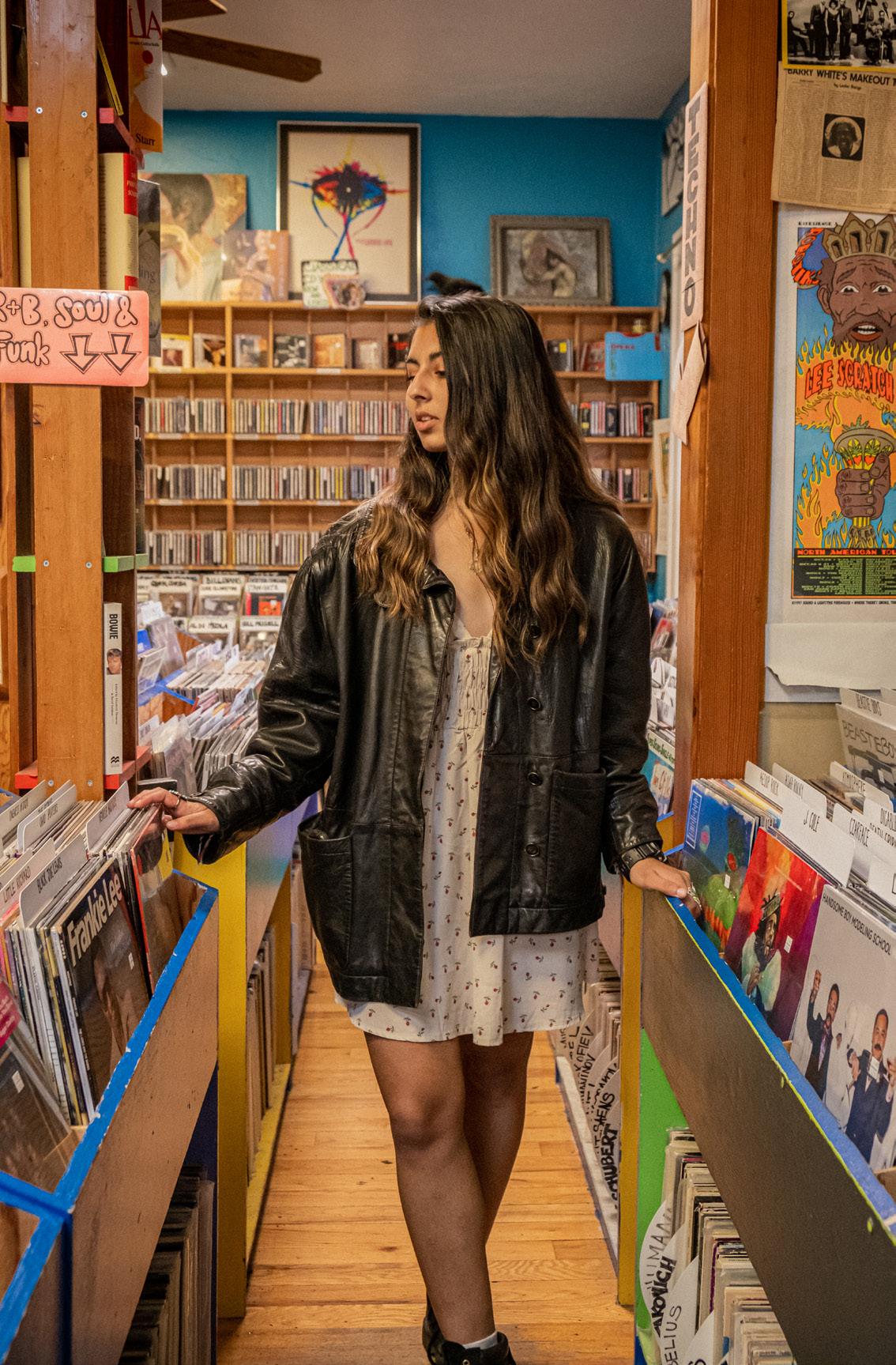
House of Records has been open since 1971 and is the longest-standing record store in Eugene. In regards to the appeal of vinyl in the age of streaming services, employee Tyler Howard from House of Records said, “There’s definitely an attachment or bond that happens when someone buys an actual album. Once someone becomes a vinyl collector, they become a member of a community of vinyl collectors and Spotify just can’t seem to replicate the sense of community that vinyl collecting can.”
In other words, vinyl collecting allows people to show their love for music while simultaneously becoming part of a group. What does it mean to be a part of this group, one may ask? You must be able to value songs that aren’t popular in mainstream media or widely appreciated. Vinyl has become increasingly available for new music, but a majority of vinyl collectors branch out from music that is already valued by most people.
WRITTEN BY FIONA ENGLISH PHOTOGRAPHED BY GUSTAVO DEL REALVinyl collectors are likely to be found supporting local bands at the WOW Hall or listening to an off-the-wall instrumental record.
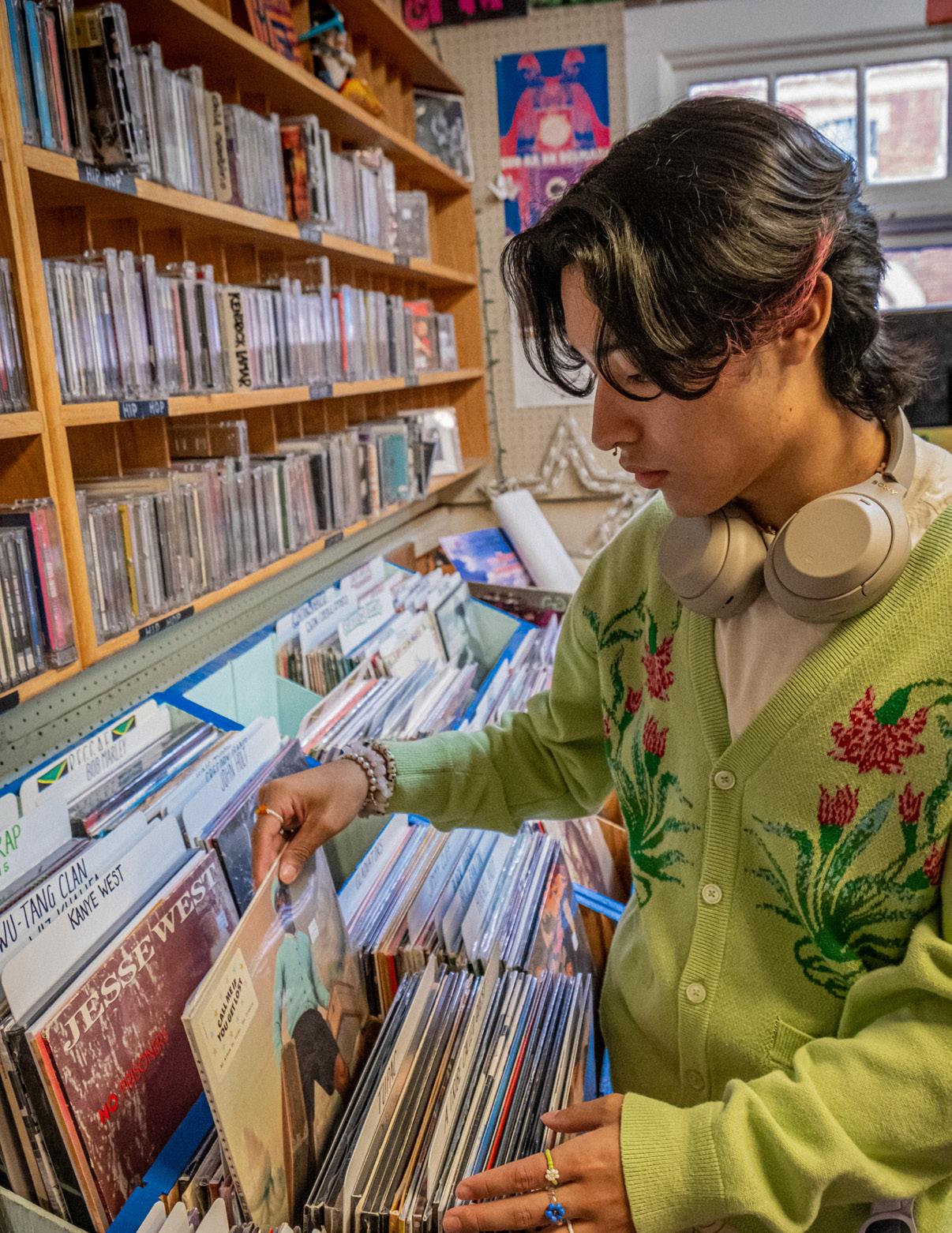
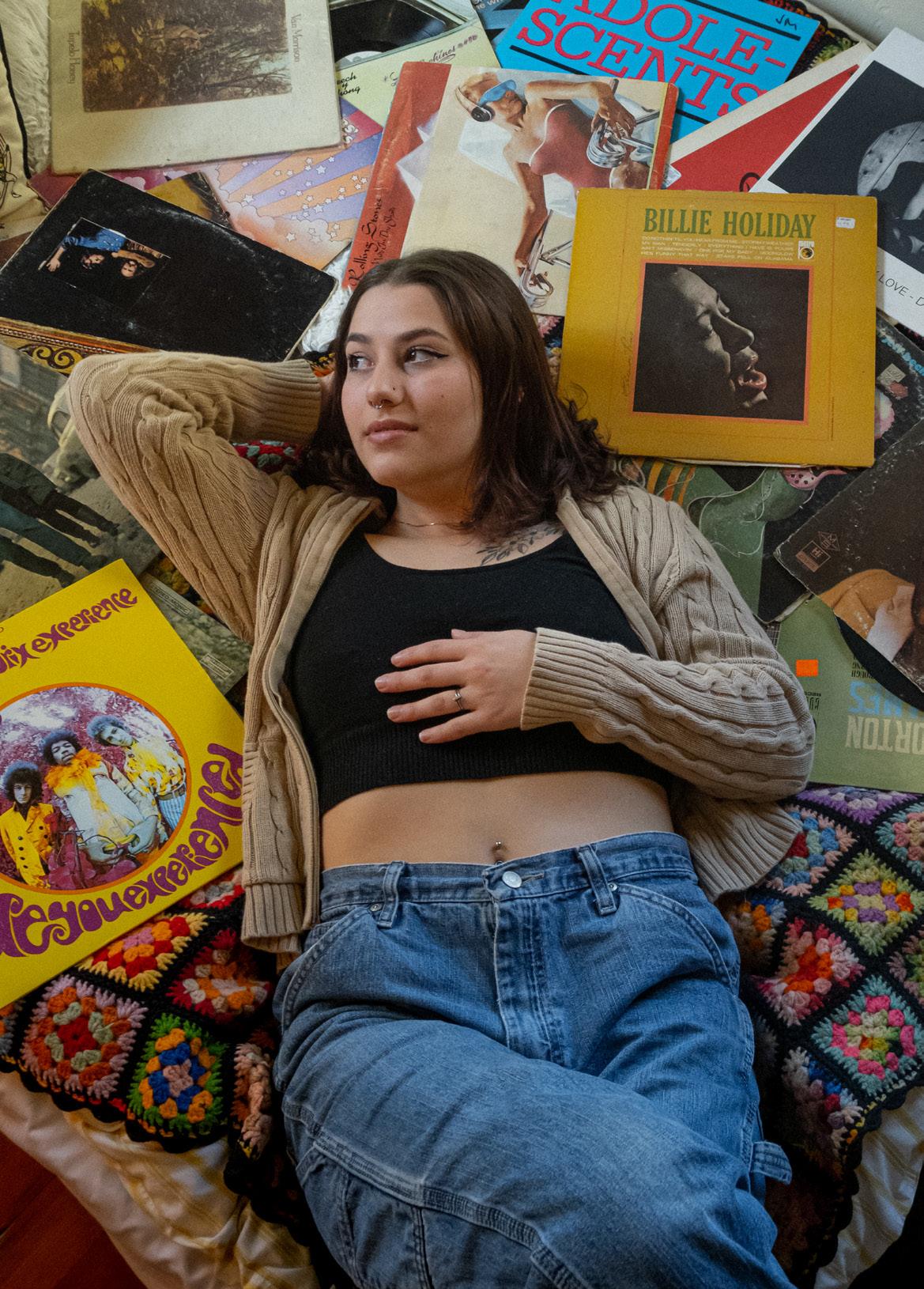
“I first became interested in vinyls after I discovered my dad’s 1975 original copy of “Wish You Were Here” by Pink Floyd . . . Hearing your favorite band on a spinning piece of plastic is an incomparable experience, that I wish our generation could experience ten fold,” says Chris Turner, who has been collecting vinyls since he was fourteen. Hearing your favorite songs in its physical form is truly a lot more meaningful than through your phone. It is rare to meet someone else who collects vinyls, which is why there is an instant sense of community between collectors.
In comparison to House of Records, Moon Rock Records is relatively new to Eugene. Still, the shop has had its fair share of trials and tribulations– in the midst of the pandemic, the store closed indefinitely. Their Facebook page stated, “We endured heat waves, debilitating smoke, a worldwide pandemic, and months upon months where we barely made rent.” However, Moon Rock Records has survived these hard times thanks to the vinyl-collecting community in Eugene. Customers were able to support
the store through PayPal and an online music marketplace called Discogs. Although the store did not disclose how much money they received from customers during this time, Moon Rock Records announced their reopening at a new location on July 26, 2021. “Through these trials, we found a community of music lovers, we found comradery with our neighbor, the mighty WOW Hall. Totally excited about moving to our new location 4 blocks away.” Both record stores have a great interior, that give you a sense of being in a place that is unique.
The appeal of being part of the vinyl-collecting community is the fact that it goes beyond the norm. Considering it is hard for record stores to stay open and many people nowadays think of record players as obsolete, someone who prefers vinyl often has an unconventional and deeper appreciation for music. When two people both collect vinyls, they both share the value of music, which is why it is so easy to connect– music is a big part of life.
Euegene Gear Traders is a used outdoors wear brand that promotes the power of upcycling and resuing high-quality adventure gear. No matter what outdoor sport you enjoy, there is a high chance you will find some swagger for your next adventure. What’s a better way to showcase the brand and their message than with a funk fashion show?!
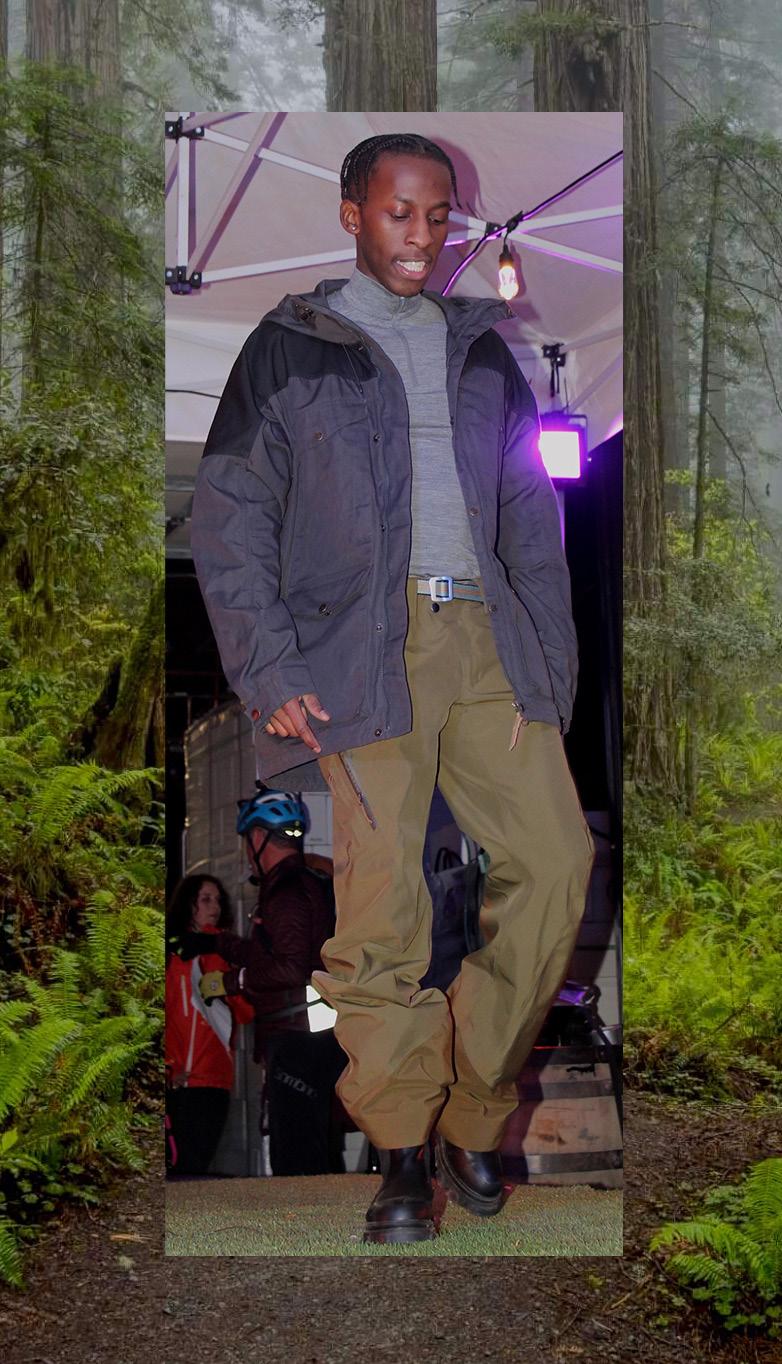

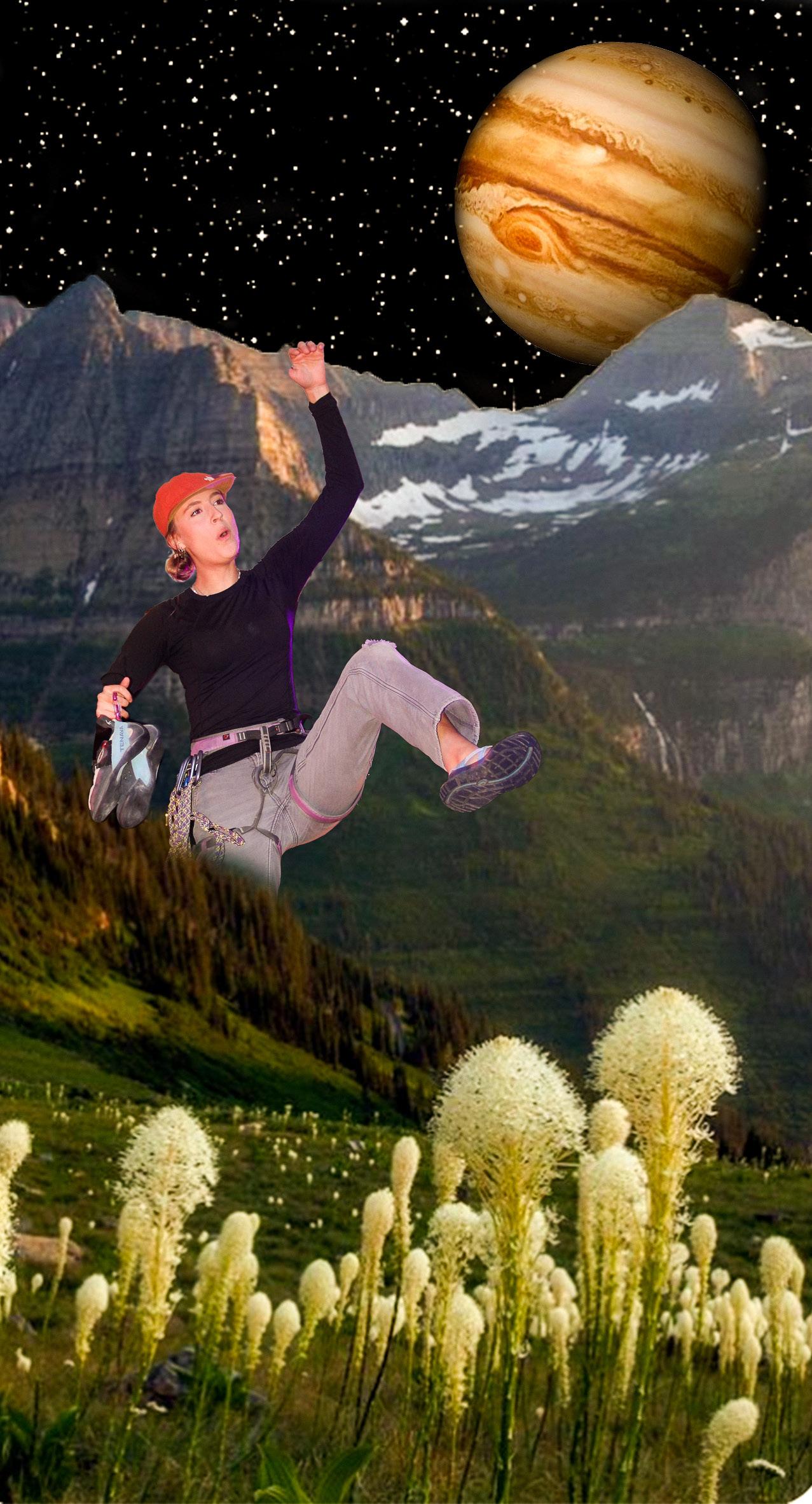
The skateboarding community has been a definitive part of American culture, and its influence is no less strong in Eugene. We talked to several local skaters to gather their thoughts on the intersection of skating, fashion, music, and more. Get to know what inspires local Eugene skaters and how they hope to see the skating community grow and expand.
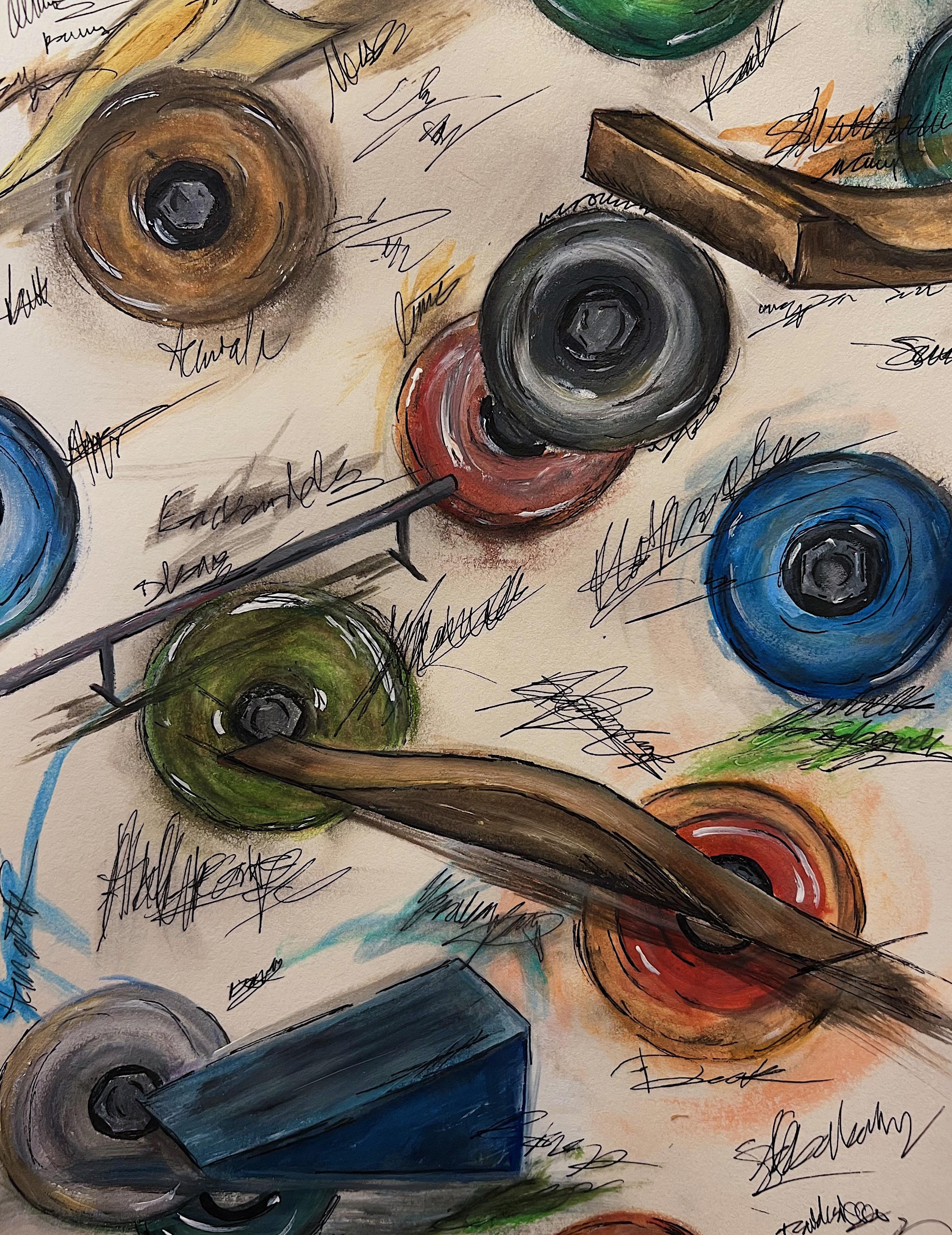
My style definitely comes from myself but recently I’ve found myself dressing like a young Justin Bieber mixed with a really hot lesbian.
Definitely something that can get me to focus, so I’ve been listening to a lot of old jazz from different countries. I’ve been really into 60s and 70s Ethiopian jazz, and also Mexican ballads from the 40s and 50s. On the more recent side, I’ve also been listening to a lot of house music and experimental music, and I’m super into shygirl right now.
There is a British skater named Stefani Nurding who owns a skate brand called Salon. She’s super dope because she likes to mix fashion and skating and shows that you can wear a lot of different things to skate, not just the typical skater style. I also love this snowboarder named Jill Perkins, she usually snowboards, but she also skates and she shreds tremendously so I love to watch her skate videos.
My favorite upcoming trend in the skating community is inclusivity! I feel like skating is really hard to get into if you don’t fit the typical mold of a skater. The community has been dominated by white dudes for so long but it’s really cool seeing women and queer people break into the scene and make their own place here. There are also a lot of skate organizations seeking to empower skaters of color, like the organization FroSkate out of Chicago, which is where I’m from it’s awesome to see there are organizations who want to promote skating to a wider audience.
I feel like now is such a crucial time in the skating community to make it a more inclusive and comfortable environment for beginners. There are definitely a lot of awesome women and queer skaters, but I feel as if now is the time that their talents are really being recognized and appreciated. If I could change anything about the skating community it would just be that culture that makes you feel like you can’t get involved because you feel like you don’t belong or will be made fun of. A lot of people are starting to understand that you have to start
from somewhere and the best way to get good is to just practice and take whatever time you need to work things out.
Shin Sanbongi has a smooth style and literally looks like he’s surfing. Vincent Touzery has sick fits and also a very smooth style.
I don’t listen to music when I skate. It’s distracting and I think it’s lame when someone skates with headphones in.
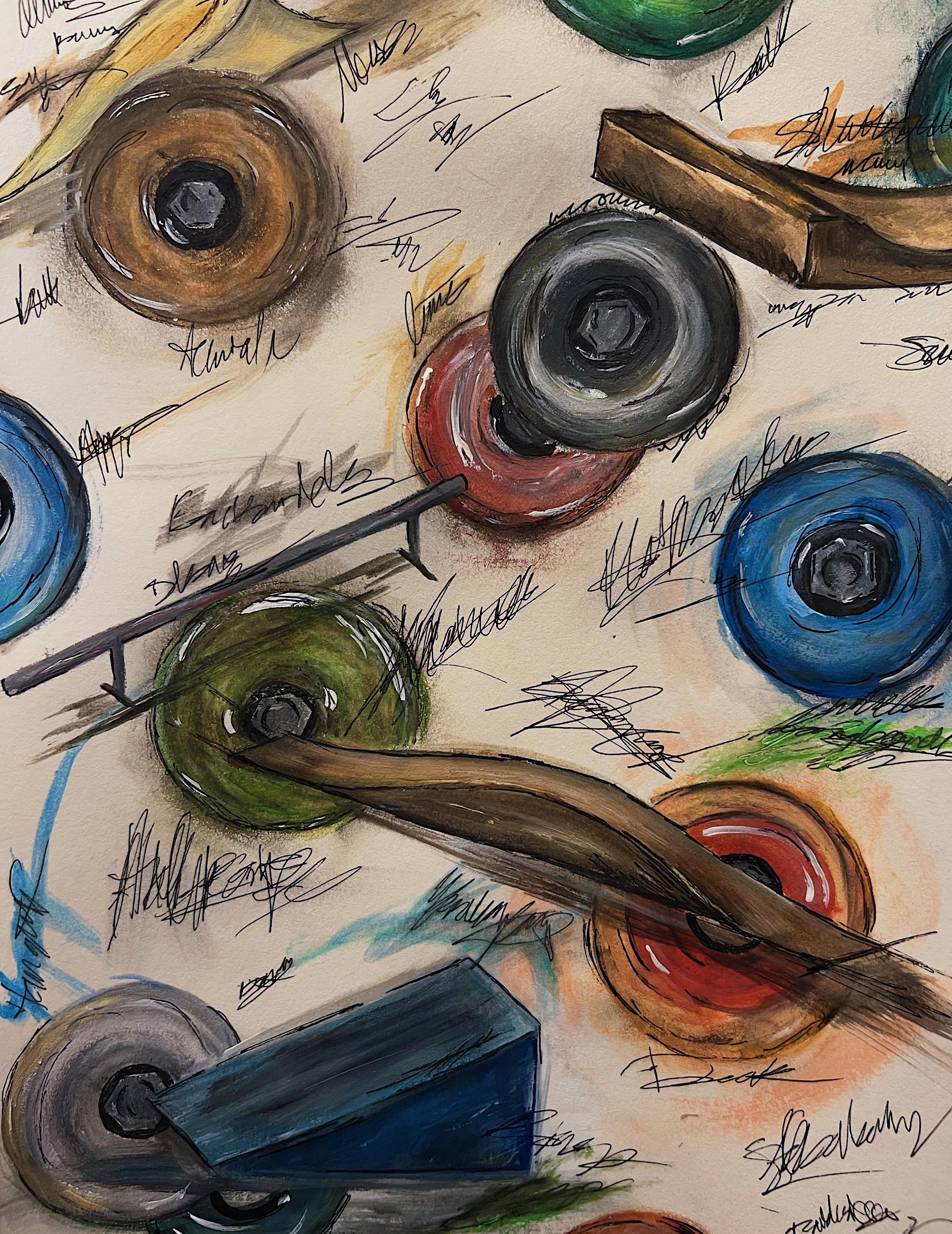
Cory Kennedy inspires me to just have fun when s kating, and not take anything serious. Andrew Reynolds is in his 40s and still killing it.
I hate to call it a trend but the increasing representation of women and transgender skaters is amazing. Other trends like clothes and whatnot are all bad/irrelevant.
I’ve come to feel more represented in skating. Before then, it was just Western guys getting the spotlight. I’m starting to see more skaters that connect to my ethnicity. The skateboarding industry was so America-heavy and it’s great to see that it’s more global now. Skateboarding has always been global, but it’s more seen now. Brands like Evisen and Tightbooth are holding down the Japanese skate scene right now. Their editing is next level and it’s great to see a positive reaction to their videos by Americans.
your
Do you feel represented and seen in the skating community? If yes, how so? If not, what do you want to see change in the skating community?

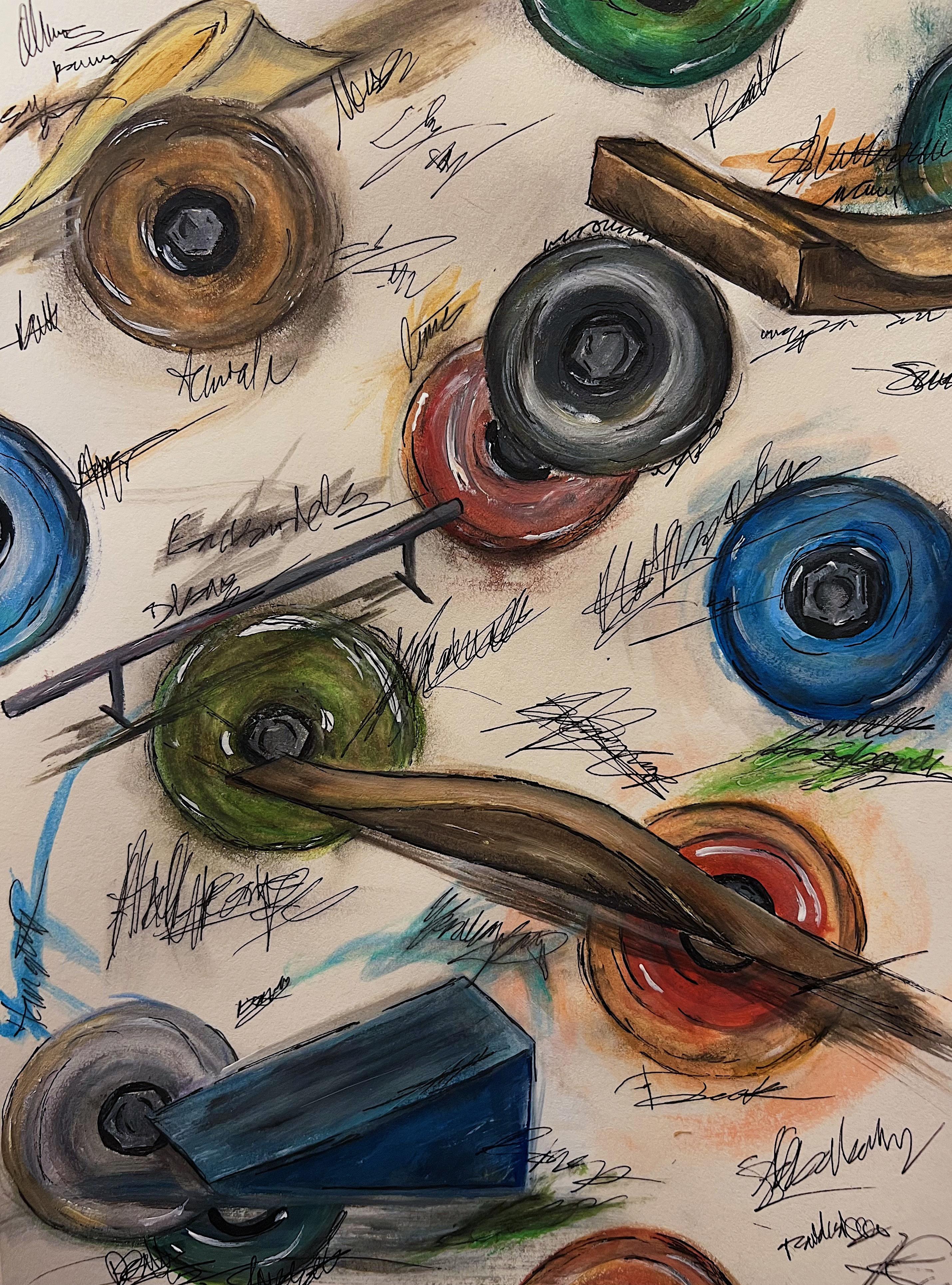
Evon Martinez, Evan Mock, and Austyn Gillette. All three are sick because they have good style and are also amazing skaters. Austyn is the reason I cut off the bottoms of the pants that I skate in.
I try to change it up depending on my mood and where I’m skating. If I’m just cruising around I’ll usually listen to indie stuff; Eyedress is one of my favorite artists for that. When I’m at the skatepark or a street spot, pluggnb [a combo of RnB and Plugg music] and rap are my favorite genres.
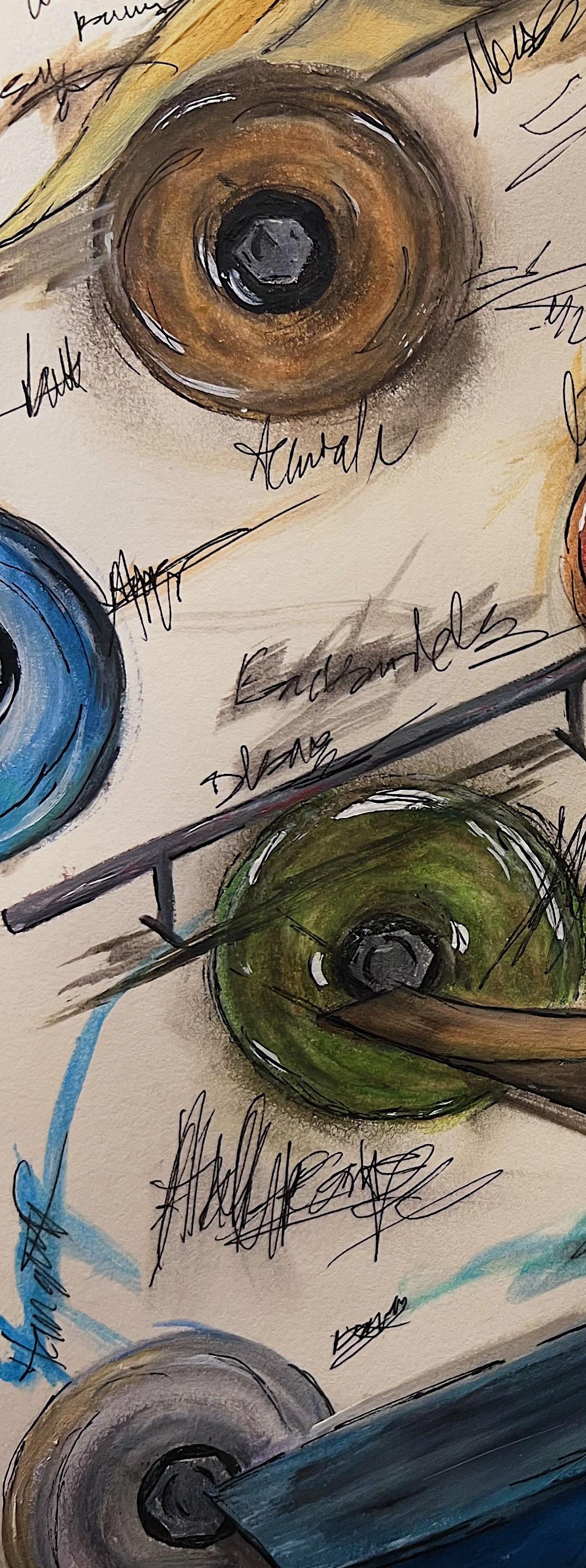
Hyun Kummer is hands down the most inspiring skater to me. He has a very distinct, signature style, and he’s by far one of the most innovative skaters. That guy is miles ahead of most other pro skaters in my opinion. His skating has pushed me to learn unconventional tricks that I would never have thought to try if not for him. Shane O’Neill is another huge inspiration. On top of being one of the best, most technical skaters, he’s such a friendly dude who loves to interact with the fans and community.
I’m not really sure if this could be considered a trend, but I’d say, recently, the more heavy focus on youth in skate culture is cool to see. Middle/high school-aged kids like Logan Kirshak are deservedly getting more attention, when the spotlight used to be primarily focused on the adult pro skaters.
Of course, but I would still like to see some change. I’ve always felt super welcomed in the various skate communities I’ve been a part of, but I feel like that might not have been the case if I wasn’t a cis male. I think skating is for everyone, so more inclusivity and representation of diversity would be healthy for the skate community.
Do you feel represented and seen in the skating community? If yes, how so? If not, what do you want to see change in the skating community?WRITTEN BY AARON GEORIS & QUAYE MEADOW
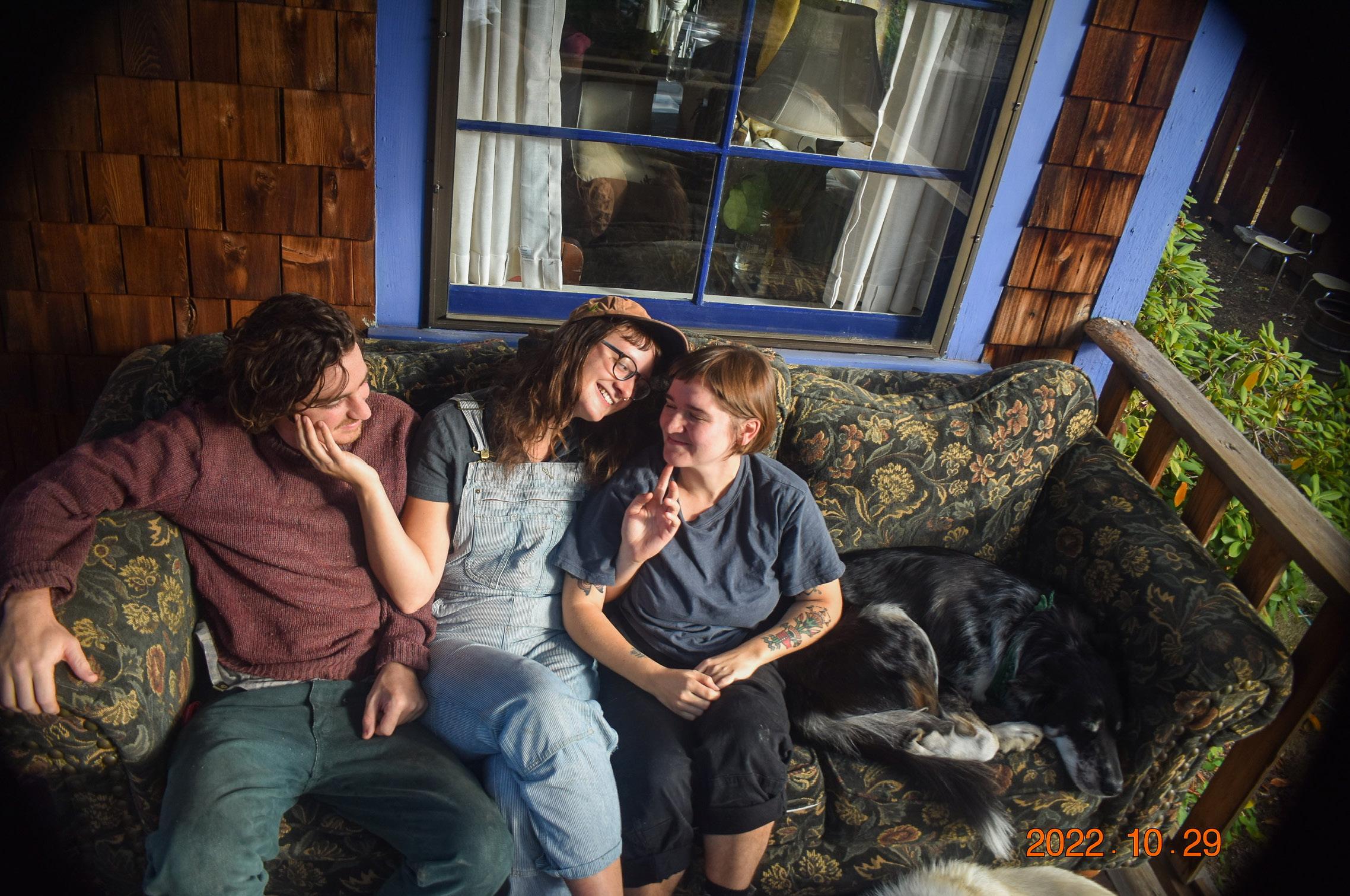



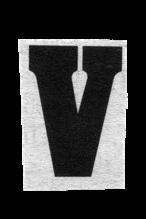



























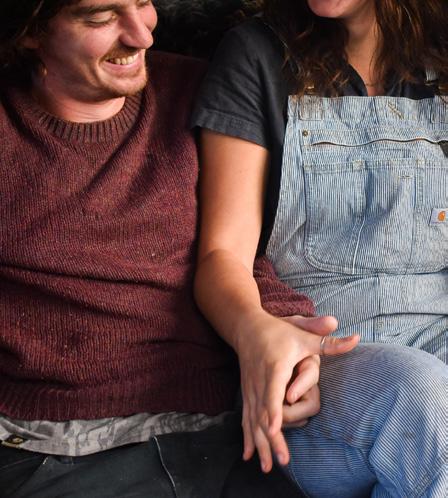 MODELS MARTHA CRANSTON, DEREK PALMER, RUTH JOHNSON, RHEMY CRAWFORD, SIERRA BAKER, & EMMA NAGE
WRITTEN BY ANNA WALTERS PHOTOGRAPHED BY BEA MCCONVILLE DESIGNER WILLOW MILCHMAN :
MODELS MARTHA CRANSTON, DEREK PALMER, RUTH JOHNSON, RHEMY CRAWFORD, SIERRA BAKER, & EMMA NAGE
WRITTEN BY ANNA WALTERS PHOTOGRAPHED BY BEA MCCONVILLE DESIGNER WILLOW MILCHMAN :
An alcove sits alone. It brings no burden to one’s life and simply holds an innocent beauty. A world insignificant to your own. Something with deep allure, yet neglected. Receiving a glimpse of recognition to become seldom again. Alcoves of Eugene exist among us and are admired with subtlety.
Beneath the surface of our reality, we tend to seek what goes undetected. The unrecognizable beauty. In the midst of the chaos that our lives lead, you can see so much without taking the time to comprehend.
The many couches of Eugene are a part of our day-to-day lives, while we remain unaware of all that they carry. Each one holds a story. Whether they were discarded yard-sale steals, hand me downs, or brought to college only to be destroyed; we chased this opportunity of trash turned treasure.
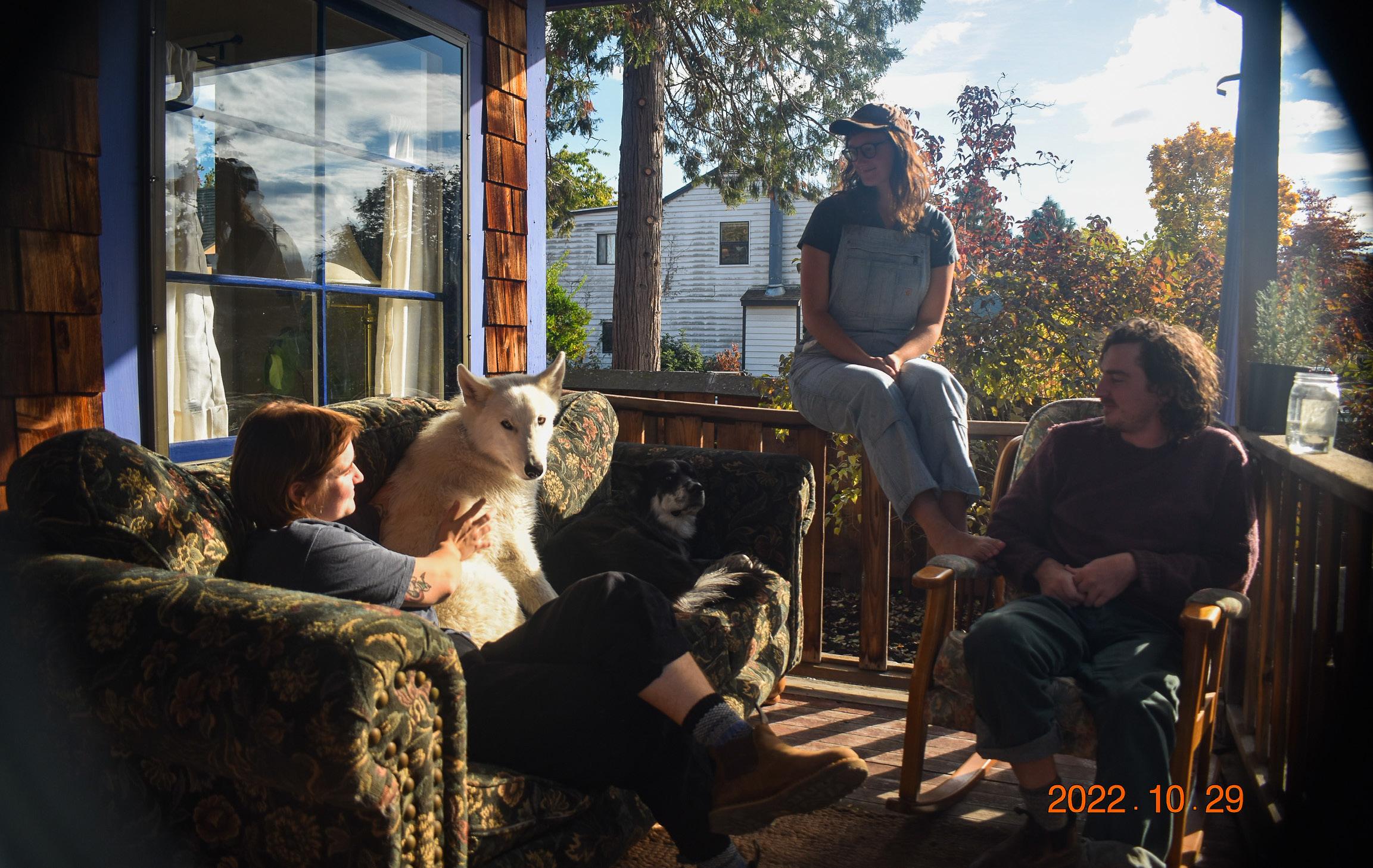
Upon leaving the front porches of houses surrounding campus, a sense of appreciation and familiarity arose. Appreciation for the butt-indented,
cigarette-burned, dusty cushions. Recognition of the sagging, frayed armrests that have held hands with so many. Admiration of the owners who spilled red wine and memories into the seams.
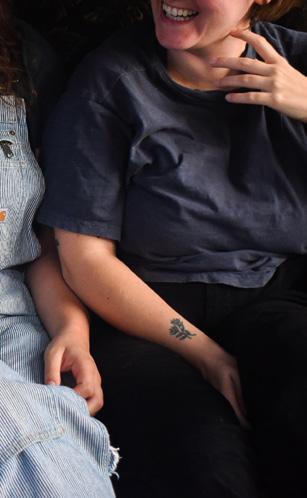
The couches undoubtedly created an ambience which reflected onto their owners. Their dreams and reminders of good times seeped into the pillows, almost as one. As we entered a place only familiar to the people who hold so many memories on the couches, we could feel the atmosphere they had created. Immersed in their world for only a moment, yet able to appreciate something that went unnoticed before.
The couches that have accommodated countless unforgettable nights with friends and quiet coffee in the morning. Purely pieces of furniture and folks that enjoy their time spent with them. Perfectly suited for each other and this little town; our alcove will be seen through the eyes of many with this project. I
hope you find them as beautiful as we do.
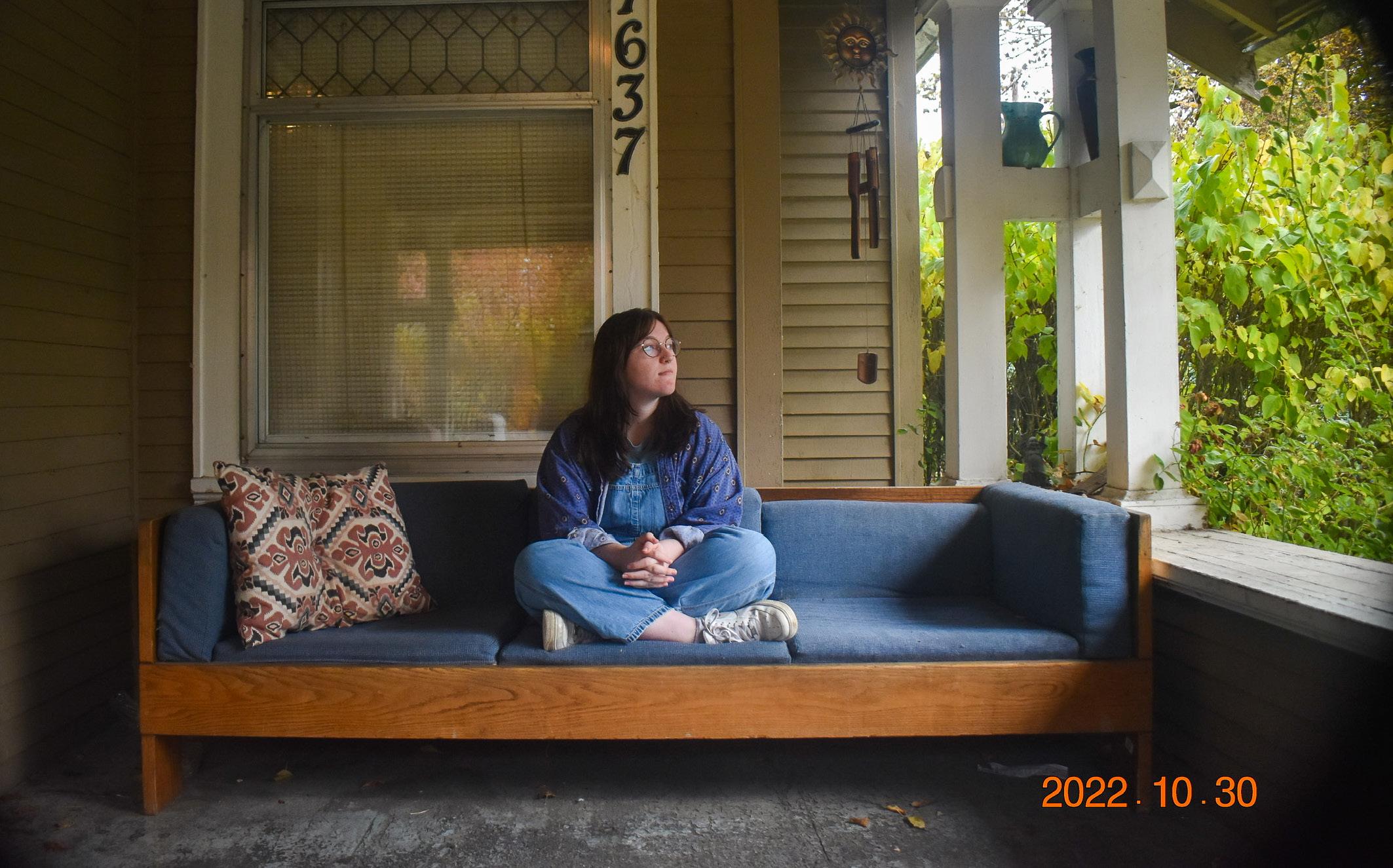
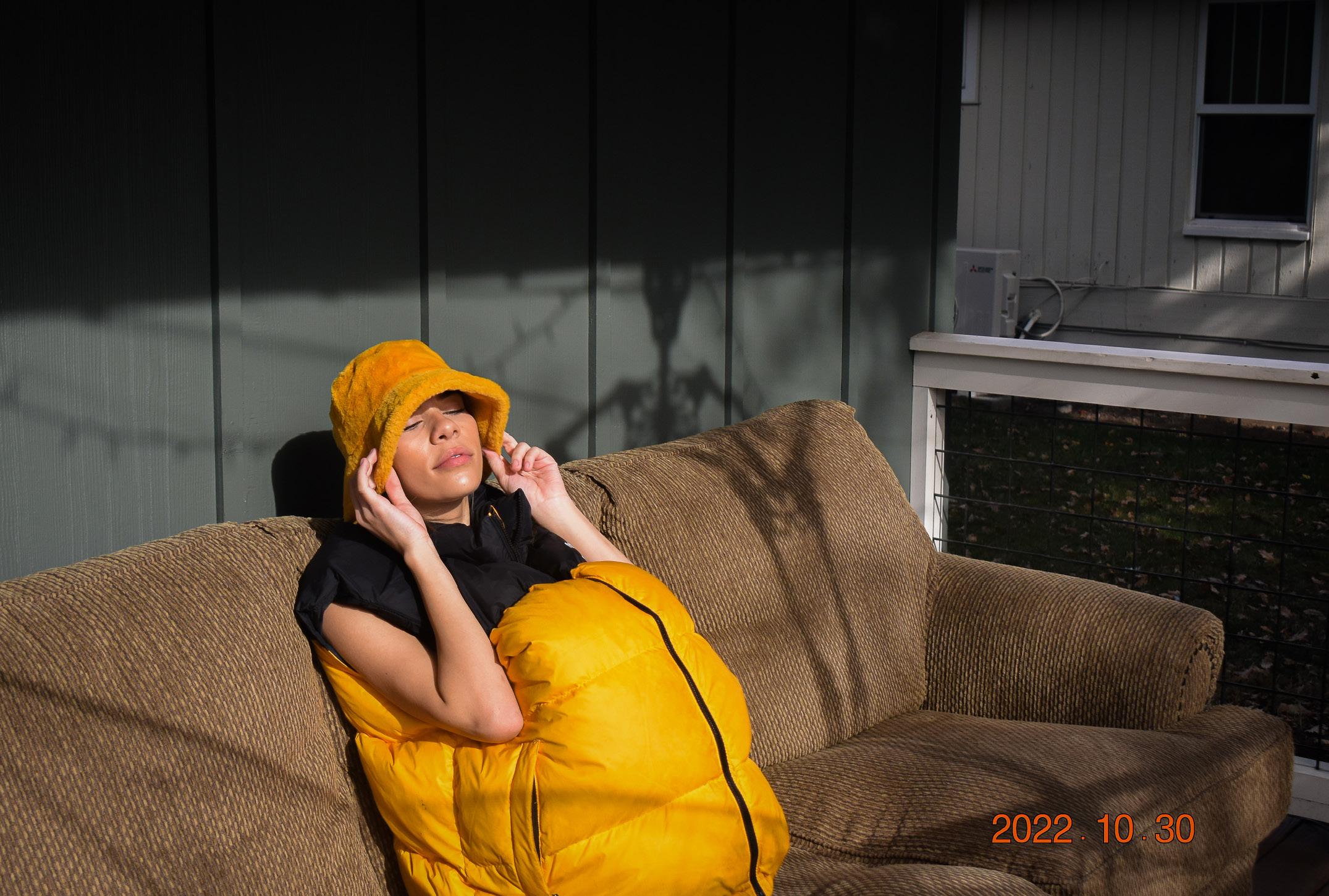











 :
:
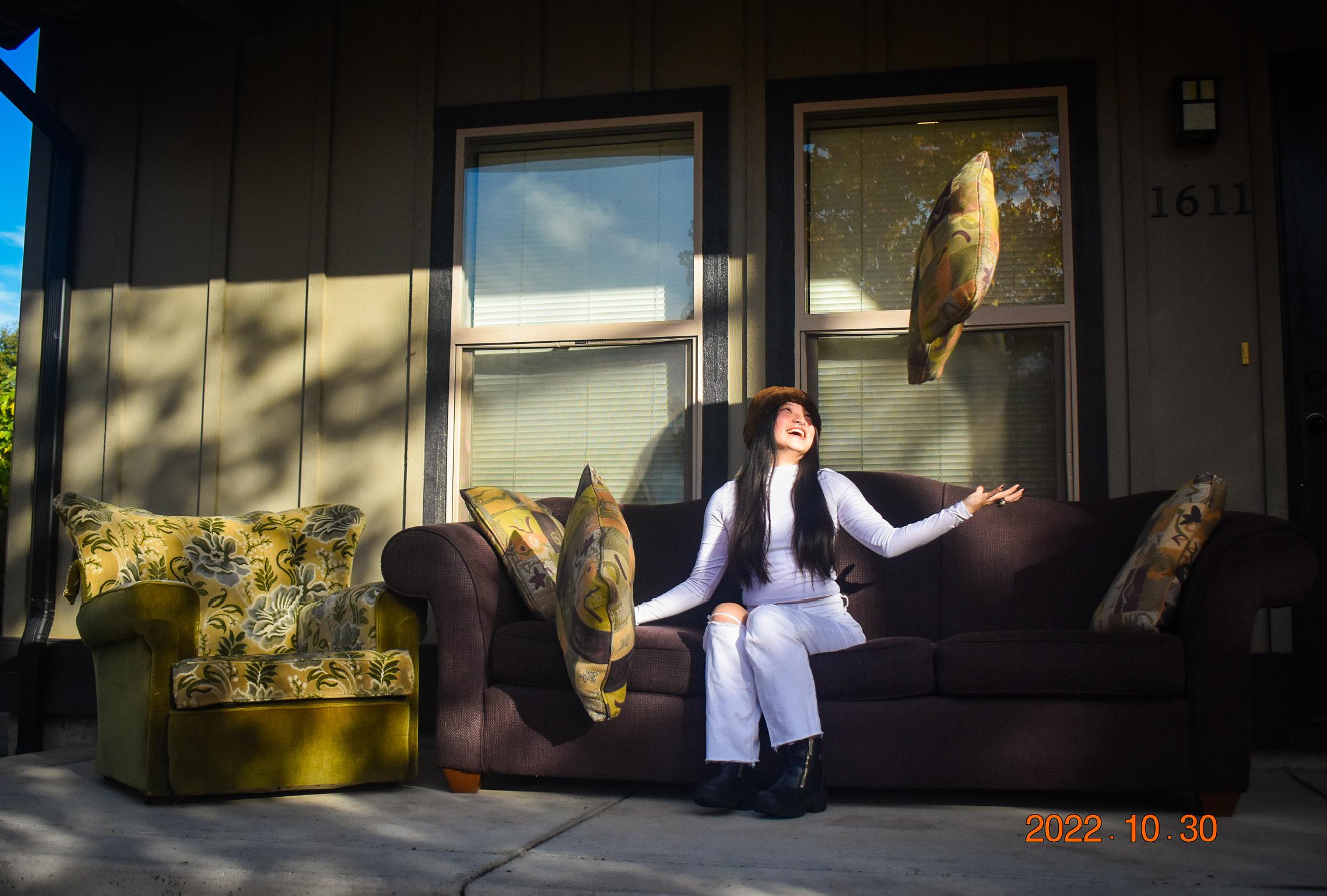
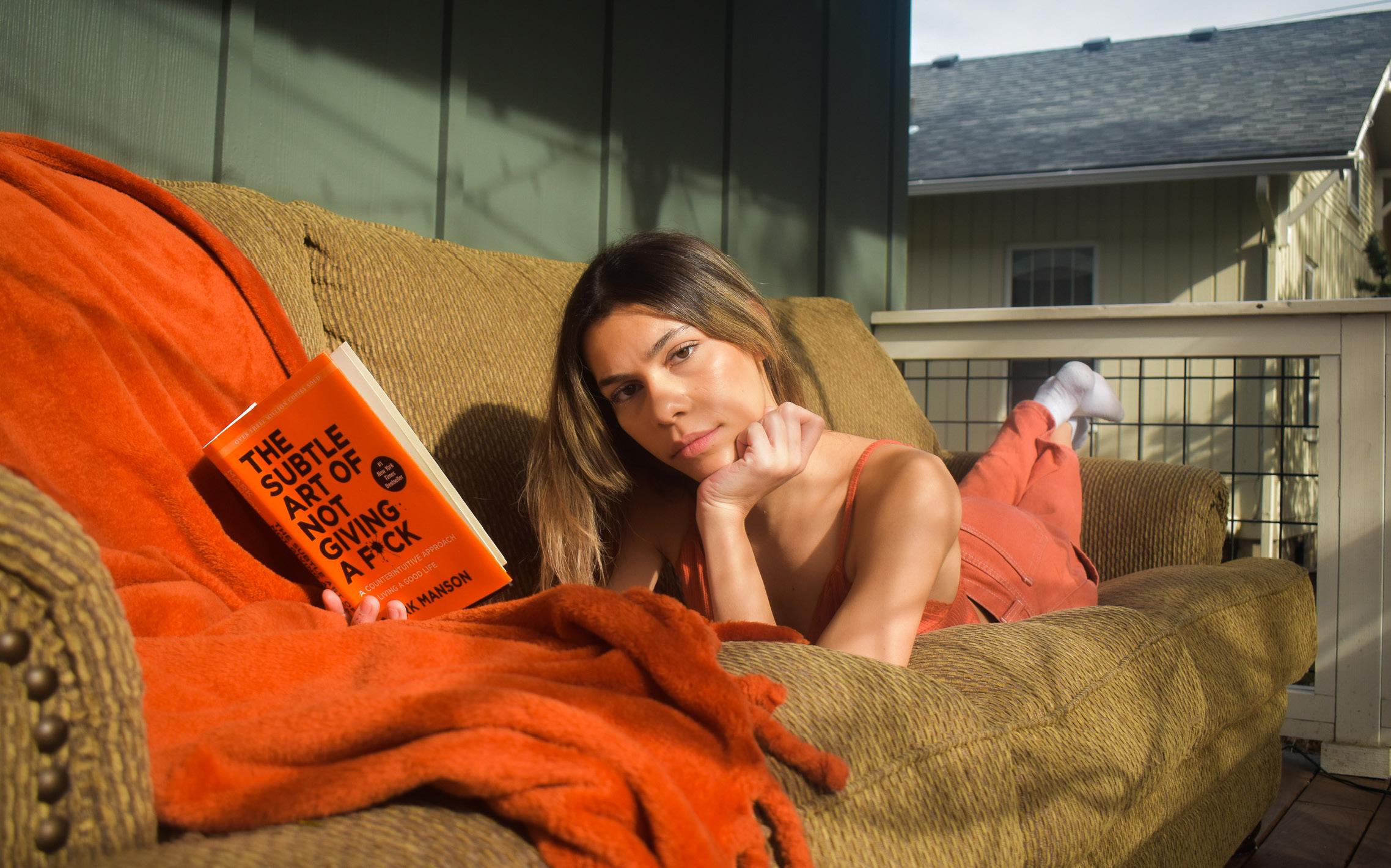










After muttering a password through a mail slot, you step through a grocery store “employees only” door and are met with the sight of walls draped in red velvet, cocktails lit by candlelight, and the sound of a faint jazz soundtrack. Suddenly, you feel a part of a mysterious society, one you had never thought about or even considered before; the hidden world of speakeasies.
Speakeasies emerged during the prohibition era when alcohol was illegal and was originally used as a hidden place to sell liquor or as an illegal nightclub. They ranged from fancy clubs with live music and dance floors to dingy backrooms, basements, and apartments. Today, as alcohol is legal again, speakeasies are more frequently used as bars shrouded in secrecy—for the mystery.
Speakeasies were a place for all to come and dance and drink—as long as they were not a snitch. The liquor-infused partying created a culture never seen before. For the first time, men and women were no longer segregated when drinking. Men and women were able to socialize without the watchful eye of a chaperone. Hence, the concept of “dating” emerged.
The word “speakeasy” came from a phrase bartenders used frequently during the prohibition era, “speak easy,” as people needed to talk quietly when ordering alcohol in order to not be heard by officials or
or snitches. Speakeasies were also commonly referred to as “blind pigs” or “gin joints” during this time.
When entering a speakeasy during the prohibition era, a password, specific knock, or handshake was required to gain entry. Some required membership cards to identify members at the door and some memberships even required dues. Today, this practice reigns true, despite the legal status of alcohol. The 86 Speakeasy in Euegene gives diners a password when they book a reservation.
The entrances of speakeasies were camouflaged and invisible to the unknowing eye. For example, the 21 Club on 21 West 52nd had a custom camouflaged door, a secret wine cellar behind a false wall, and a bar that with the push of a button would drop liquor bottles down a shoot to crash and drain into the cellar. Today, speakeasy owners still like to make the entrance hard to find. One speakeasy in Eugene, The Conservatory Speakeasy, operates behind a janitor’s closet.
However, speakeasies during the prohibition era were not all fun and games. Organized crime rings frequently operated in speakeasies they owned and would make millions a year supplying illegal alcohol. As the news spread about speakeasies in New York, criminals flocked to America and made it a center for organized crime. At the
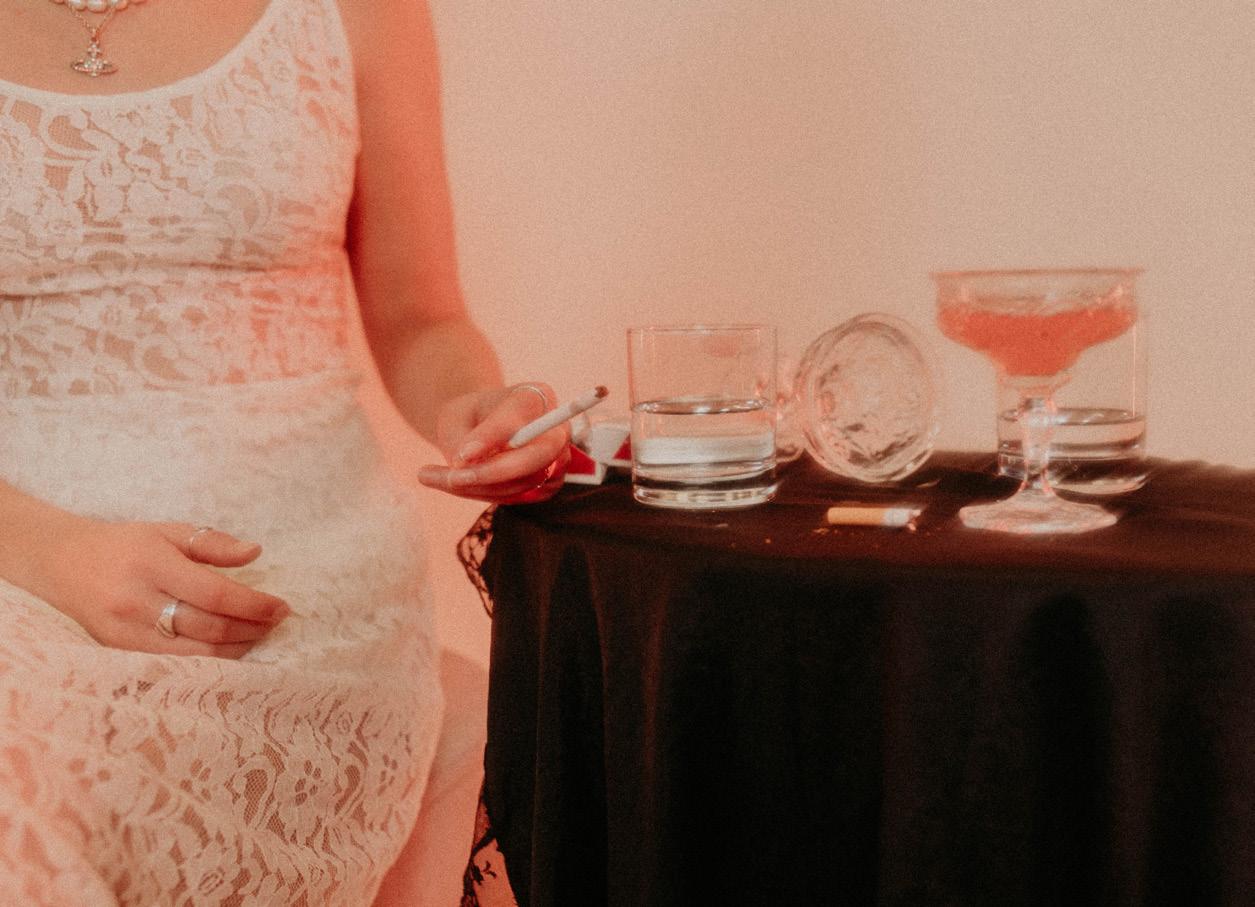
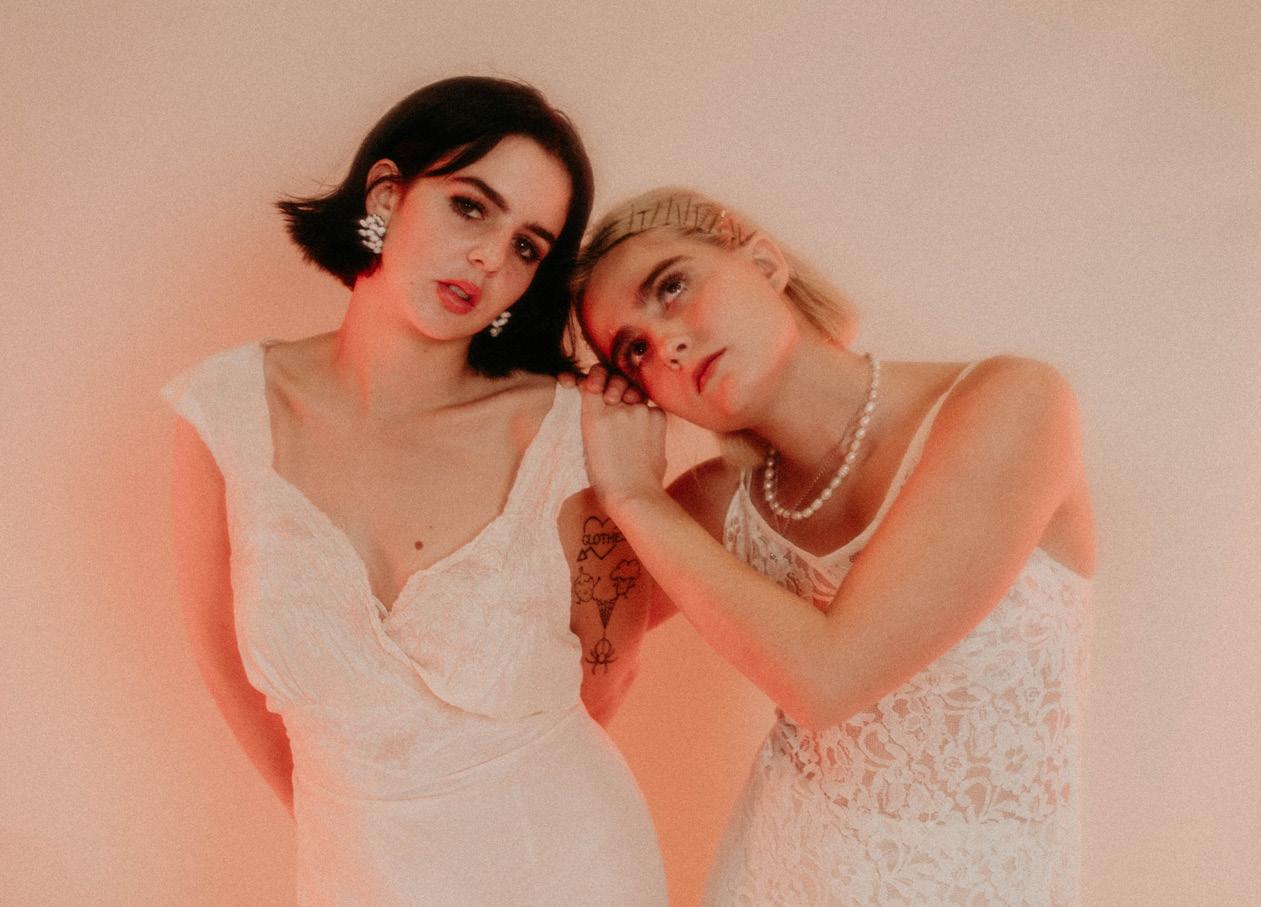
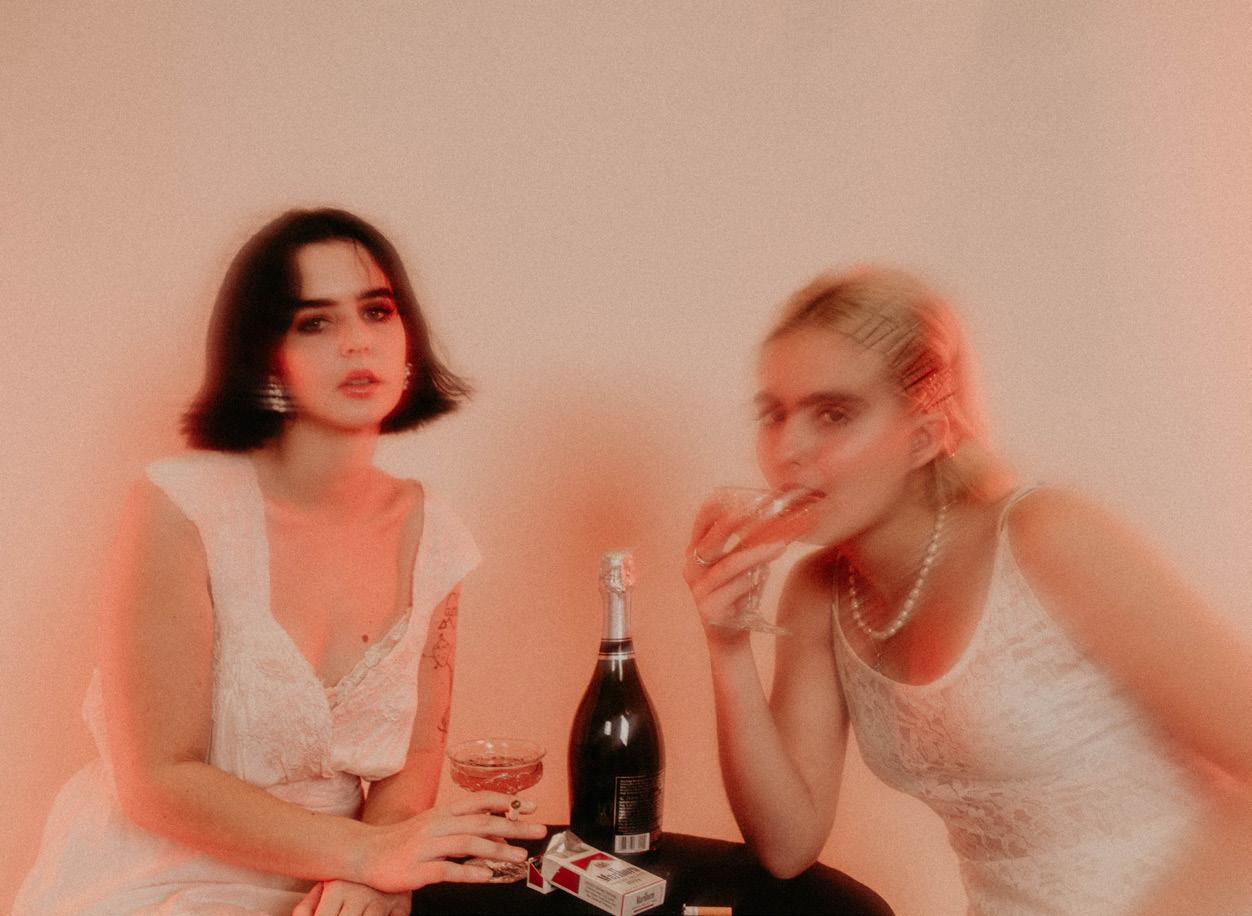
height of the prohibition era, there were some 32,000 speakeasies in New York alone. The most famous was Sherman Billingsley’s Stork Club on West 58th Street.
In order to keep speakeasies secret, owners often exploited low-paid police officers with payoffs, regular drinks, or tips on planned raids. In order to make the most money, owners would add water to the liquor; sell moonshine, industrial, wood, or grain alcohol; and sell poisonous chemicals like carbolic acid. To cover the taste of the bad alcohol, bartenders would add mixers to drinks, popularizing the “cocktail” we know and love now. Unfortunately, the bad alcohol killed thousands of speakeasy-goers during the prohibition era.
In the past, finding speakeasies proved to be difficult. Today, with the help of the internet, it is a lot simpler. If someone wishes to attend a speakeasy, they simply google “speakeasies near me” and lists and ratings of speakeasies in their town will appear. However, part of the charm is finding speakeasies the old fashion way, and some speakeasy goers still choose to stumble upon them.
Speakeasies provided a sanctuary for freedom and fun in the prohibition era and today it is no different. People can escape for the night and enter a new world, a secret world, the hidden world of speakeasies.
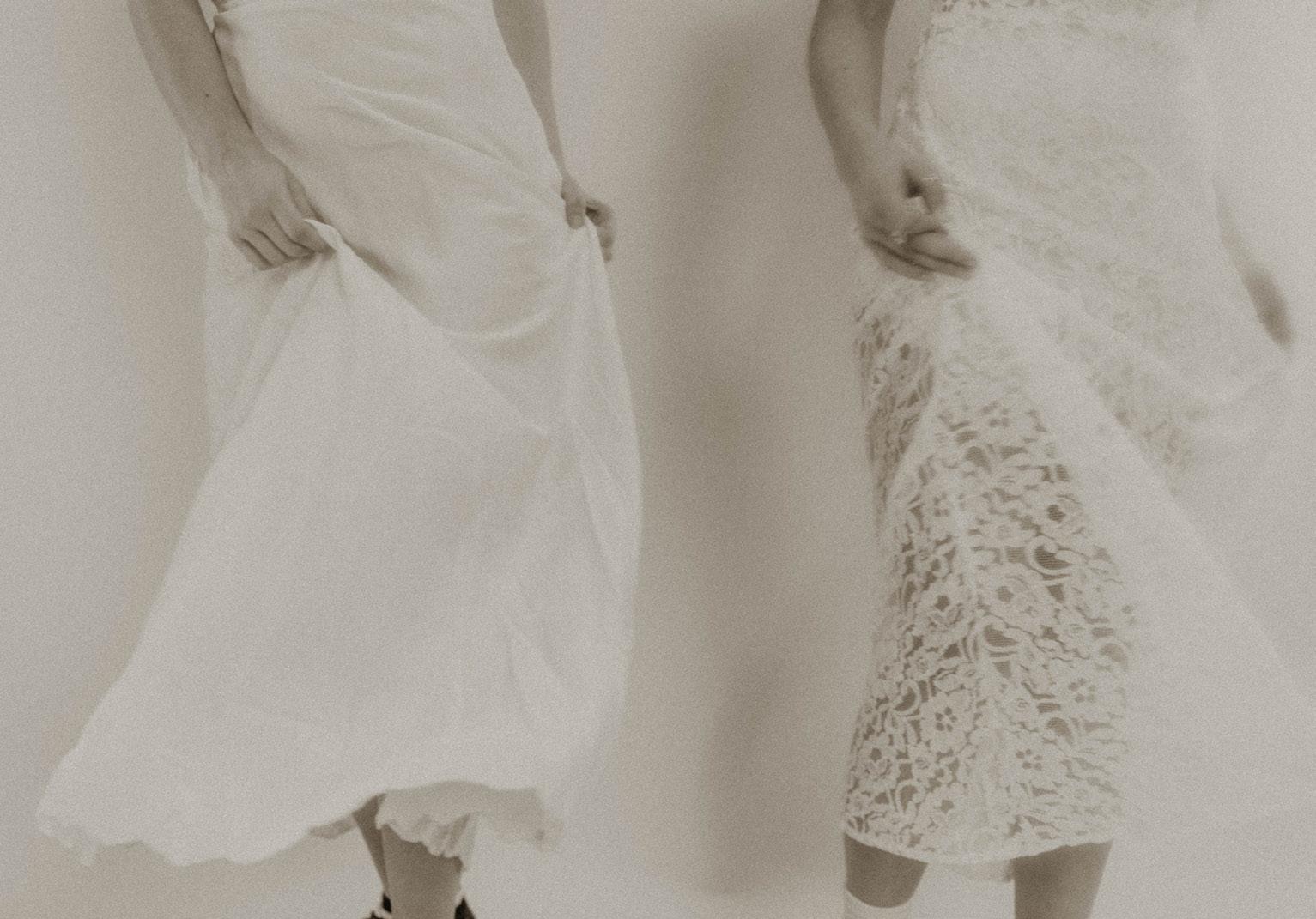
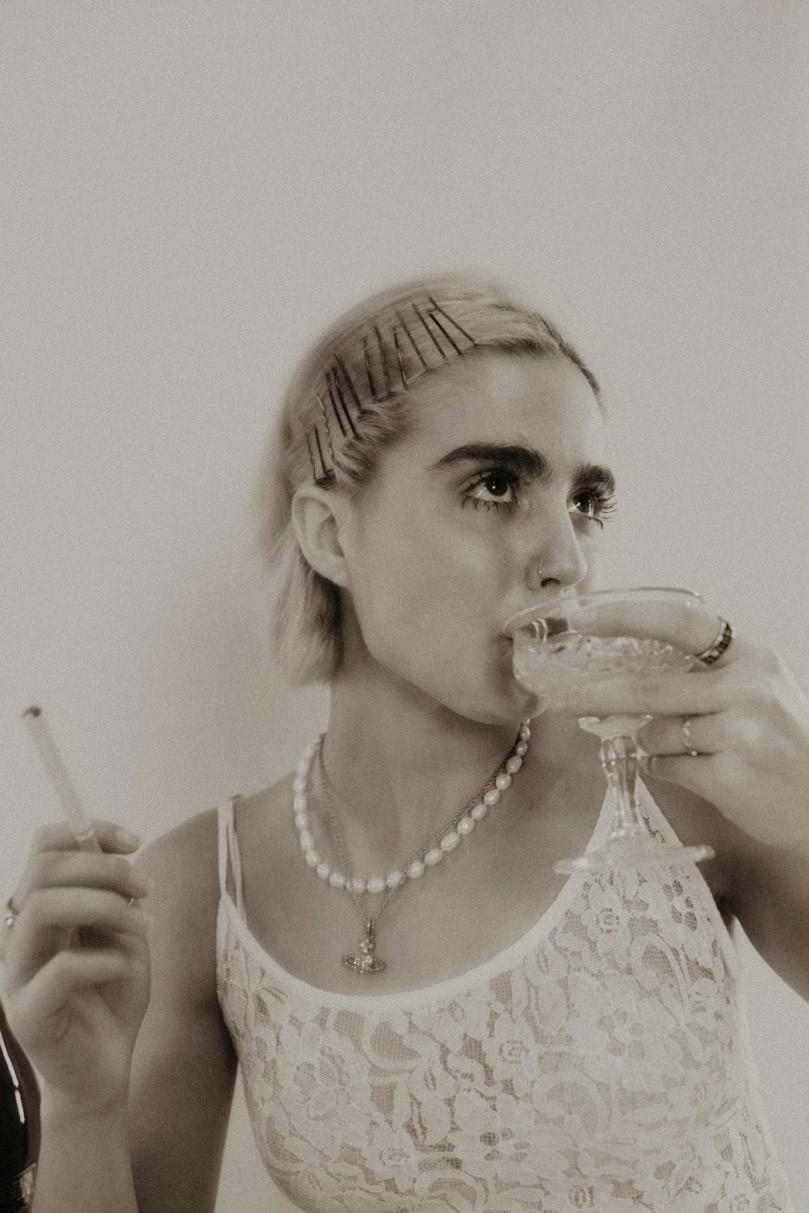 PHOTOGRAPHED BY FEDDY TORRES
PHOTOGRAPHED BY FEDDY TORRES
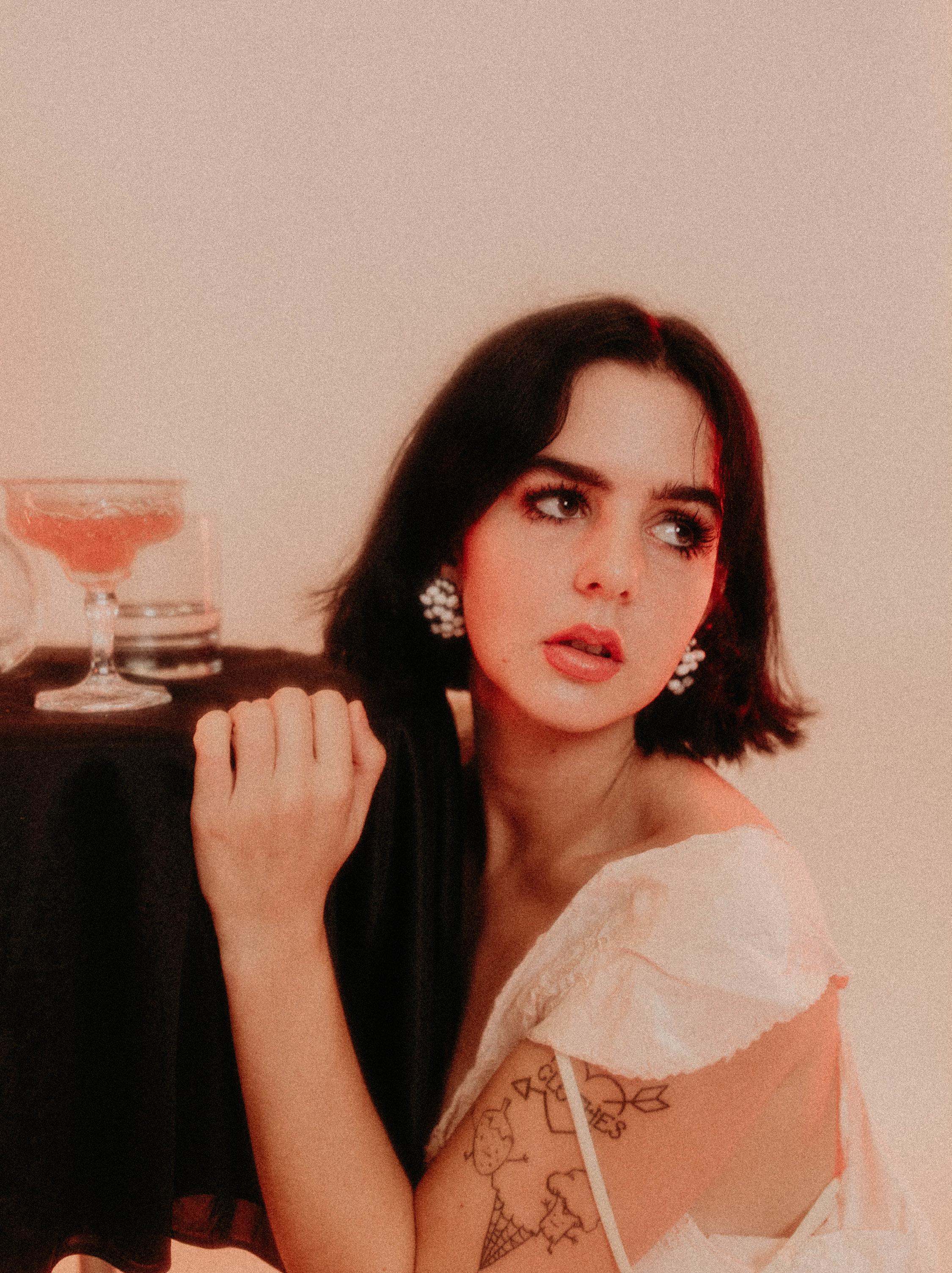
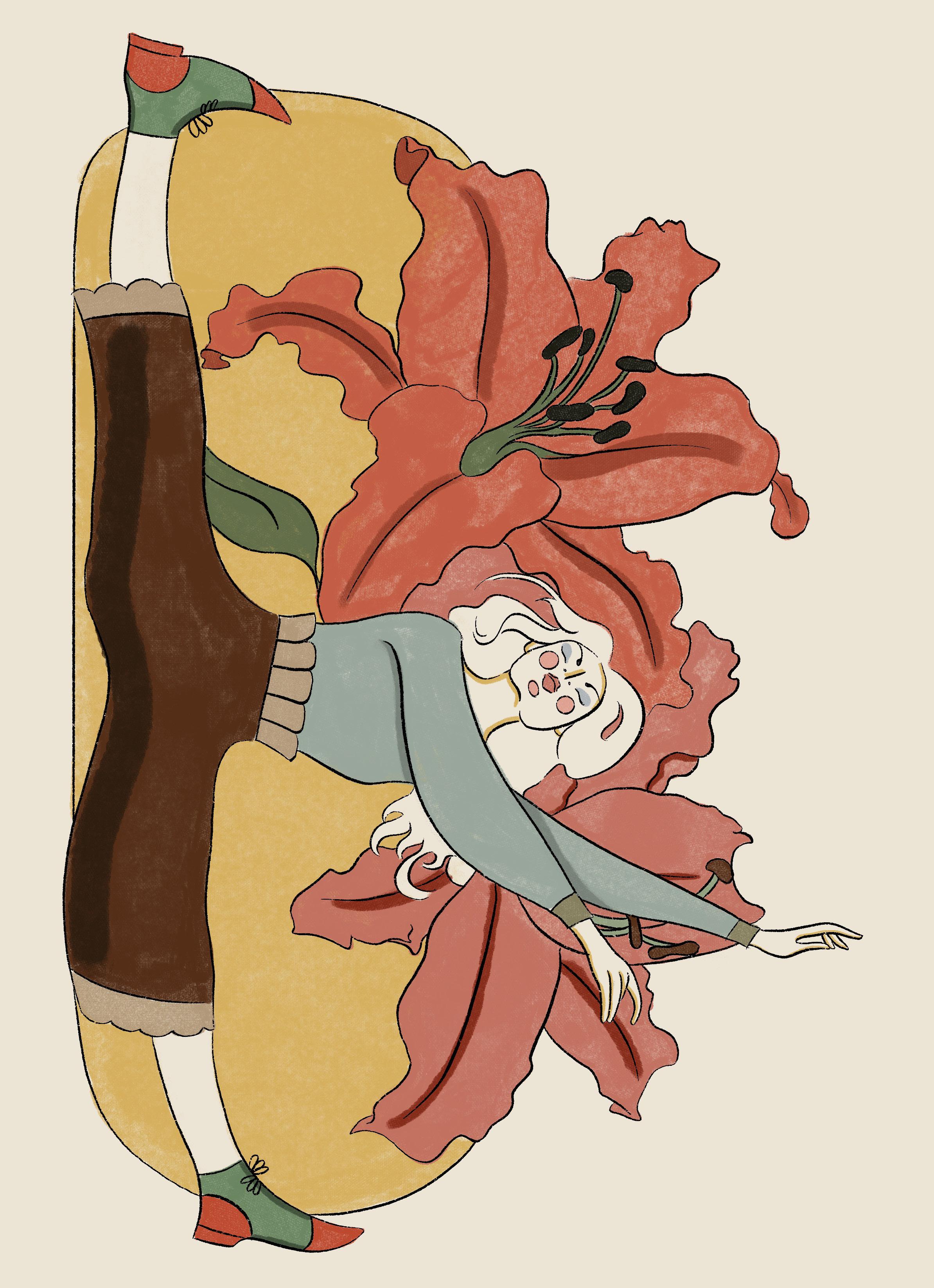
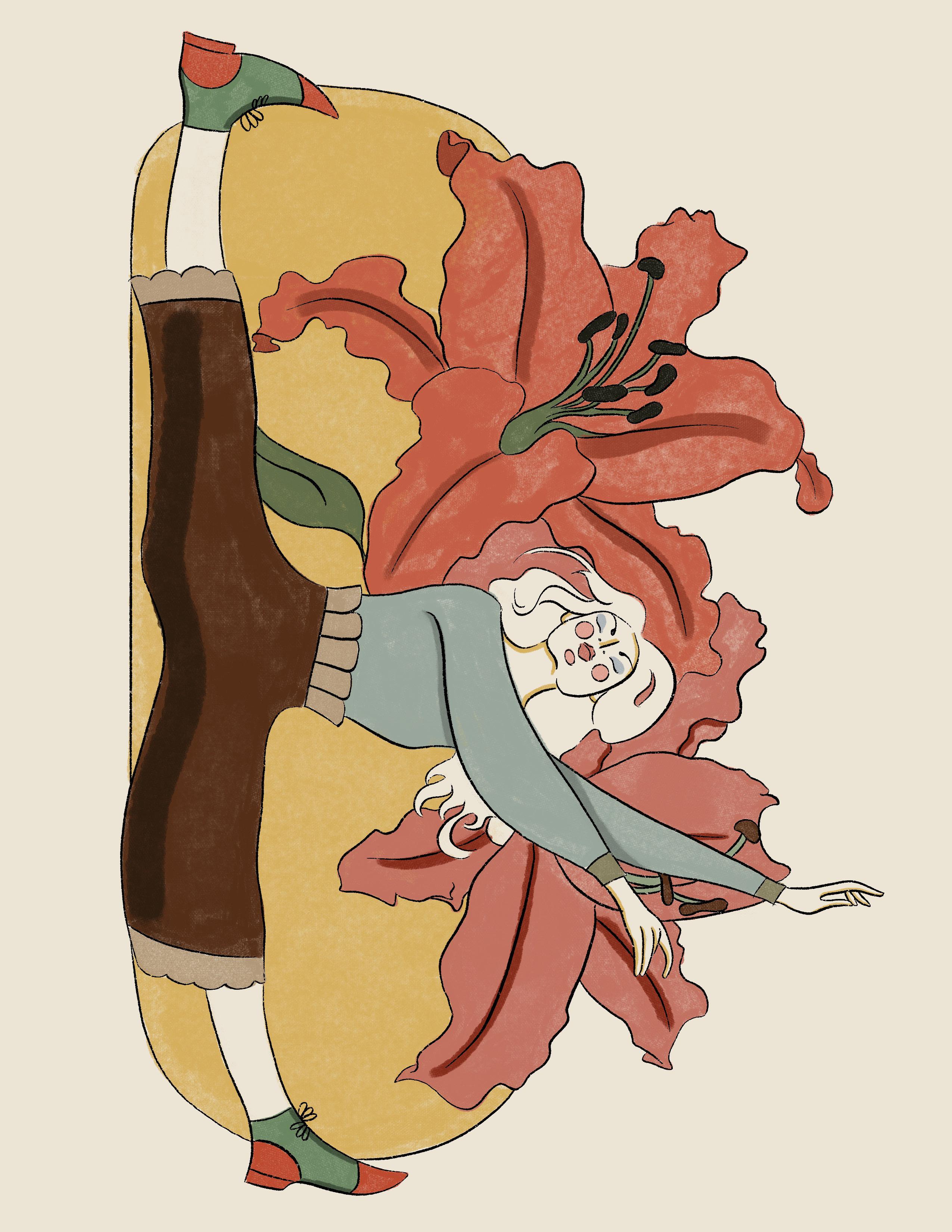
When we see our favorite idols dancing and singing, we often don’t think about what goes behind the scenes. Watching someone dance activates emotions for the audience as if we’re executing the choreography ourselves. When we see them dance, we’re experiencing the same emotions, creating true feelings and empathy. But who created the dance? What makes every movement famous? If we think of these questions, we become more appreciative of the hard work and the timing of everything that needs to be done correctly. Every dance move is just as crucial for creating visual effects. By examining creative expressions, the copyright of choreography, formations, and the stigma in dancing, it is clear that dancing has been an alcove for idols without the audience knowing what goes behind the scenes.
People often choose to be choreographers to explore and build on creative expression. Since choreographers essentially direct the stories of performance and apply their creative talents in putting it together, they have a significant opportunity to be as creative as possible and bring their passion to life on stage. However, it is essential to note that choreographers have other responsibilities beyond creativity, such as managing other dancers, auditioning, and studying the storylines of a song to translate ideas and moods into dance movements.
Although major studying and complex works have been put in choreographing, there are stories of having their work reused in commercials, competition shows, and on Broadway without them being compensated or getting credit. When this happens, it’s undervaluing both the artist and the art. For example, the beloved “Moonwalk Dance,” popularized by and often accredited to Michael Jackson, was first expressed by Cab Calloway as early as 1930. Then Bill Bailey popularized it under “The Backslide” in 1955. Eventually, the list goes on until Jackson performed it in 1983, while legally, no one has claimed ownership of the choreographic move. The law draws a line between respecting people’s creations as art and a form of “copyright.” Moonwalk is not a “work” protectable because it is “a simple social dance step” that’s been reused countless times, which doesn’t lack the “originality” requirement. Similar problems still occur today, mainly through Tiktok dances, where many people who created the dance (mainly from minority groups) don’t get enough recognition or credit for their work.
Formation can be one of the best ways to connect with audiences (and keep them engaged during the performance). Although it’s challenging to get them all in sync at the same time. A stomp on the feet or clapping your hands all at the same time with 20 or more people is a lot harder than it looks than how fans see dancers on stage. Dance is a unique art form. It’s never done in isolation and almost always done with at least one other person with you. So it takes a lot of communication and teamwork to adapt a choreography. Although dancers must develop their unique movements individually, they must also learn to work with their fellow dancers.
Furthermore, in terms of placing certain members on stages, there’s often a stigma that the back row in a dance routine is terrible. But that’s not the case. The ability has little to do with it; choreographers consider things like height, retention ability, and stage presence. Dancers must prove throughout the rehearsal process that they can handle the responsibility of standing in the center. Some stage positions require a greater or lesser level of confidence and leadership. It’s not about being the best dancer, but rather a dancer with a great memory, enthusiasm, and excellent performance.
Additionally, the best dancers love to dance but prefer to avoid being the center of attention, giving them the upstage right or left placement, which is also an area for dancers who need to improve in ability or in remembering choreography. Choreographers will utilize a variety of formations in a routine that showcases everyone’s talent. Placements aren’t just about who’s weak and strong - but instead trying to provide dancers to be in multiple arrangements around the stage and allowing more dancers to be seen.
Audiences don’t see what’s behind the scene because they see only what’s in front of them, so if they see a lack of dancing, they will only judge that instead of seeing the whole perspective of what’s happening in backstage. However, choreographers choose to be one because they can express their creativity and love to do what they’re doing. Although they go through the downside of other people taking credit, they can work together as a formation. Having everyone be inclusive, with each member presenting themselves on stage, shows the legitimacy of how dancing is essential to our lives. Dancers are the alcove for idols on stage, and we should give them recognition for giving us different art forms that make icons stand out more.

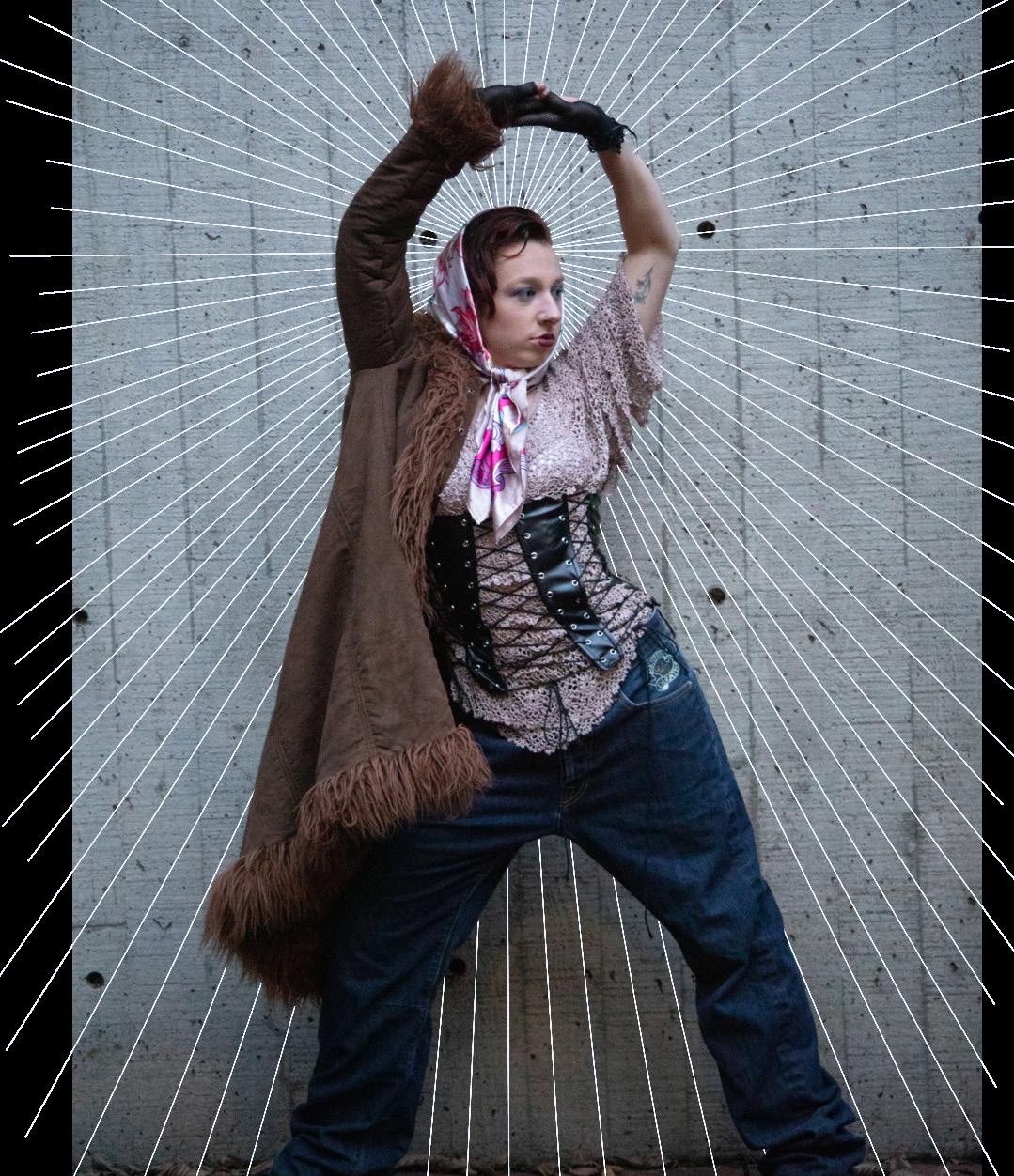
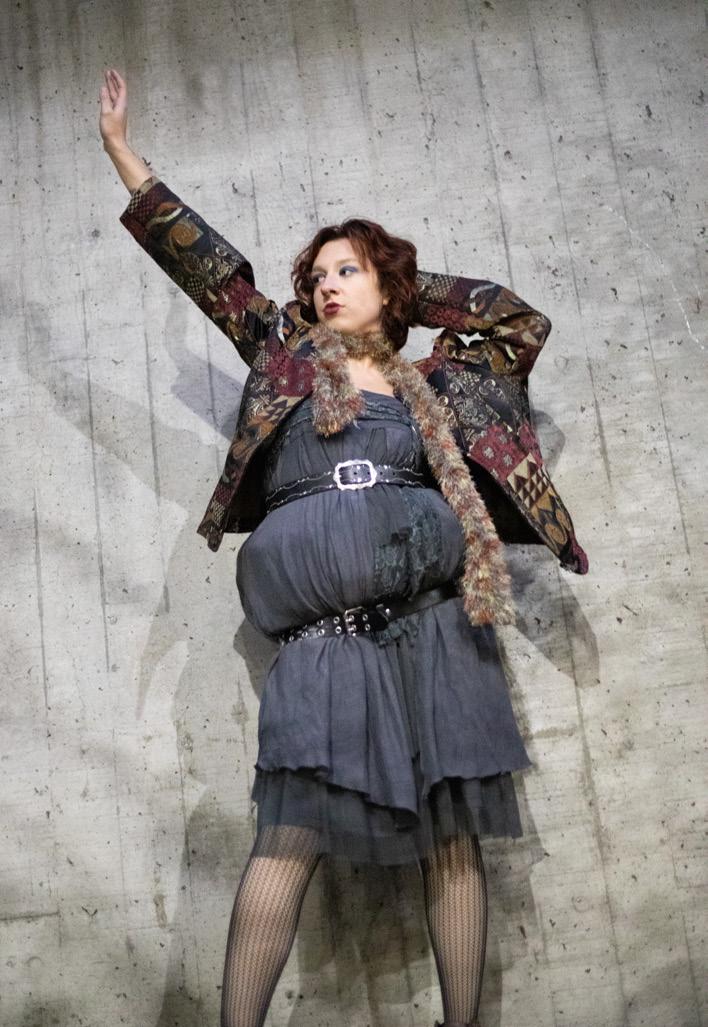
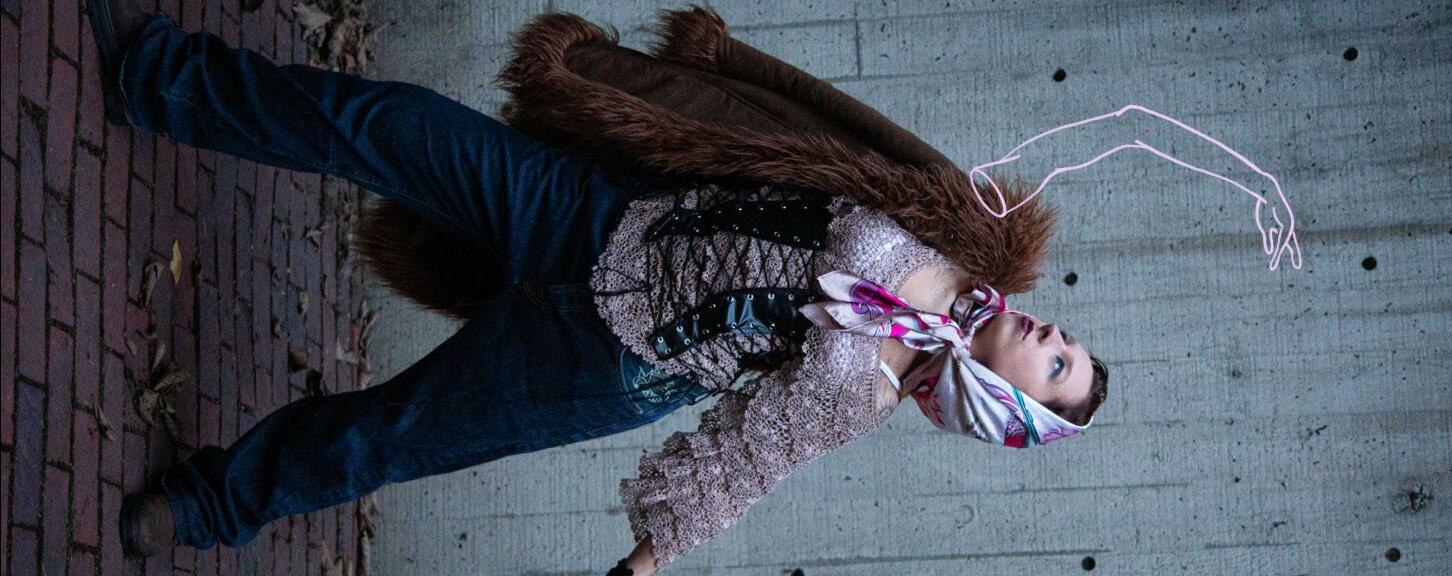
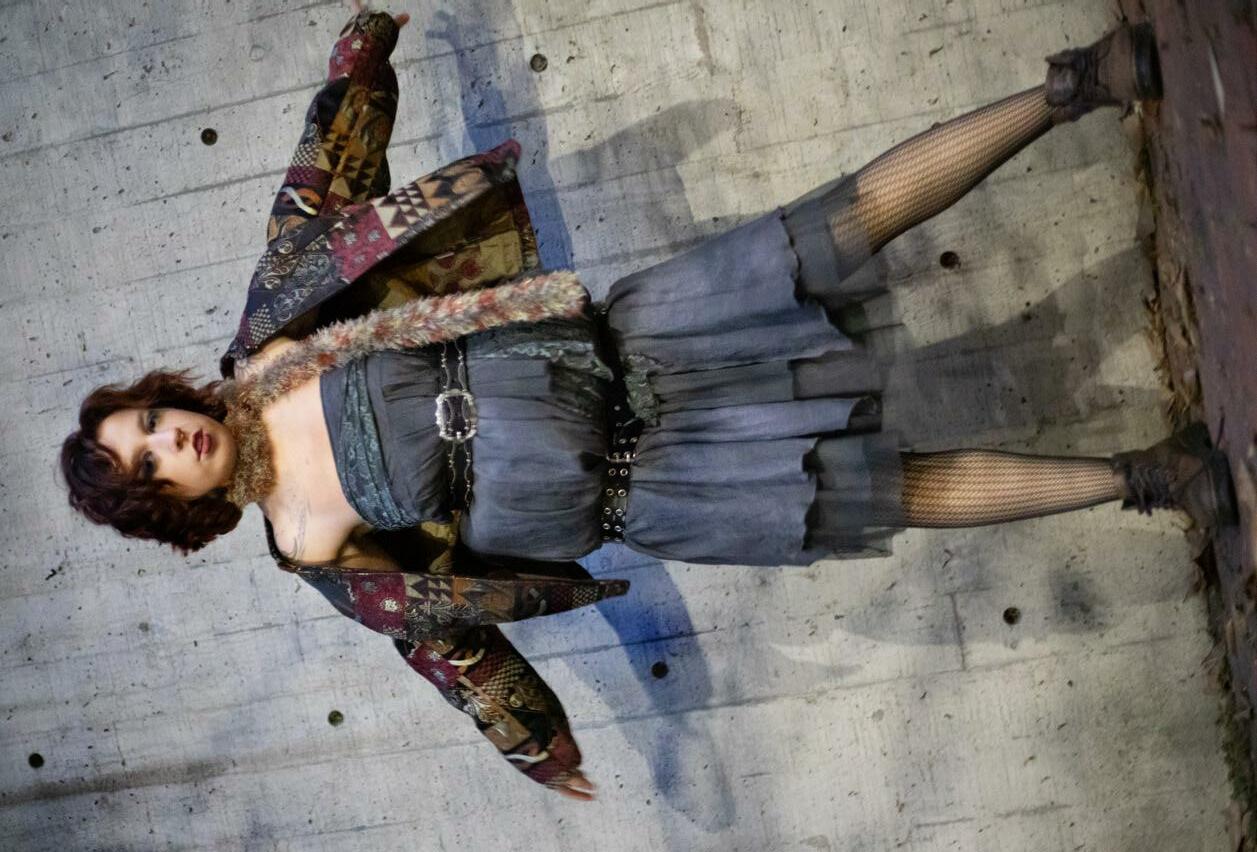 WRITTEN BY BOOCHIE POST DESIGNER ELLIE NICOLL PHOTOGRAPHED BY GABRIELLE GEORGE ILLUSTRATED BY MICA DELGADO ART DIRECTOR RONAN BECKIUS MODEL LILY POAT
WRITTEN BY BOOCHIE POST DESIGNER ELLIE NICOLL PHOTOGRAPHED BY GABRIELLE GEORGE ILLUSTRATED BY MICA DELGADO ART DIRECTOR RONAN BECKIUS MODEL LILY POAT

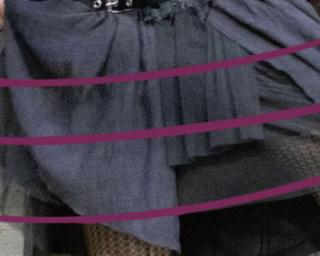
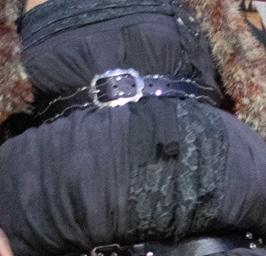
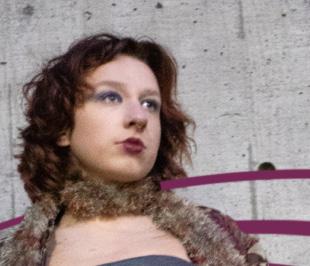
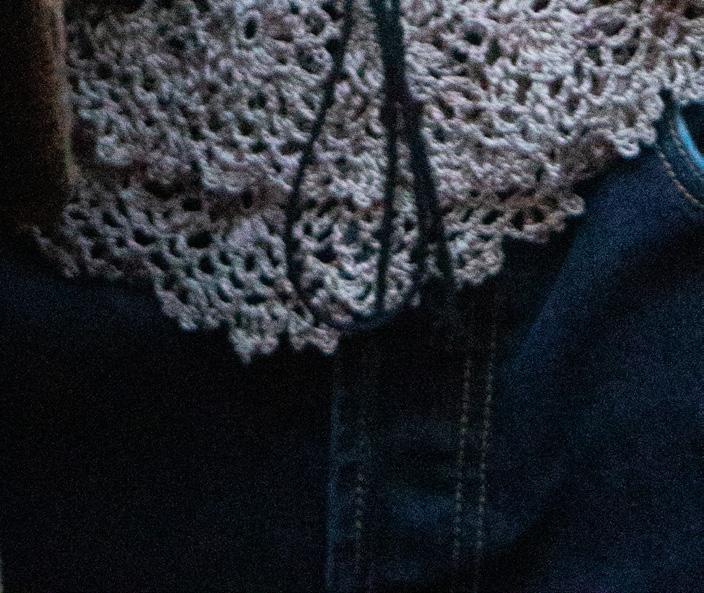
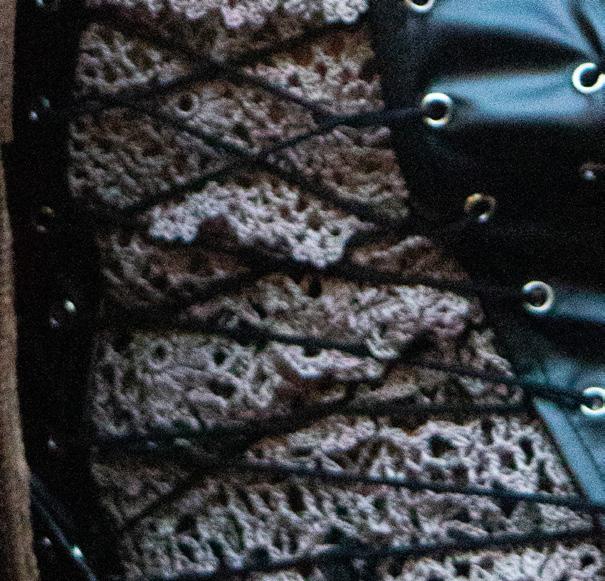
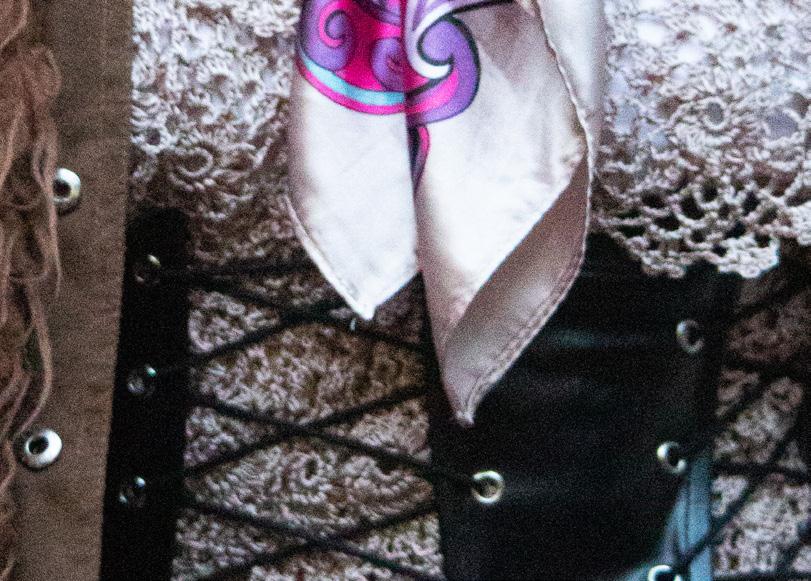
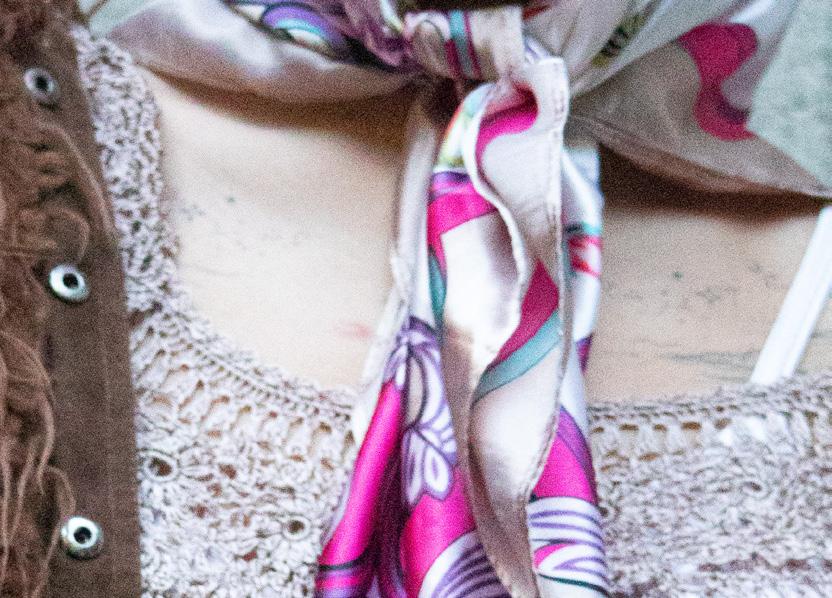
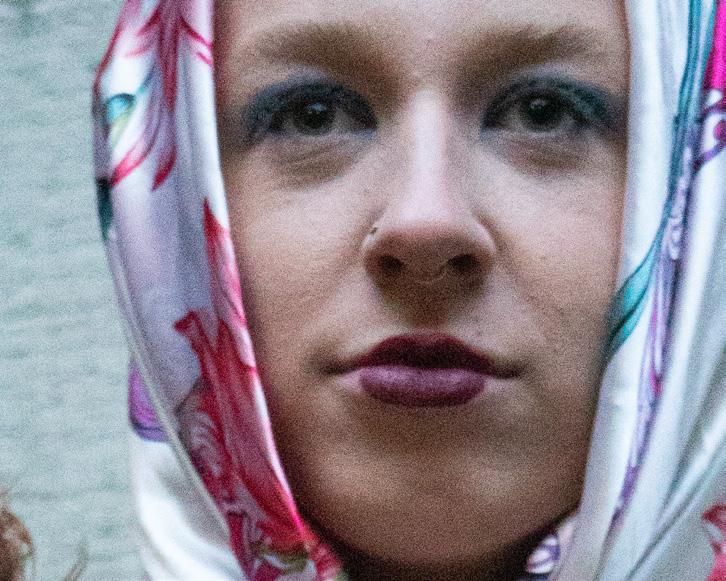
In Denmark’s Arken Museum of Modern Art, a bright yellow billboard interrogates in bold, black letters: “Do Women Have to be Naked to Get Into The Met. [sic] Museum?” A jabbing statement is printed below: “less than 4% of the artists in the Modern Art sections are women, but 76% of the nudes are female.” This billboard was created by a group of anonymous, feminist, female artists that call themselves the Guerrilla Girls. Their piece raises a number of questions. What is it that is captivating about the nude body? More specifically, why are the majority of nude bodies depicted in art female? Is it a fascination with the female form? Or more cynically, is it another mechanism for depicting the female body as an object on display?
The nude figure in art is nothing new. To the contrary, it is an ancient practice in Western culture. Think of the Greeks. For them, the human body took the form of twisted torsos, delicate fingers, and stoic gazes. Recall Aphrodite of Knidos, Discobolus, Venus de Milo, and Farnese Hercules.
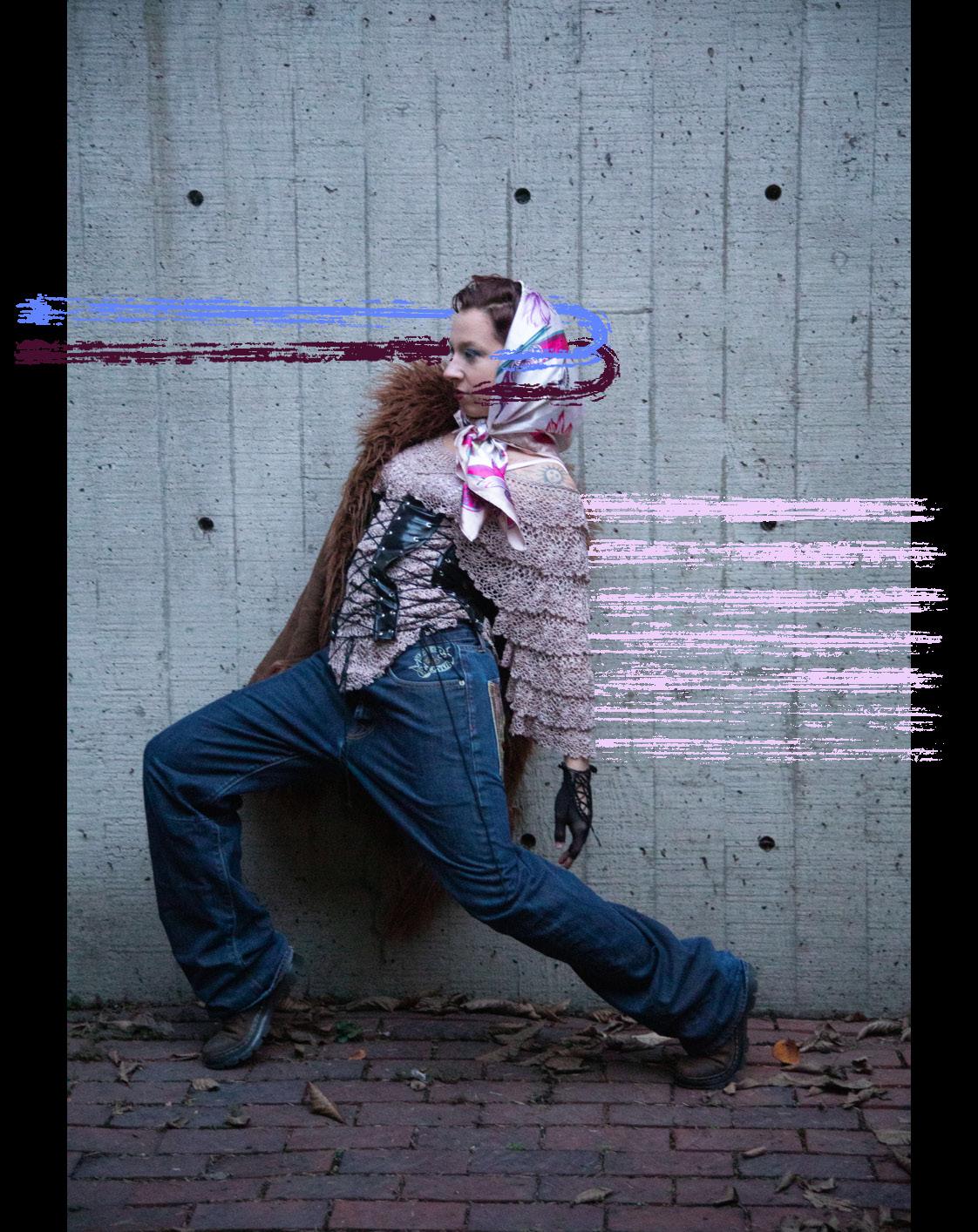
There are various reasons why nudity in art was so crucial for them – some of these reasons being nudity was an indication of moral excellence, beauty, and heroism. Statues of the nude female body
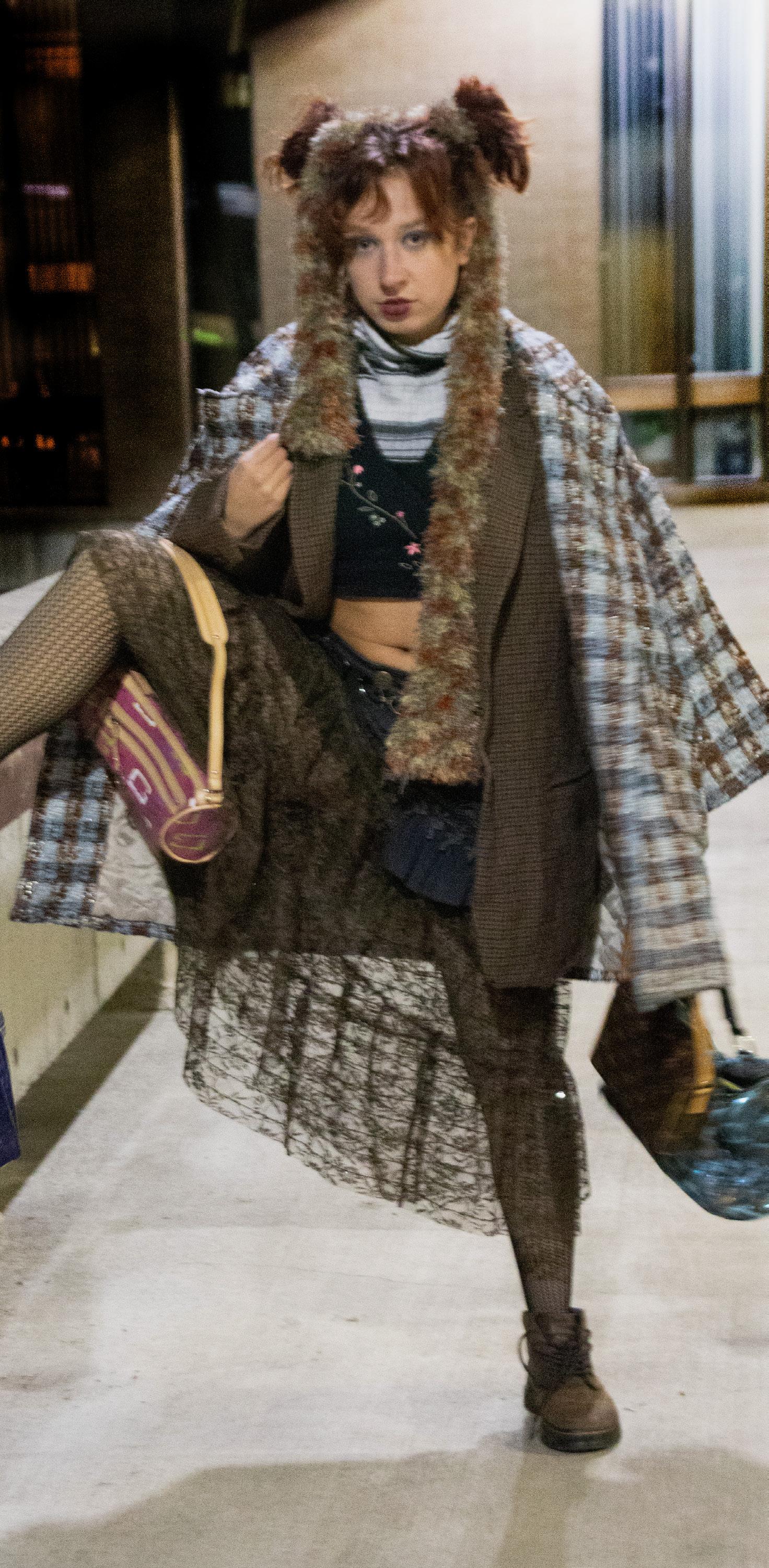
specifically were utilized to promote fertility and motherhood. Stone was chiseled into wide hips, flat, soft stomachs, and full breasts. Today, we see the repercussions of the creation of these statues. Women are expected to have, and even pay for bodies that display the ancient Greek perception of fertility and motherhood. This specific female form is perpetuated further by a majority of current nude figure artists.
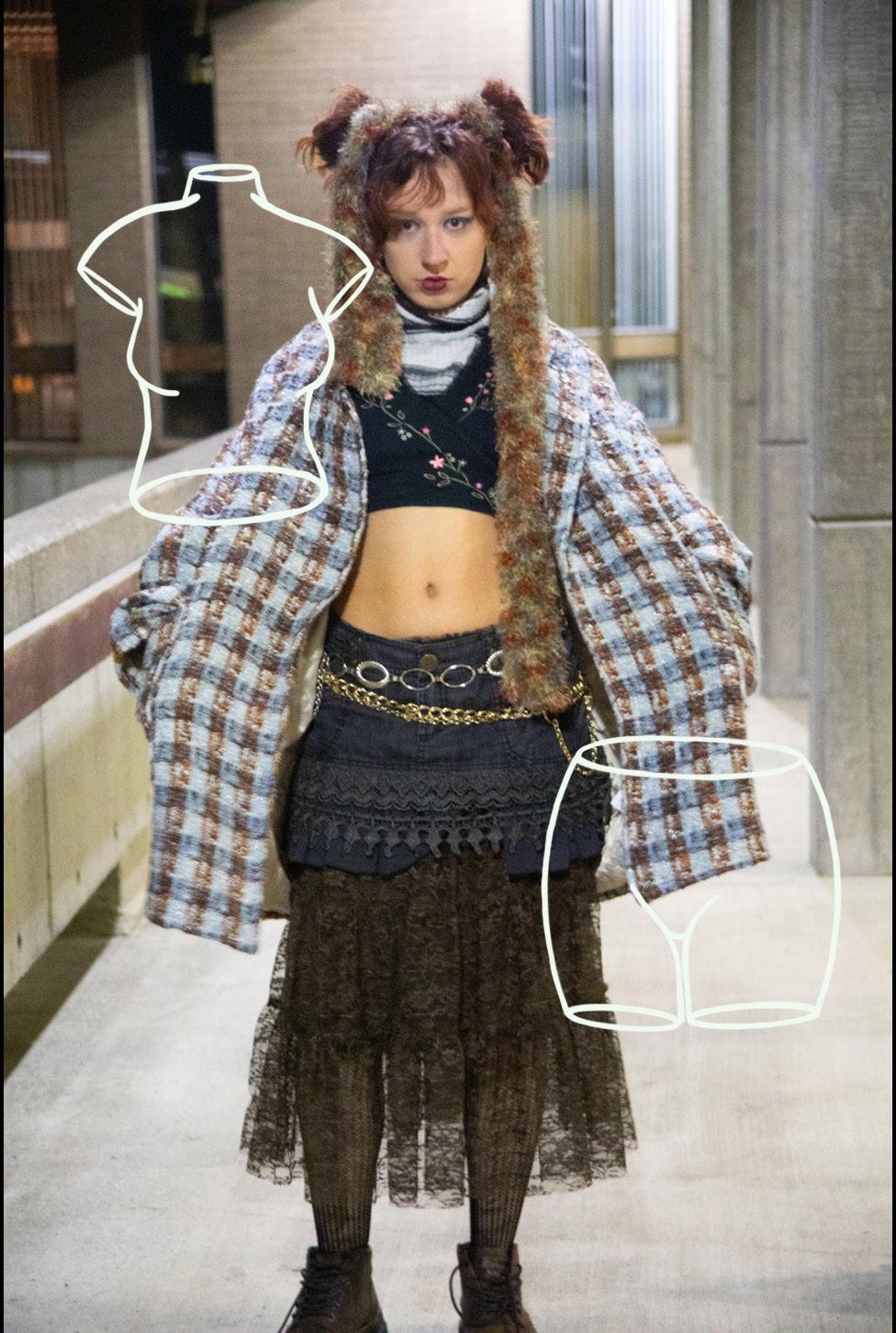
In contemporary times, a large number of nude-figuredrawing artists have stuck to the antiquity-feel of the Greek style. Simply looking up ‘nude figure drawing’ in a web browser will bring up a slew of sketches portraying humans that could be mistaken for Greek statues. So the practice has remained relatively timeless. However, the environment in which it exists has evolved immensely. The Guerrilla Girls are righteous in exposing the sexism found within high-end art communities and institutions. In doing my own research, I found that there are 266 works of art made by women in the Met. Museum. Comparatively, I was unable to find the exact number of art pieces in the Met. created by men. Only that they are included in every collection area of the museum. The Met. makes female artists seem like a diversion from the norm: male artists. Consequently, art made by women is deemed less important and less deserving of our attention.
Sketch artists may have harmless motives in depicting nude women – i.e. to show the human body as a form of art. But how are we to know the audience also has pure intentions in viewing this art? As the billboard points out, it is concerning that the majority of nude figures in the modern art sections are female, while the majority of permitted artists are male. Feminists like the Guerrilla Girls demand to see museums diversify approved art and artists. Art is a powerful utilization of critical thinking, insofar as it changes its audience’s ideologies. When museums have more art depicting nude women than art made by women, they are allowing a portion of ticket buyers to affirm their own
objectifying views on women. Not ideal. So now what? What do we do with this flood of information? One suggestion is to become more active in the nude figure drawing community. Eugene has one of their own. They meet twice a week and sketch a different volunteer model each time. Anyone can volunteer. Sketching an individual’s breathing torso, or trembling hands de-objectifies their nude body. Chatting with sketch artists reveals they do not see breasts or a butt (to put it bluntly), but rather, circles and curved lines. In my own experience attending these sessions, I am not mentally preoccupied with sexualizing the naked model standing 10 feet away from me. I am focused on how accurately I can translate their body onto a sheet of paper – usually resulting in feeling embarrassed and disappointed by my lack of artistic competence. Another suggestion is to promote and support female artists who challenge the audience’s normative conventions of the female body. Alice Neel completed Self Portrait in 1980, which depicts her naked, aging body. She wanted to offer a real, honest body that many audience members could resonate with. In 2018, Kate Cooper finalized a computer-generated video titled, Infection Drivers. Her video displays a woman in conflict with her own naked body. She is enveloped in a plastic, translucent suit in the shape of a hyper-muscled male body. Cooper’s work aims to challenge the audience’s accepted ideals of gendered bodies.
The hope of these two suggestions is to alter our feelings about female artists, and nakedness in art. Stepping into a museum should not be an endeavor of passive observation. Audiences should take in art actively by questioning what it is they are really looking at and which artists they are actually encouraging. After careful contemplation, audiences may voice their opinions and be able to change the kind of art they see in museums. And less women will have to be conventionally naked to get into the Met. Museum.
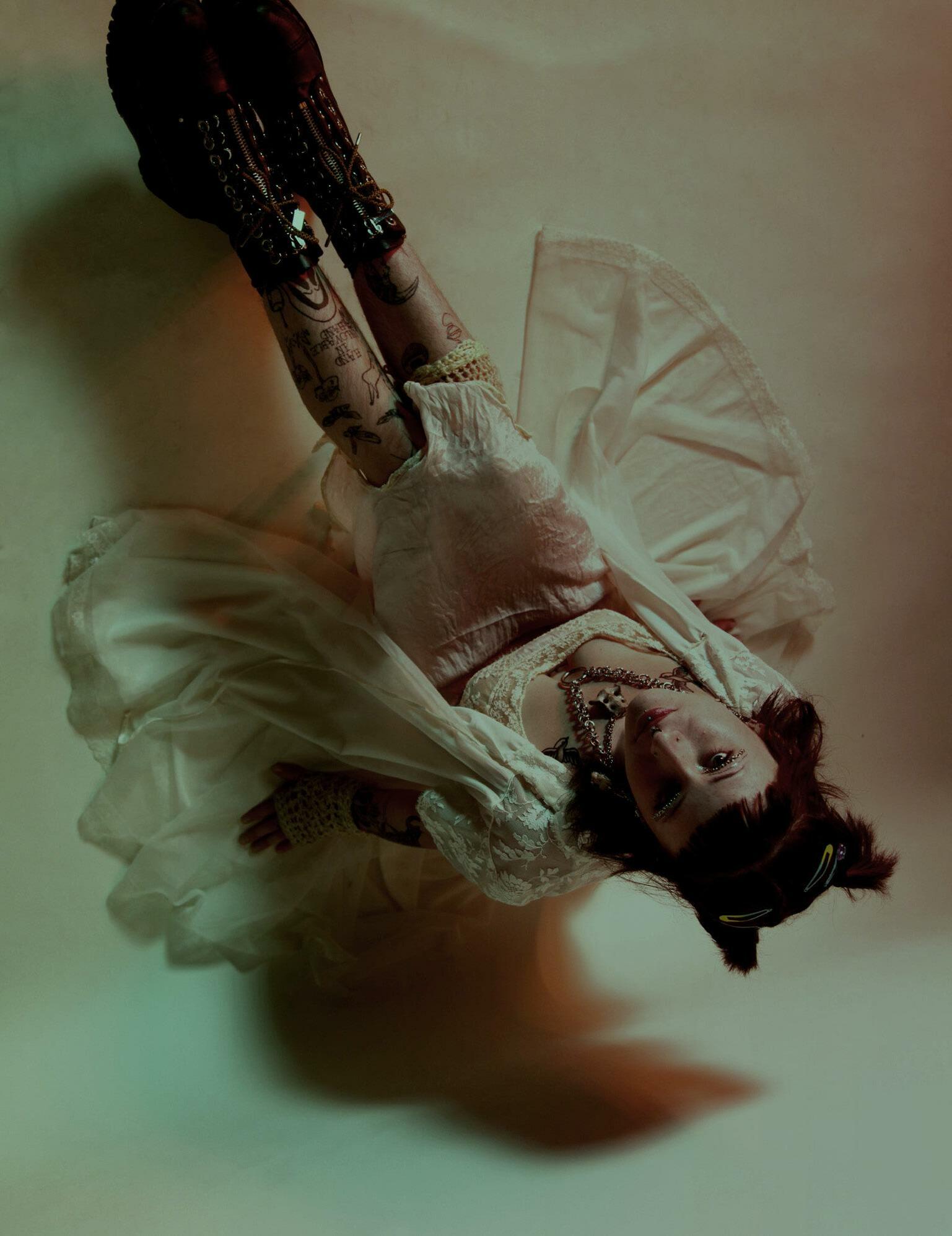
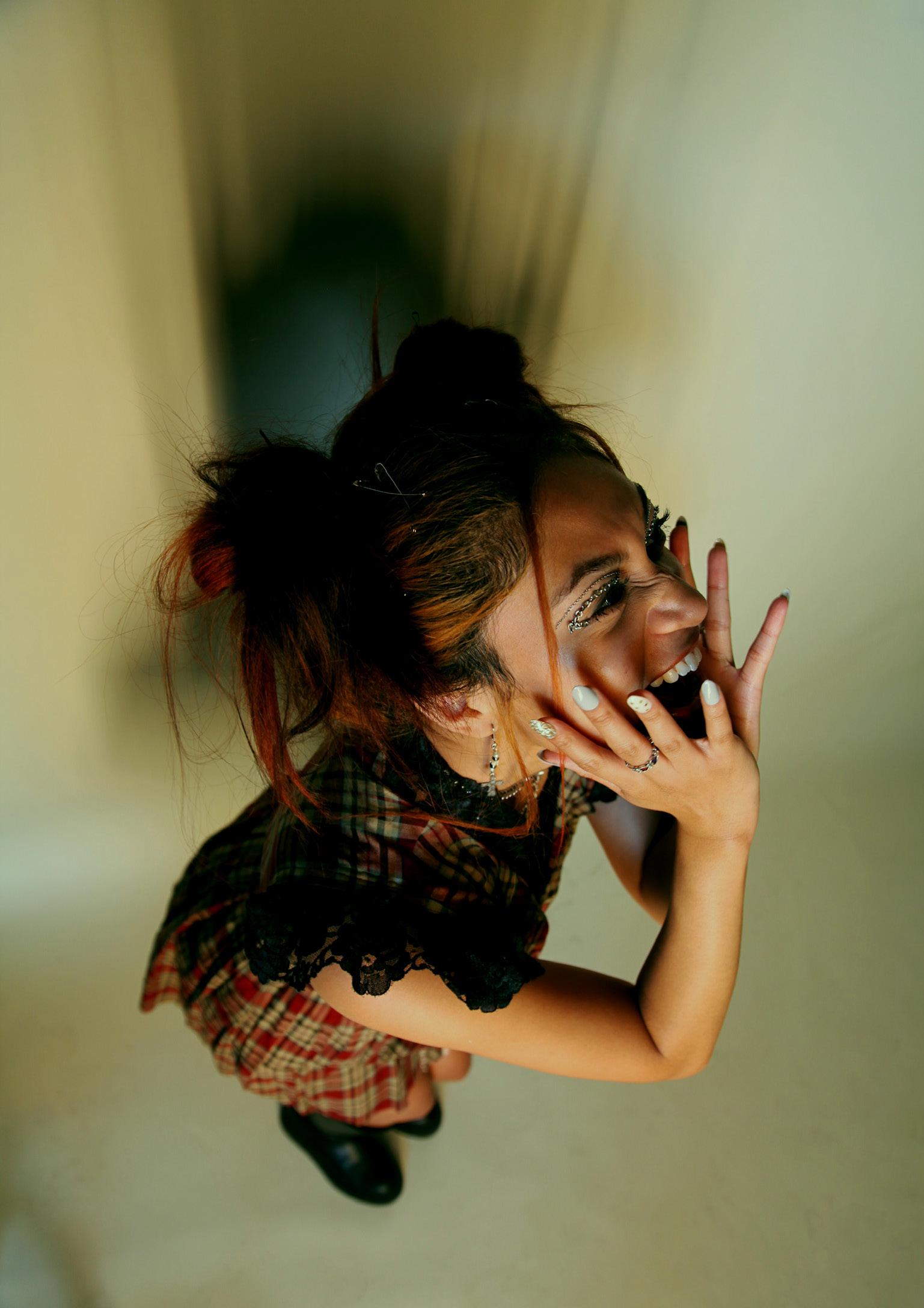
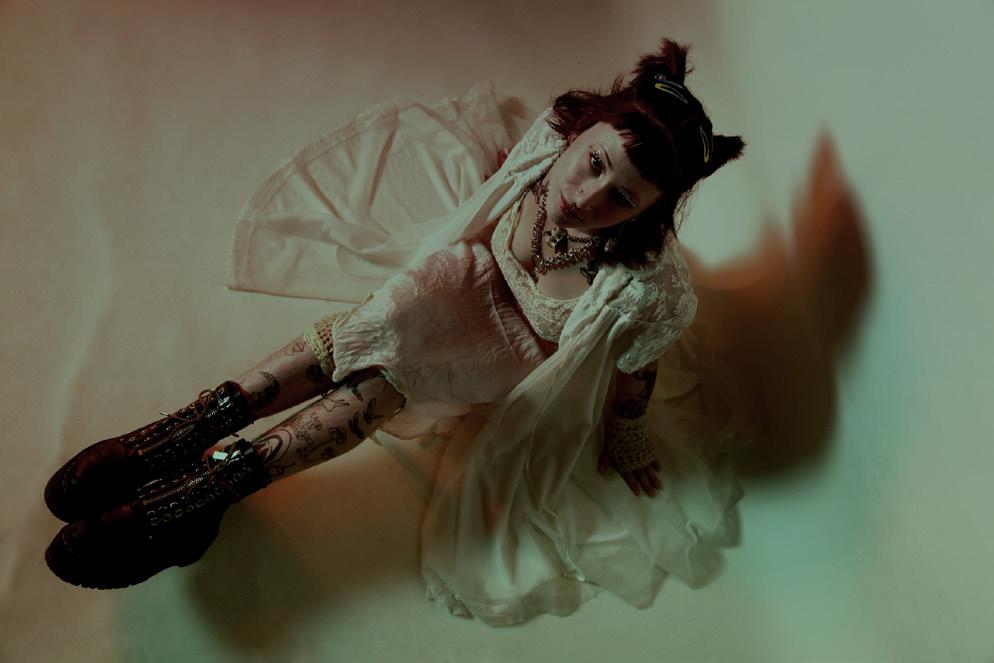
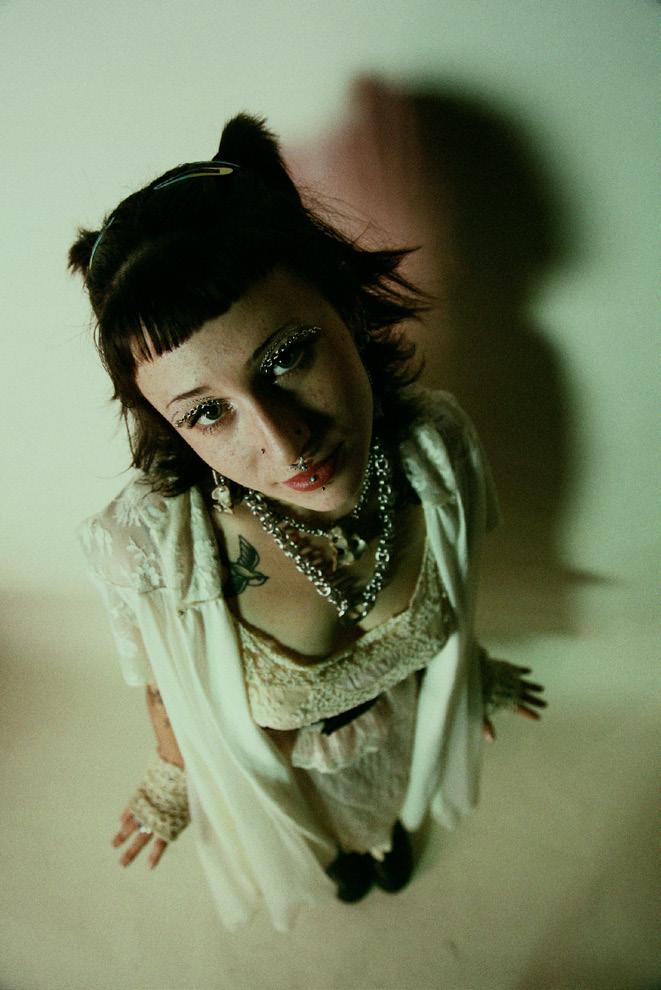
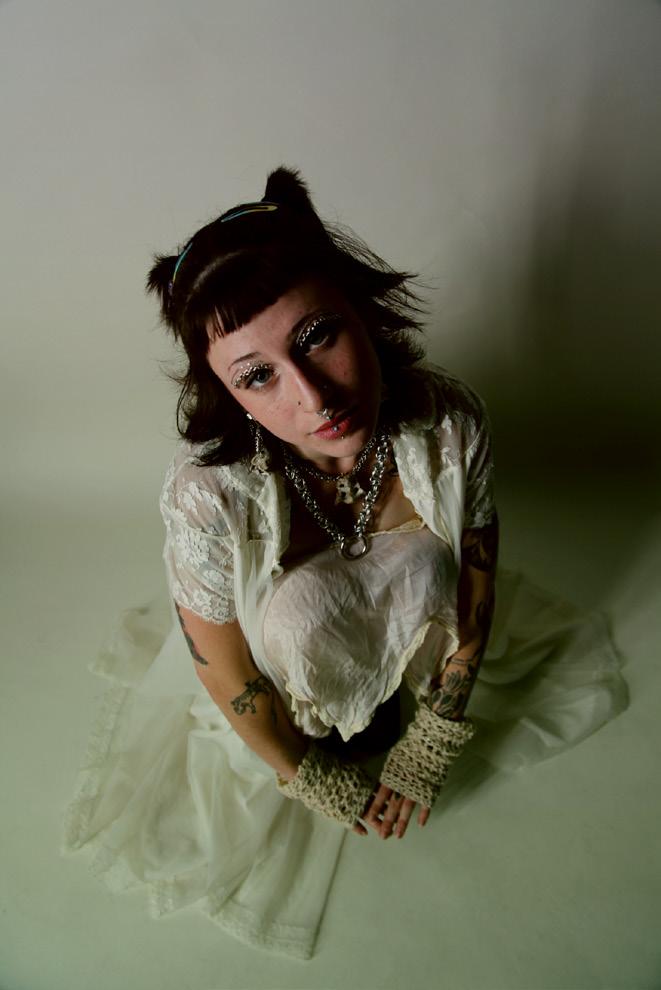
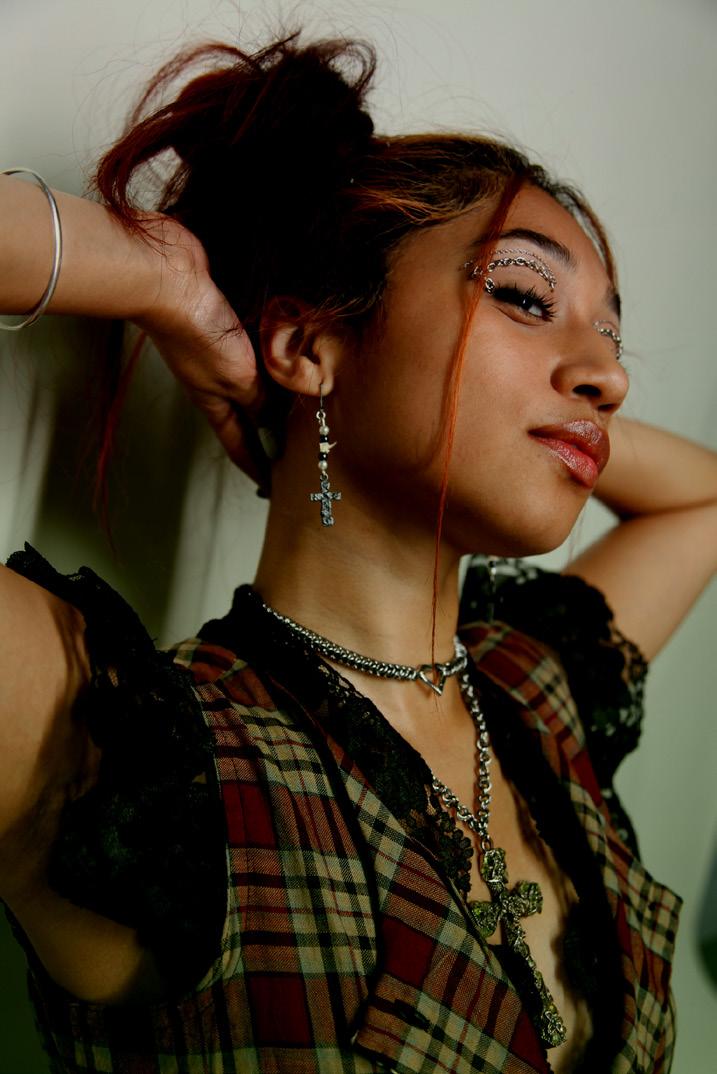
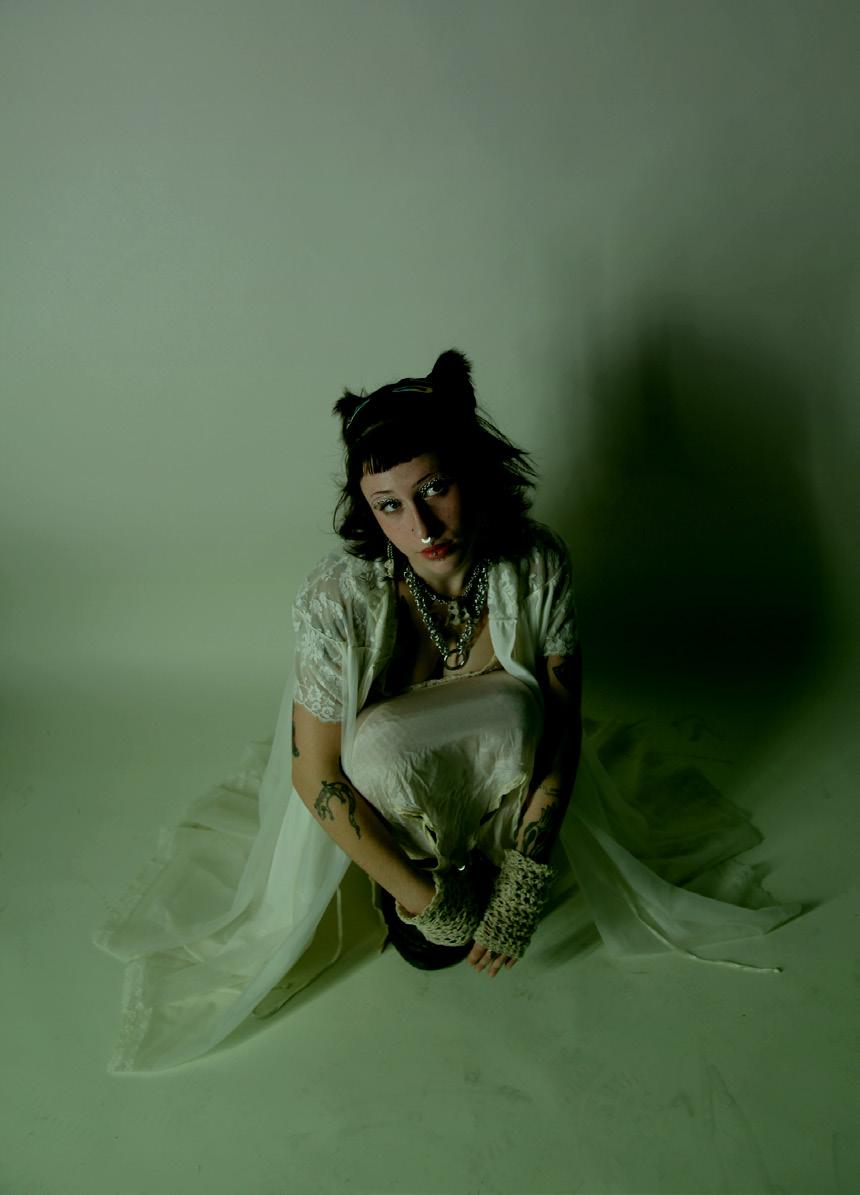
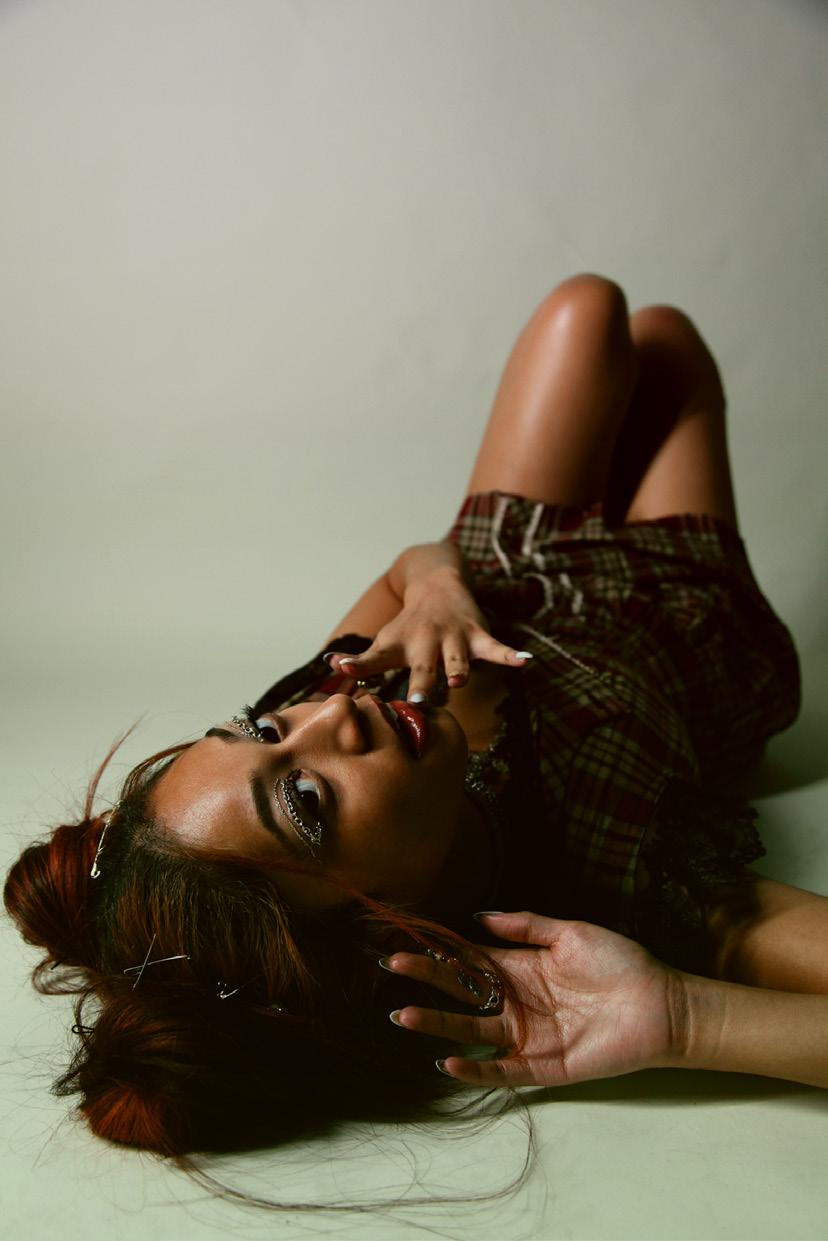
About 10 months ago, I attended an intensive outpatient program for my mental health. I was in a place where I needed help and support, and taking that step to leave school and go do this program was scary. While I was both terrified and hopeful, I most certainly was not expecting to create a community with complete strangers. Throughout my seven weeks in the program, I met about 14 people who would all come and go throughout the duration of time. I am someone who is very open about my mental health, so sharing these things with strangers wasn’t terribly intimidating. However, what I didn’t realize was that opening up to people who didn’t know anything about me, allowed me to open up to myself. I was hiding behind certain feelings, and by hearing others’ thoughts and stories, I was able to come face to face with some of my own problems and tackle them head on. This process was consistent throughout the entire program, and helped me out immensely.
I didn’t know what to expect from the other people when I first started the program, but everyone was very supportive, kind, and uplifting. When someone would share, everyone would listen attentively and try to offer any advice they had from similar experiences. I remember feeling so heard and cared for throughout my shares. I was never worried about criticism or disrespect because there was no need to be.
I vividly remember feeling so distraught over a recent experience and constantly discussing it in the group, and my fellow group members validating my feelings and acknowledging that that experience did in fact suck. I was also able to help other people. During others’ shares I would offer suggestions as to what I would do in that situation or let them know
WRITTEN BY LILLY FOX DESIGNER ELLIE NICOLL PHOTOGRAPHER SALLY FINNIN ART DIRECTOR SISI HUSING MODELS PAITRA AULI’I DANIELS, & SAGE HANhow brave they were for sharing their story. The program was very much a give and take experience.
This program became a really safe community for me, despite never having met these people before and the fact that we were all coming from different backgrounds and experiences. The people in the program varied from former drug addicts to recently divorced men to industry professionals, but we were all brought together by the fact that we need extra support. And we were able to give that to each other.
I didn’t realize how much I needed a community at that time until I had one. While my family and friends were there for me during this time, they couldn’t relate to what I was going through. Having other people who knew exactly how I felt around made me feel seen. I didn’t feel like a burden when talking to them or like I was “too much.” I felt that I could just fall apart and be real with these people.
My last day of the program there was a little “ceremony,” where everyone went around the room and either shared a memory of me or wished me well. It was during that ceremony that I realized how much these people had helped me, and how I had also been able to help them.
I am immensely grateful for all the help I got from this program. Not only do I feel like a much stronger person because of it, but I feel like it saved my life. I believe the community that I created there was a big reason for that. Before the program, I never could have imagined how beneficial it would be and how secure I would feel. While there are times I’m expecting to create a community, this wasn’t necessarily one of those times. It just happened and I’m so happy it did.
I DIDN’T REALIZE HOW MUCH I NEEDED A COMMUNITY AT THAT TIME UNTIL I HAD ONE.
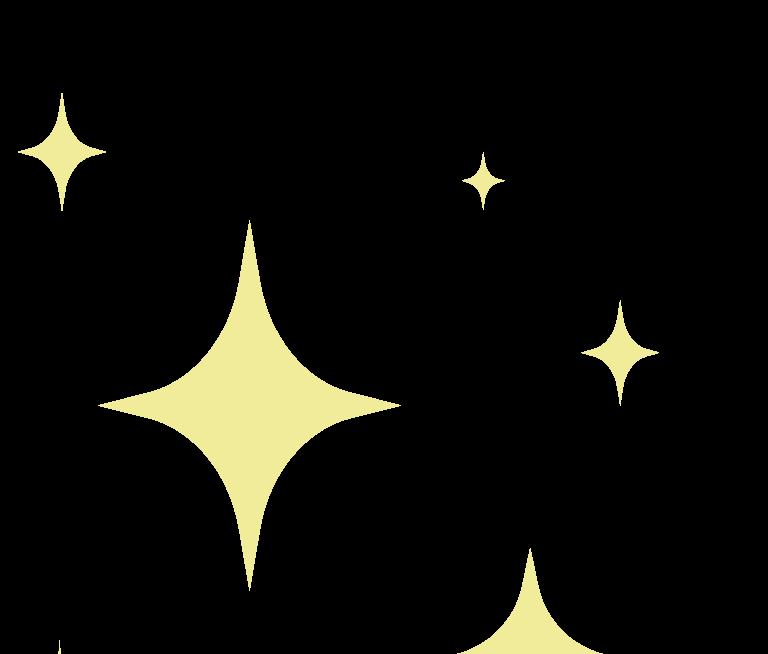
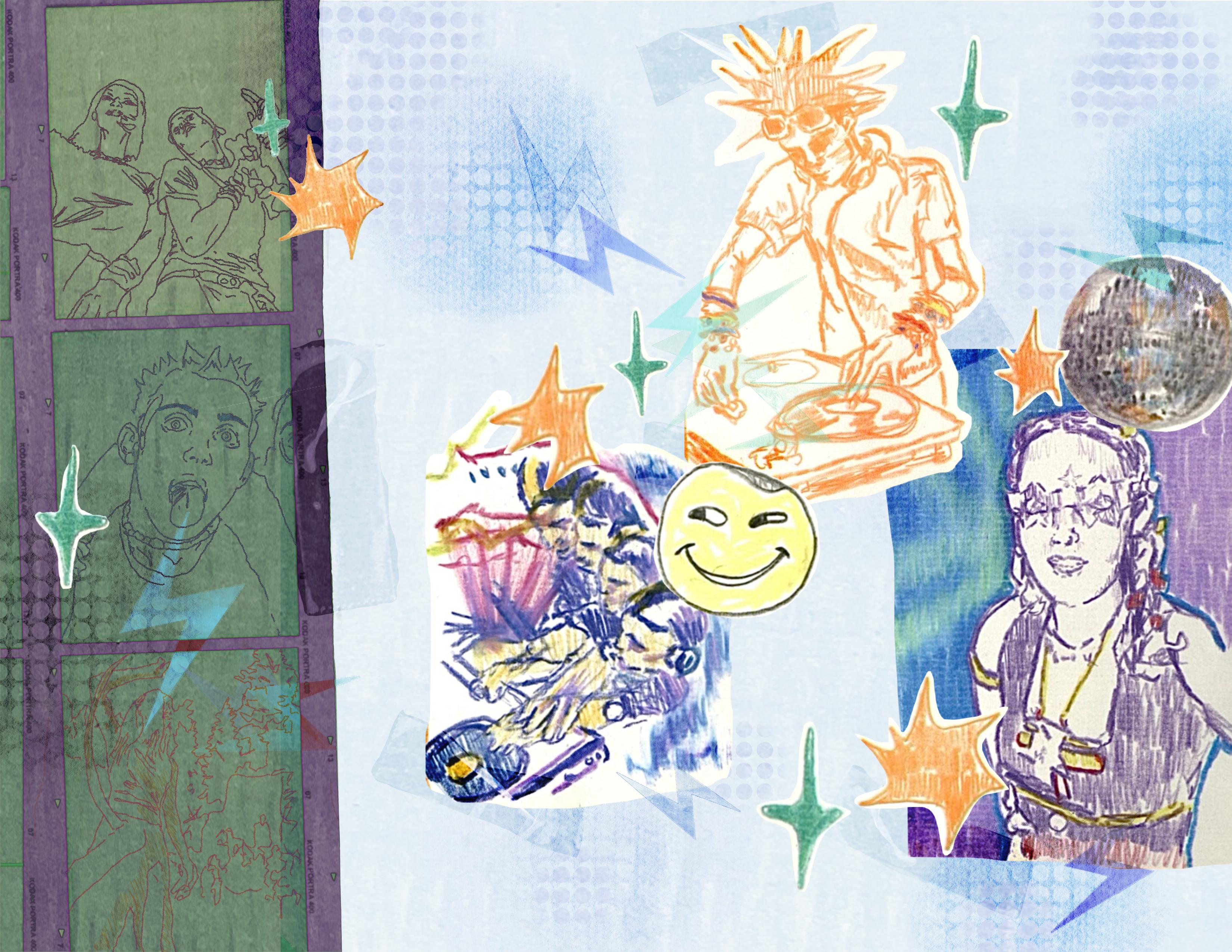
Literally, ‘rave’ means to “talk wildly or incoherently, as if one were delirious or insane,” though the Oxford definition is less common among younger generations. To gen z-ers and a select few millennials, a rave is a dance party featuring electronic music, light shows and outrageous outfits. Echoing bass, flashing lights, and dance music is not for everyone. Most people either love or hate raves, but those who love them can’t seem to get enough.
These concerts and festivals primarily feature Electronic Dance Music, or EDM, an extensive music category that encompasses elements of house music, techno, dubstep, and many other closely-related subgenres. EDM is a relatively new wave of music, explaining part of its appeal to a largely youth-based crowd. One facet of EDM originated from the disco genre, as its goal was to get people moving on the dancefloor. EDM has undergone a complicated evolution because its different genres popped up in various places during the 70s, 80s and 90s. Since its beginning, EDM has grown exponentially popular and is now commonly played in club and bar settings. However, the attendees don’t just come for the music, dance, or costumes; they come for the diverse and energetic company.
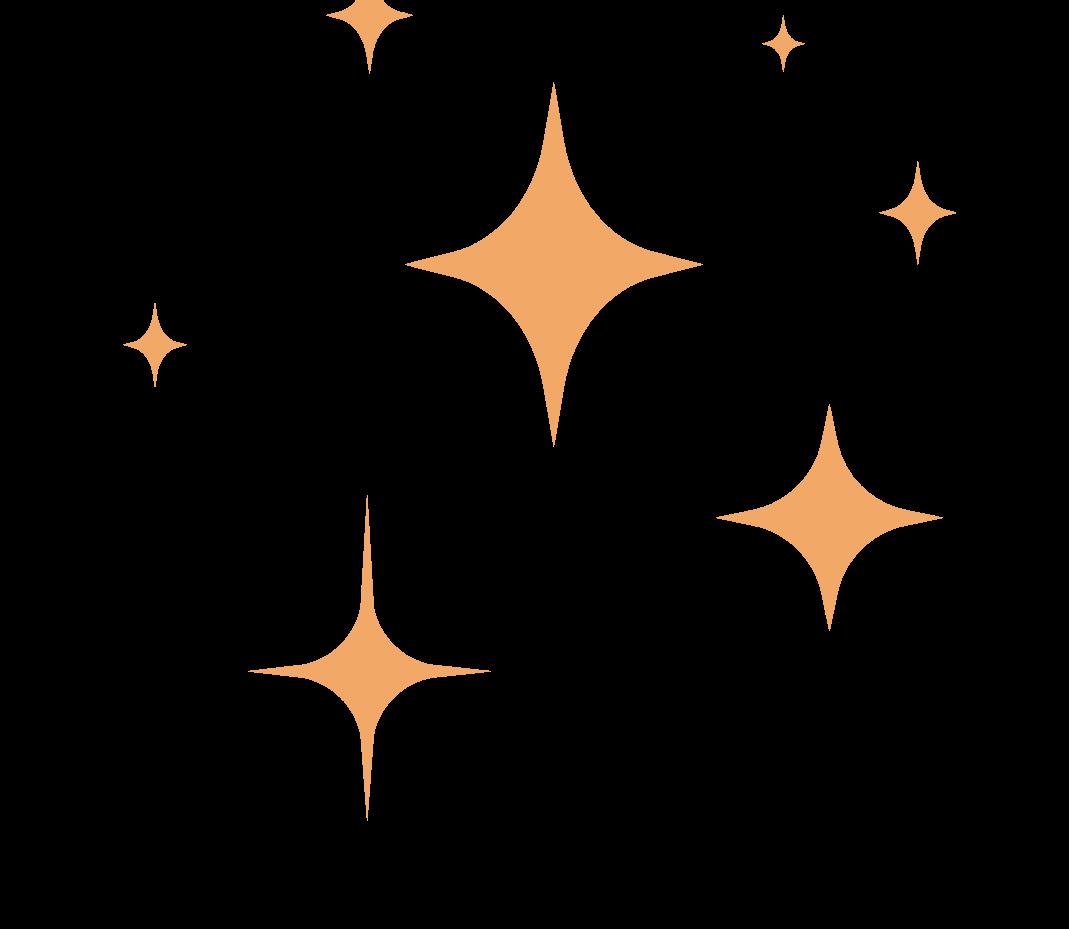
Rave culture is one of the most significant aspects of the overall experience, making it a special community. Rave culture is based on the core principles of peace, love, unity, and respect- PLUR, as ravers call it. A handshake goes along with this expression, where strangers demonstrate their mutual respect by switching handmade bracelets, usually referred to as “rave candy.” While prolific, the funky bracelets aren’t the only accessories common to raves. Many people suck on pacifiers or “clap” their handheld fans to enhance the sensory experience.
All of this goes to show that raves are not like typical concerts or shows. The outfits are so specific that there is no other term for them than “rave attire.” Specialty brands like “IHeartRaves” and “Rave Wonderland”
sell colorful, extravagant and detailed costumes to ravers worldwide and have become trendsetters in this area. The best part of rave fashion is that everyone has a different take on it. Down to the outfits, everything ravers do illustrate their adherence to the foundational principles of self-expression and freedom.
The youth-oriented audience focuses heavily on freedom and expression, attracting a diverse crowd. Rave culture demonstrates a strong commitment to its values which is why self-described ravers consider it a lifestyle. They practice the fundamental principles in and out of the venue. While ravers are a diverse collective of people, everyone adheres to peace, love, unity, respect and self-expression. Being a raver means being one with the greater community and upholding the unwritten rules.
It would be impossible to understand the entire picture of rave culture without addressing the significant aspect of drug use. After all, raves originated in England as acid house parties. What used to be small underground parties have transitioned to all-night or even weekendlong dance festivals. This is not to say that all “rave babes” participate in the use of illicit drugs; however, there is a commonly-held association between the two. The term rave babe carries many meanings though it’s just another way to refer to ravers. Essentially all rave babes alike are chasing the euphoric feeling that comes with the vibrant music and dance. The unique combination of sound and visuals give ravers a special feeling that can’t be found elsewhere, and drugs aren’t the only way to reach this feeling.
Rave culture has come a long way from its humble underground beginnings- from illegal warehouse dance parties to highly-anticipated, sold-out events. The community’s dedication to self-expression and PLUR are what drive rave culture in the first place.
WRITTEN BY OLIVIA STEIN ILLUSTRATED BY KY MYERS DESIGNER STELLA RANELLETTI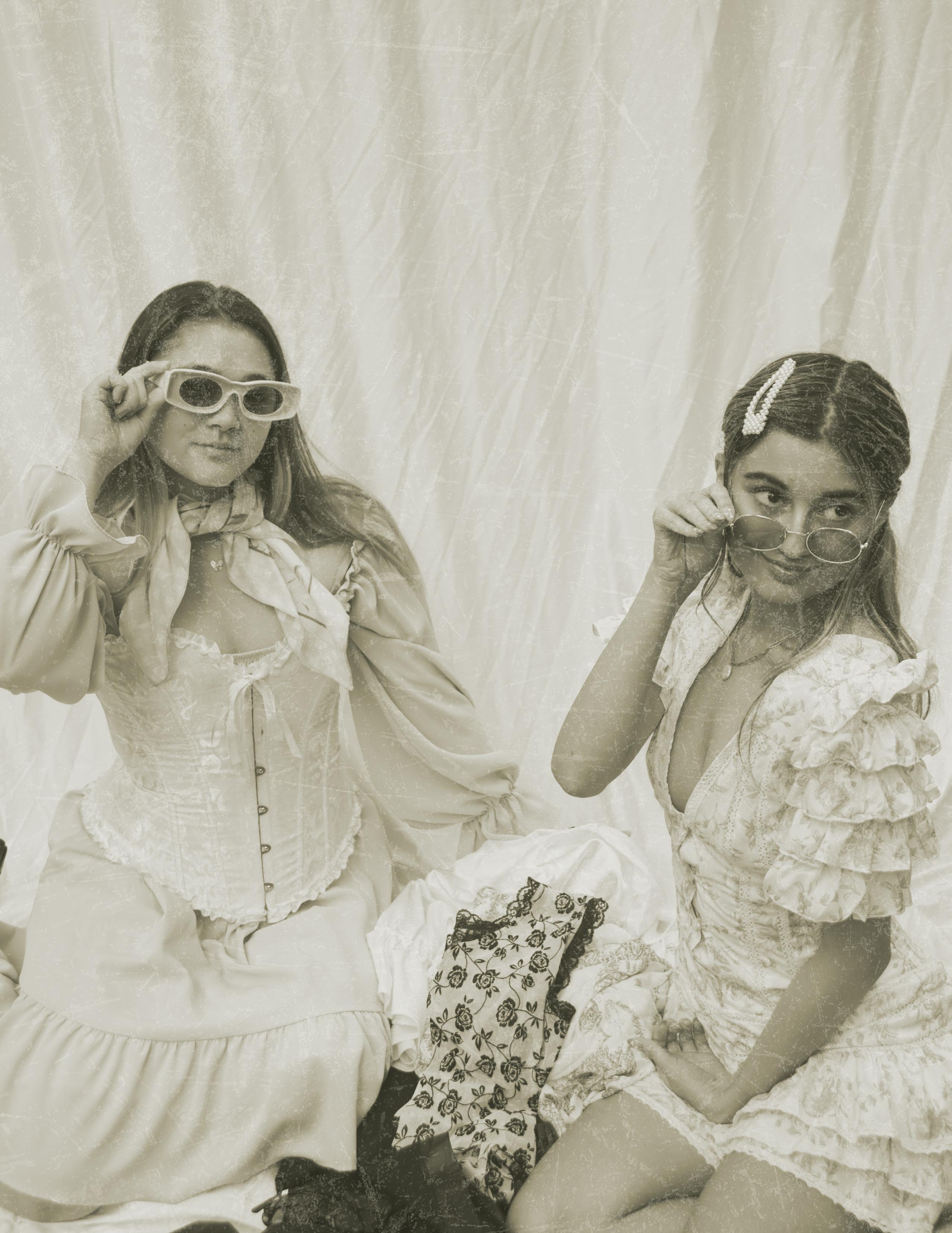
These days when one wanders into a thrift store they can expect to be greeted by teenagers searching for the next big thrift find. Perhaps they do it recreationally, or they might even be resellers using platforms such as Instagram and Depop to sell their finds. Thrifting has picked up in popularity due to Internet personalities, such as Emma Chamberlain, making it “cool”, and social media latching on to it in the form of thrift hauls, “Outfit of the Day” videos, and video blogs of thrift trips. But, what about those that have been in the thrift game for longer than a few years? Who are they?
Enter the Blind Squirrels, a group of seniors that meet every Tuesday at 10 am to hit up their local Value Village. Together they have created a community and culture through thrifting for both fun and business. I interviewed a few of the members of the group and learned about everything thrift.
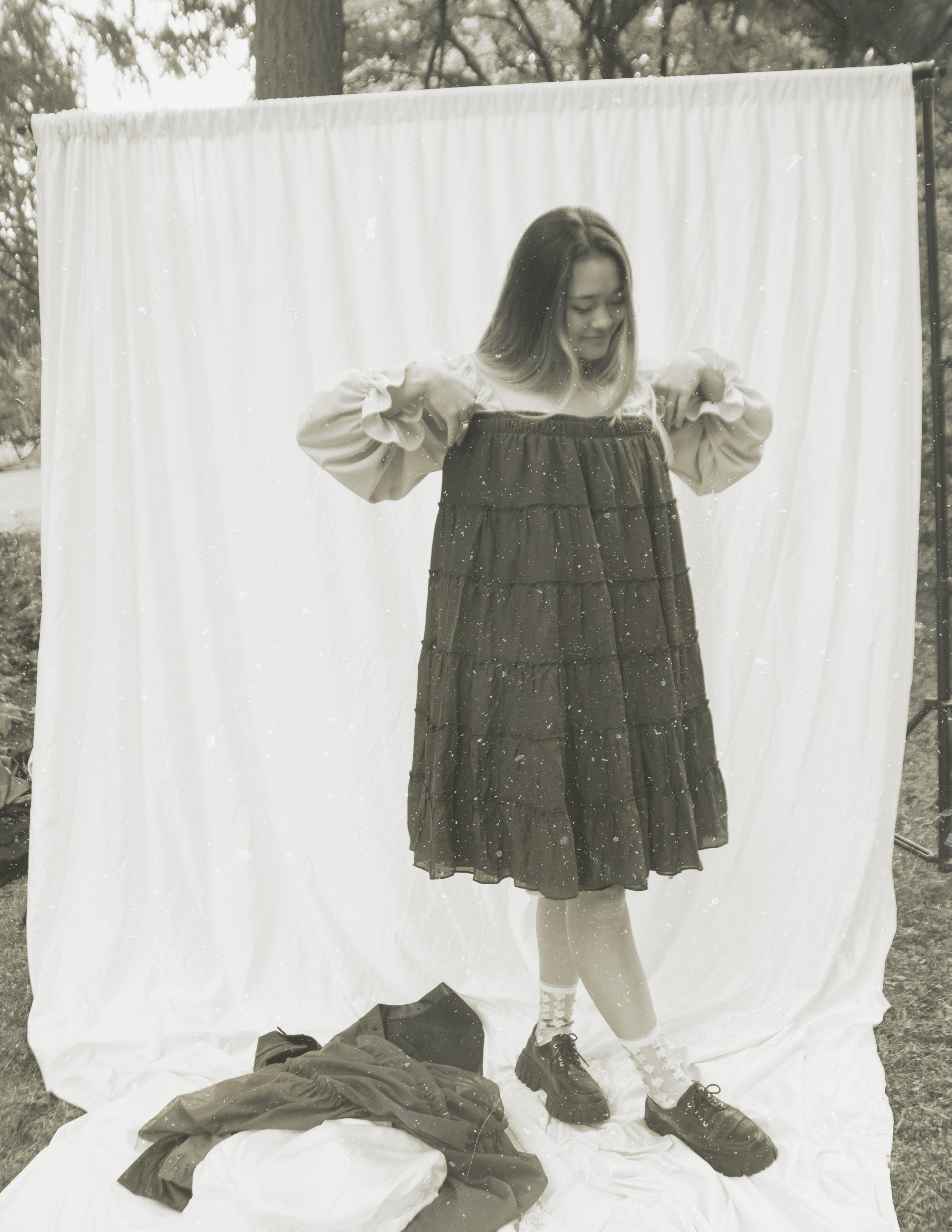
Thriftingnot just a young person’s hobby.
* The Blind Squirrels, a group of individuals from all walks of life, came together because they were all regulars on a senior day at their local Value Village in Tigard, Oregon. The group contains all sorts of people with different backgrounds. For instance, one was a nurse, one ran an advertising firm, and another was a high-end art dealer. It has been three years since the creation of the group and they still look forward to meeting every Tuesday for thrifting and lunch.
* “I began thrifting when I was a teenager by just going into junk shops and looking around.” The interviewee stated that she had a special affinity for unique pottery pieces and loved anything that looked handmade. However, being a teenager in the 60s meant “thrifting” was not a popular hobby, and most preferred new items as opposed to vintage or secondhand.
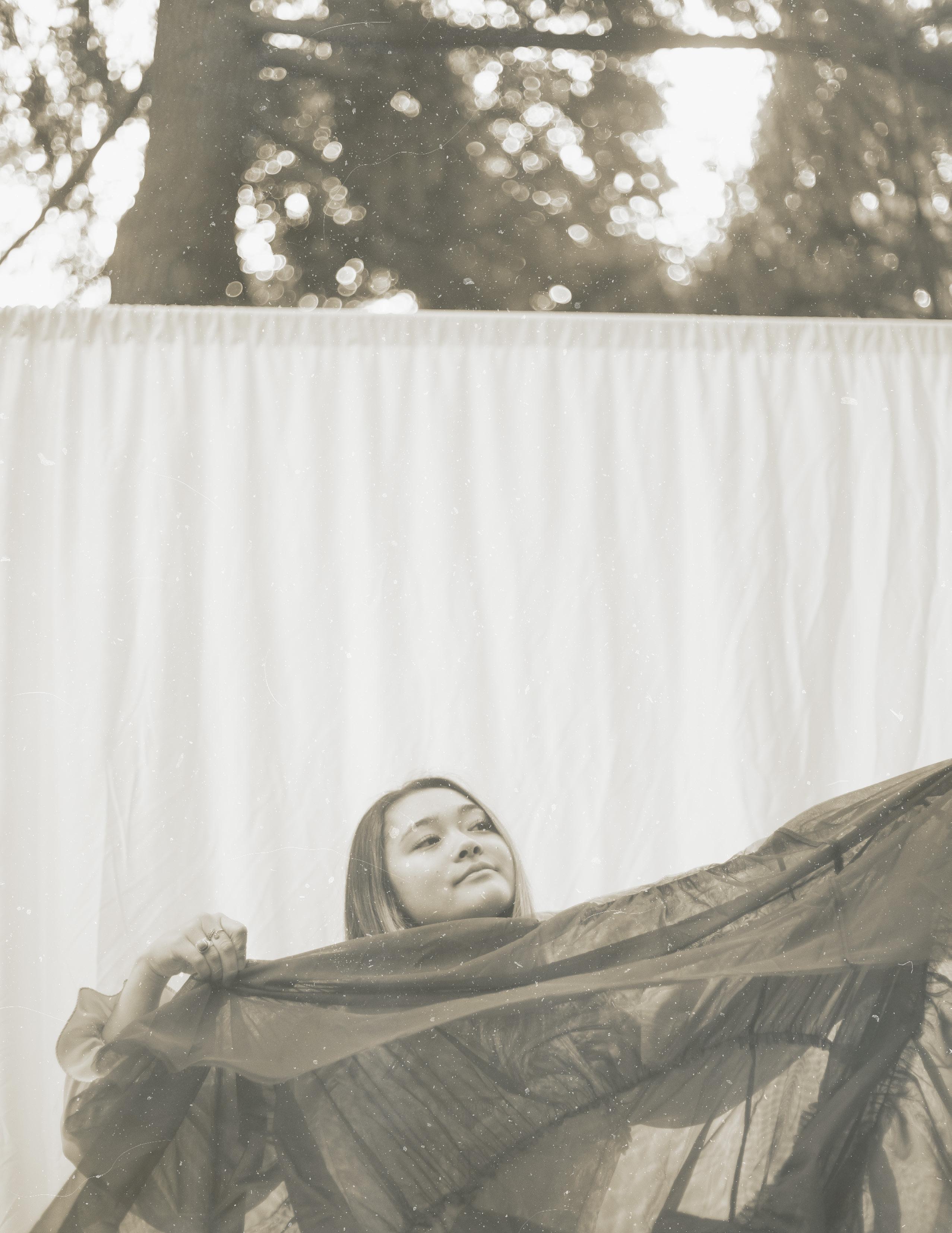
* “It felt like treasure hunting.” Another interviewee stated that the allure of thrift shopping was rooted in the act of searching for a new find. It was thrilling to never know what exactly they would find that day.
* For some in the group, thrifting is a job. A few of the members sell on resale apps such as Facebook Marketplace or eBay, and others have in-person booths at antique malls. Some come thrifting for themselves, hoping to pick up a new piece to add to their closet or home. One aspect they all love is how it has become a social outing. They have formed a community that meets weekly to thrift and catch a bite to eat together.
* “Quality!” Almost all of the Blind Squirrels are keen on quality. Most can just peruse the aisles of a thrift store and spot high quality fabrics, ceramics, home goods, etc. This affinity for quality actually started for one of the members back in college when they learned about different textiles and the importance of the materials and craftsmanship in an item of clothing.
* Most of the group also keeps an eye out for anything vintage. Vintage is usually sure to fetch a good price on the resale market. For example, one of the Blind Squirrels bought a vintage mason mixing jar for under 10 dollars and sold it on eBay for just around 400 dollars!
* Price also plays a role. Most of the Blind Squirrels got into thrifting because of the low prices and high quality that second-hand items can possess.
* The squirrels that are resellers have their different niches. For example, one sold “high end, quality, made in Hawaii, linen shirts.” Others sell vintage homeware or clothing. And some sell anything of profit. Prices for their goods are gathered through online research. “I really love Google Lens, with a simple picture it will pull up items that are identical or similar. This can give me a good ballpark for how much it is going for online. It also can help with researching the product.” Sometimes for the Squirrels, the joy of reselling can come in the opportunity it provides to research vintage goods and learn more about a craft or trade.
While social media and new resale apps may focus on the young thrifters of our era, it is important to remember those that pioneered the thrifting and reselling world so many years ago. Because even a Blind Squirrel can occasionally find a nut.
PHOTOGRAPHED & ART DIRECTED BY GABBY GEORGE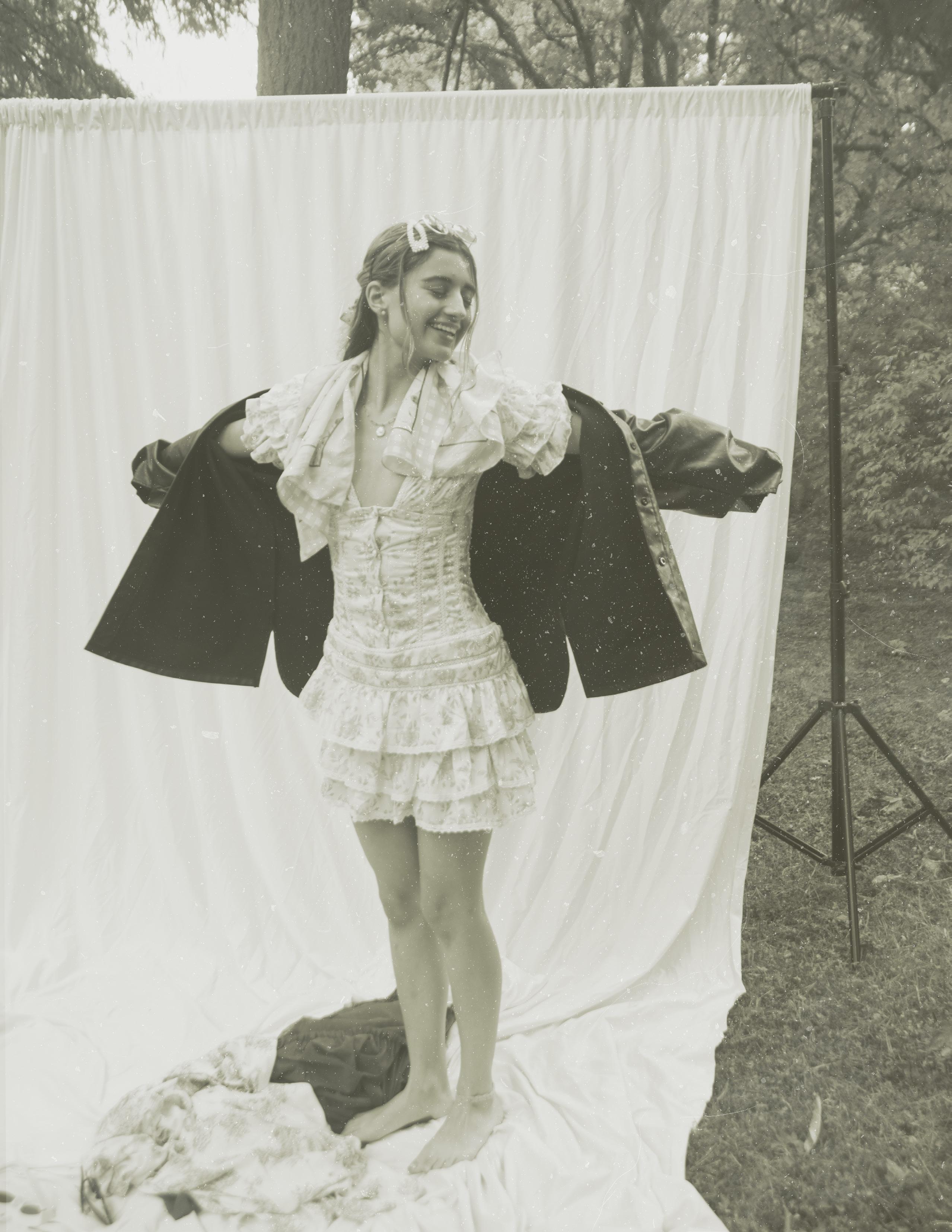
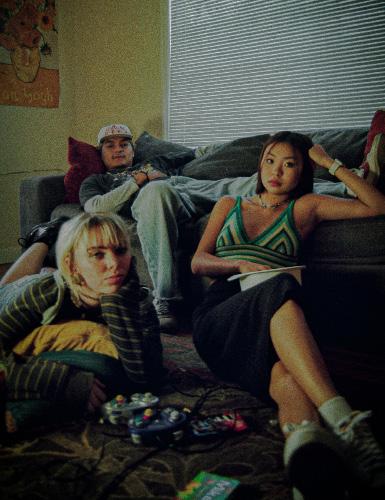
The allure of video games lies in their ability to transport players to new realities. Gamers simulate and explore fantasy worlds by taking on roles of characters. They create characters, build their strength and skills, gain levels, collect skins, and compete. Players have the power to live in completely different realms; realms in which they can do or be anything they want, even the impossible. For many, video games are an escape.
Online gaming was introduced in the 1990s when the internet became mainstream. By the 90s, the gaming industry was three decades old and had just suffered from its biggest crash in the market. Revenues dropped 97% and companies went bankrupt. So how did the industry recover and reach its highest-grossing period in the 90s? Companies targeted one specific audience: straight, white males. Back then, online video games were designed by men and for men. Eventually, gender and cultural stereotypes formed within the gaming industry.
In the 90s, Nintendo introduced its first console, the Gameboy, and sold one million units within a few weeks. The Nintendo 64 and Sony’s PlayStation became the biggest gaming systems of the 90s. In 2002, professors Berrin Beasley and Tracy CollinsStandley, studied gender stereotypes in Nintendo and PlayStation
games. They revealed 13% of characters were female. Nearly half of female characters had a big bust and 85% wore a top with a low neckline. Female characters wore less clothing and showed more skin. This carried strong sexual meanings for boys who played these games. According to Beasley and Collins-Standley, boys started to accept the idea women were weak, sexual objects.
In the 90s, video games such as Super Mario, Sonic the Hedgehog, Legend of Zelda, and more cast young males in lead roles. Female characters were unplayable and unimportant. In 1998, Tracy Dietz from the University of Central Florida examined 33 video games from Nintendo and Sega Genesis. She found no female characters in 41% of the games. Dietz revealed 28% of games portrayed women as sexual objects, and 21% portrayed them as damsels in distress. Female victims needed rescuing and were princesses of a kingdom or threatened by a villain or gang. Hypersexualized bodies and stereotypical roles fueled toxic masculinity. Young male gamers learned to treat women with aggression and violence.
Even though sexism in games escalated, women played firstperson shooters, survival horror, sports games, and actionadventure games. Teenage girls jumped into virtual worlds with
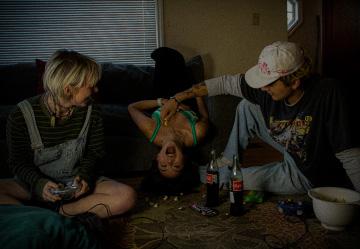
sexualized female characters. They played as women with large breasts, slim waists, and exaggerated hips. Young female gamers could have perceived these appearances as healthy bodies. Unrealistic bodies and proportions can harm a player’s body image and selfesteem.
At the University of Oregon, Galloway is the only female player on their Overwatch esports team. “I struggled with my own body image and playing as this perfect, beautiful character all day does get to you,” Galloway said. “Every female character was super skinny. They had little hourglass shapes; perfect bodies and perfect everything.”
Today’s misogynistic and immature gamer culture stems from the misrepresentation of women in games. Female gamers experience more toxicity, hate, and harassment compared to male gamers. A certain stigma is attached to being a female gamer. Amanda Cote, a UO professor, interviewed 37 female gamers and found most feel online gaming is still a male-dominated space. Interviewees face assault threats, unwanted attention, trash talk, cheating accusations, and other obstacles.
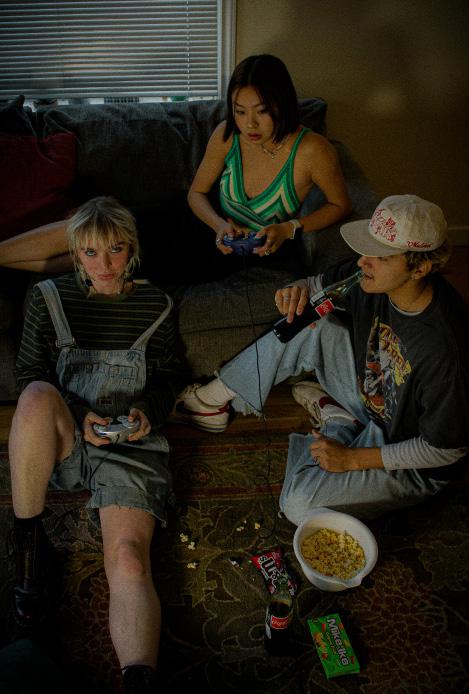
Some women block harassers, seek help, or stand up for themselves, while others ignore hate and harassment. Galloway switches between games if they become toxic and plays with people who will defend and support her. She also avoids verbal communication. “I was always afraid to use my mic and communicate,” Galloway said. “I never spoke so I was never harassed.”
A 2022 survey by FandomSpot found only 22% of women feel comfortable using their mics to communicate with other players.
WRITTEN BY SYDNEY SEYMOURTo conceal their identity, female gamers use gender-neutral screen names. According to FandomSpot, 76% of female gamers hide their gender while playing online. Galloway changed her username from ChristyCat to Rain. “I just felt safer under a different identity,” she said. “The few times I would be brave and talk to my teammates, they would say ‘Is that a gamer girl? Do we have an e-girl?’ I thought we were past this.”
When the term “gamer girl” first emerged, women embraced it and used it to identify themselves and their community. Over time, it picked up negative connotations. It differentiated female gamers from the male-dominated “gamer” culture. Male gamers believed “gamer girls’’ weren’t real gamers at all. Online players used the term to criticize a female player’s competence and lower their status. Now, female gamers consider their gender to be irrelevant and just want to be called gamers.
Further, women rely on their skills to prove themselves as hardcore gamers and outplay their male counterparts. “We over-perform to be seen as an equal,” Galloway said. “There’s pressure to play well to break the stereotype. People think because I’m a girl, I’m bad at the game.”
Even though female gamers are as skilled as male gamers, professional gaming spaces exhibit large gender gaps. According to Dexerto, 19% of Twitch streamers are female. Out of the top 100 Twitch creators, three are women. In 2021, the BBC reported 5% of competitive esports players are women. It’s difficult for women to find success within professional gaming because of the lack of female role models and the risk of hate and harassment.
Out of 3 billion gamers across the world, almost half of them are women, according to the Entertainment Software Association. Yet, gaming spaces perpetuate sexism and stereotypes. The $200 billion industry continues to create content for the male audience, not women and minorities. Toxic masculinity dominates gamer culture. Players are unable to enjoy and engage in all aspects of gaming because of hate and harassment. To overcome its biggest criticisms, the gaming industry needs to realistically represent all identities so players can perceive genders, cultures, and bodies without stereotypes.
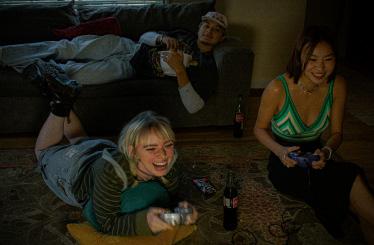
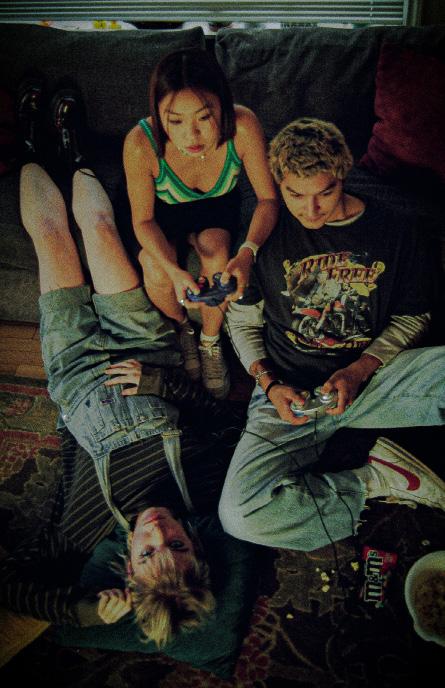
“Thin Line” - honeyhoney
“Raise Hell” - Brandi Carlile
“Season of the Witch” - Donovan “Blue Spirit Blues” - Bessie Smith
“Eyes on Fire” - Blue Foundation
“The Killing Moon” - Echo & the Bunnymen
“The Devil wears a Suit and tie” - Colter Wall
“It will Come Back” - Hozier
“Hy-Brazil” - Allison Russel
“How’s it Gonna End” - Tom Waits
“House of the Rising Sun”- Lauren O’Connell
“Girl with one Eye” - Florence + The Machine
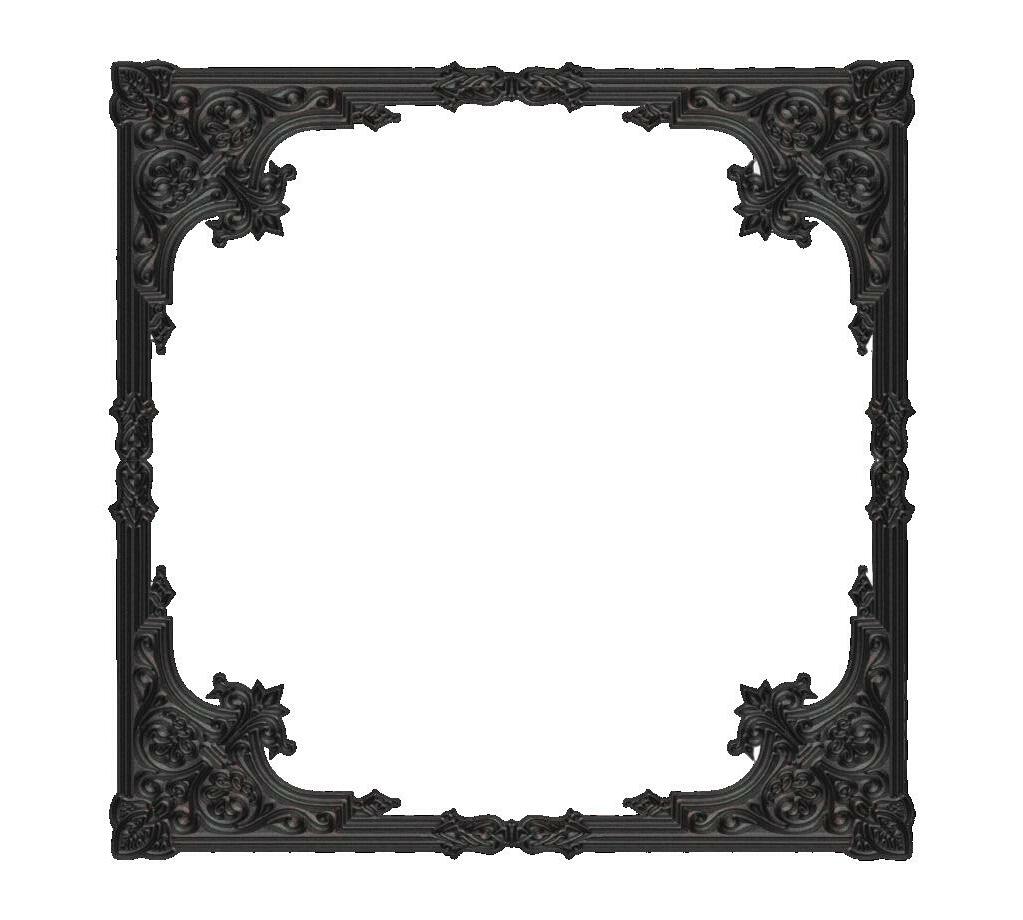
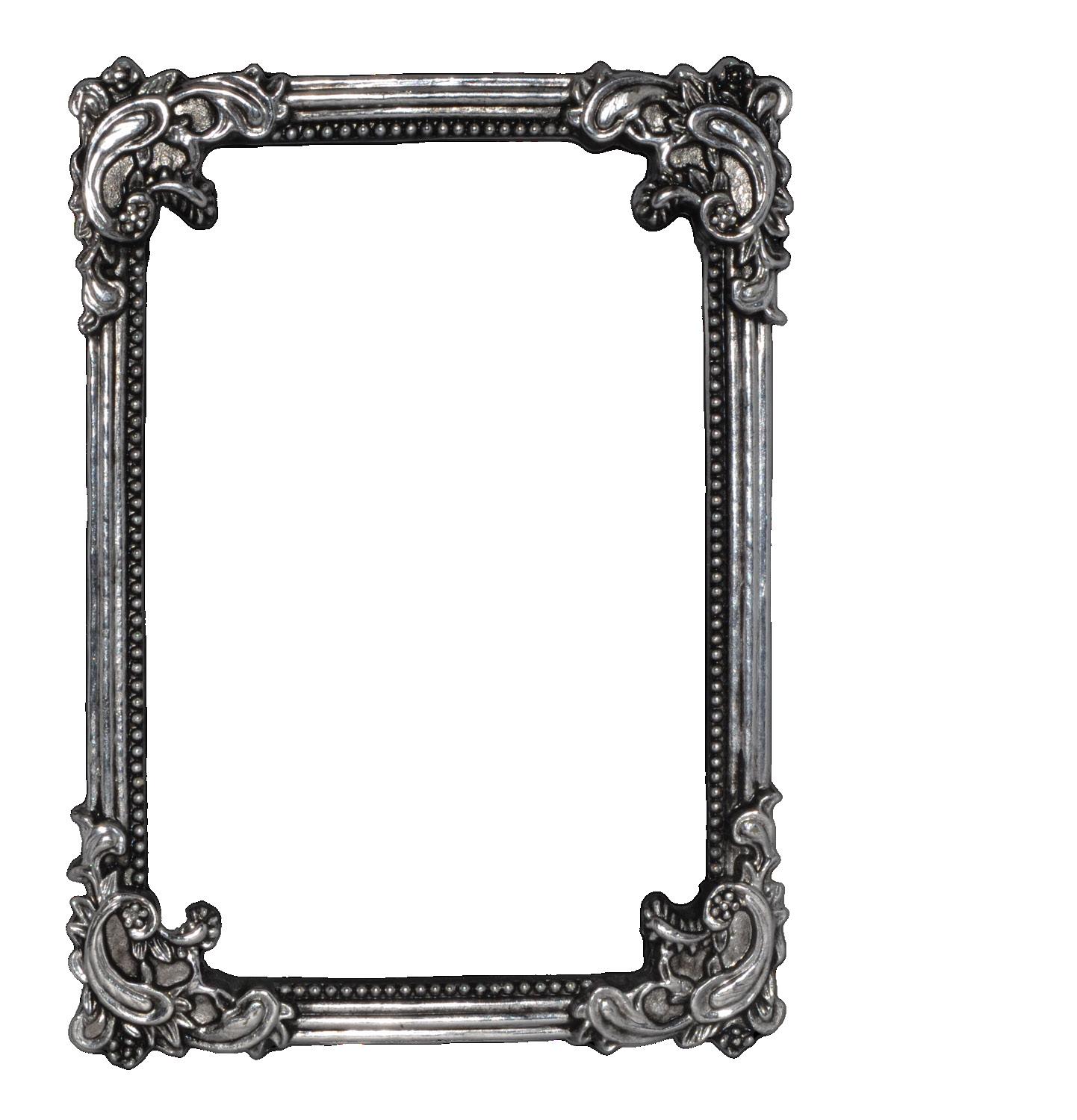
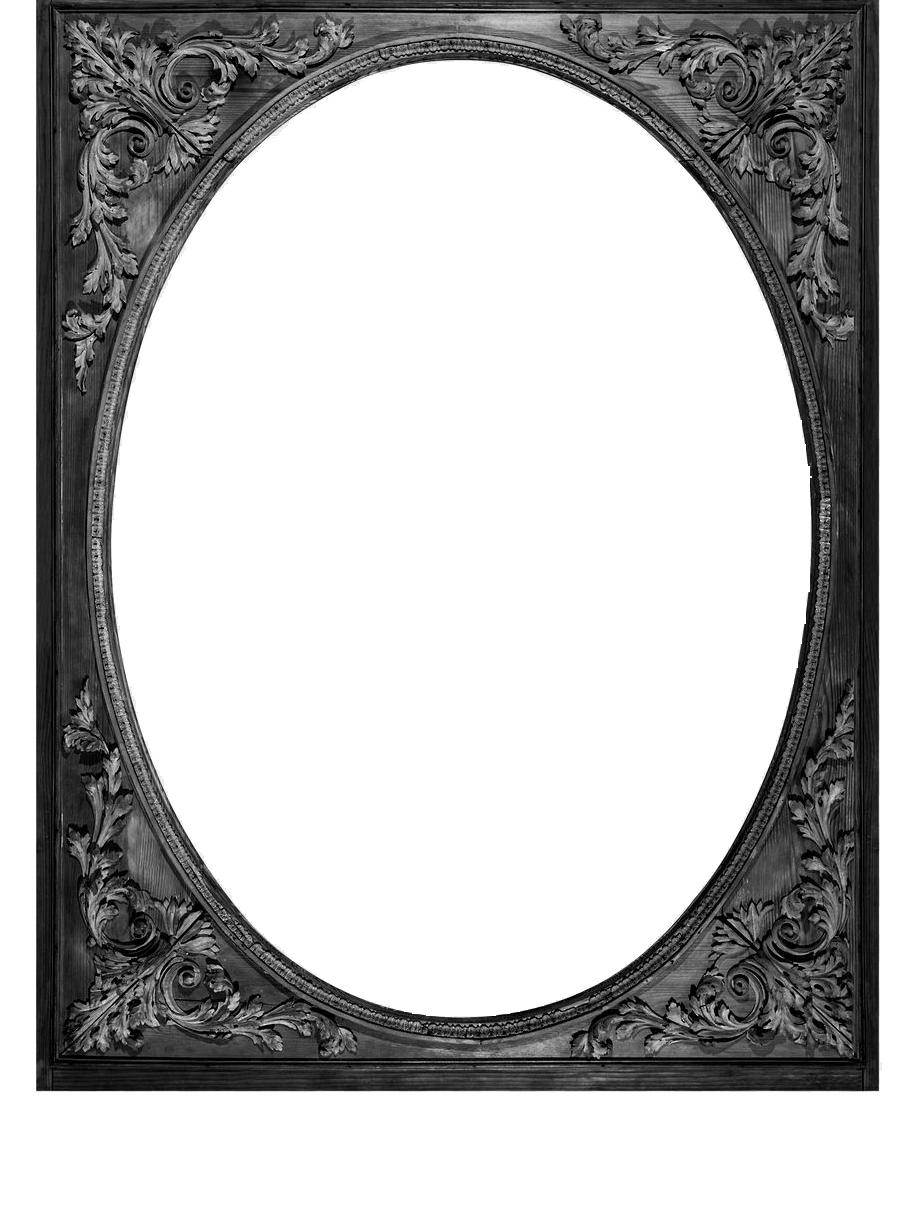

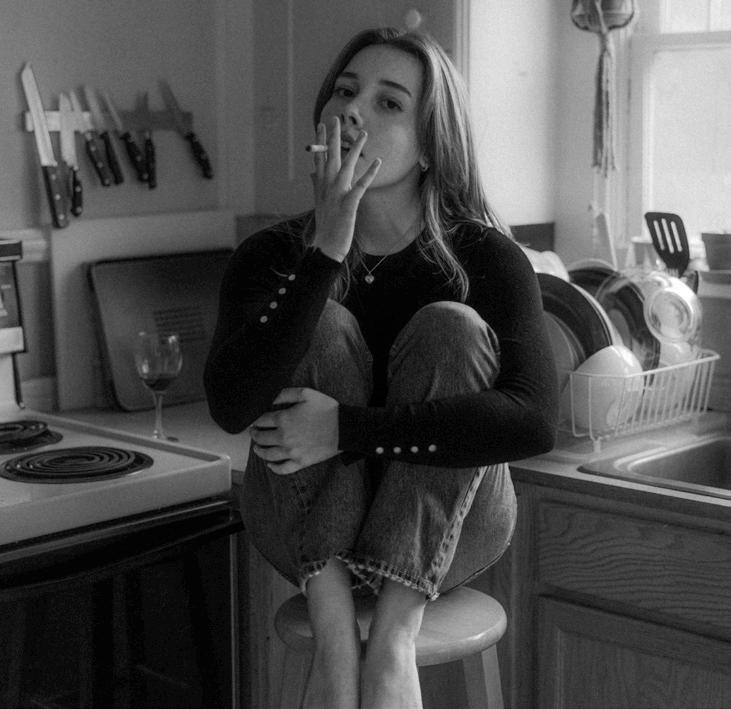
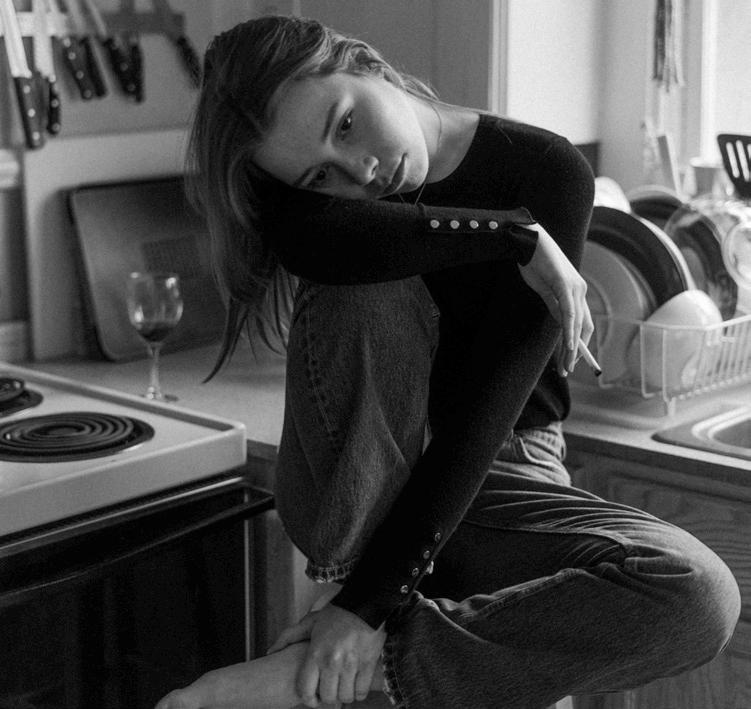
ex perimenta tion and the spirit of icon iclasm defines the French New Wave era of the 1950s. This is characterized by fast-paced editing, , close-up shots and shooting on-location instead of using back drops and styaing in a studio. The films produced during this period tended to focus on topics like religion, class struggle, sexual ity, and youth culture.This forever altered the course of film history with its highly individualistic approach. This often was presented in a docu jmentary style. Many of these films had unsolved endings that left the view er in wondering. Discontinuous editing and long takes and fragmented scenes helped. exemplify this style. The narrative ambiguity was displayed wiith themes like realism and sujectivity. Hazy lighting was common for these films. Many of these films included a cast that was not star-stud ded, but actually friends of the di rector.
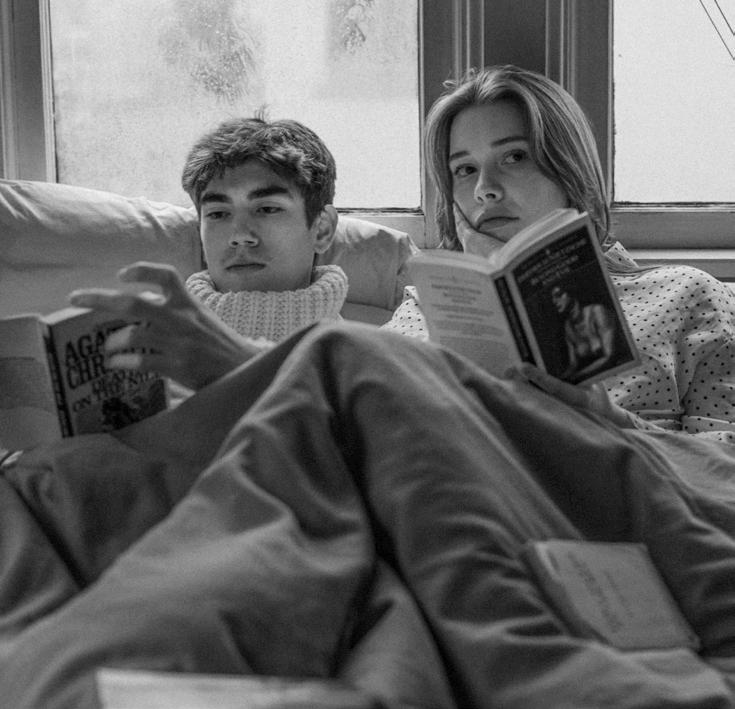

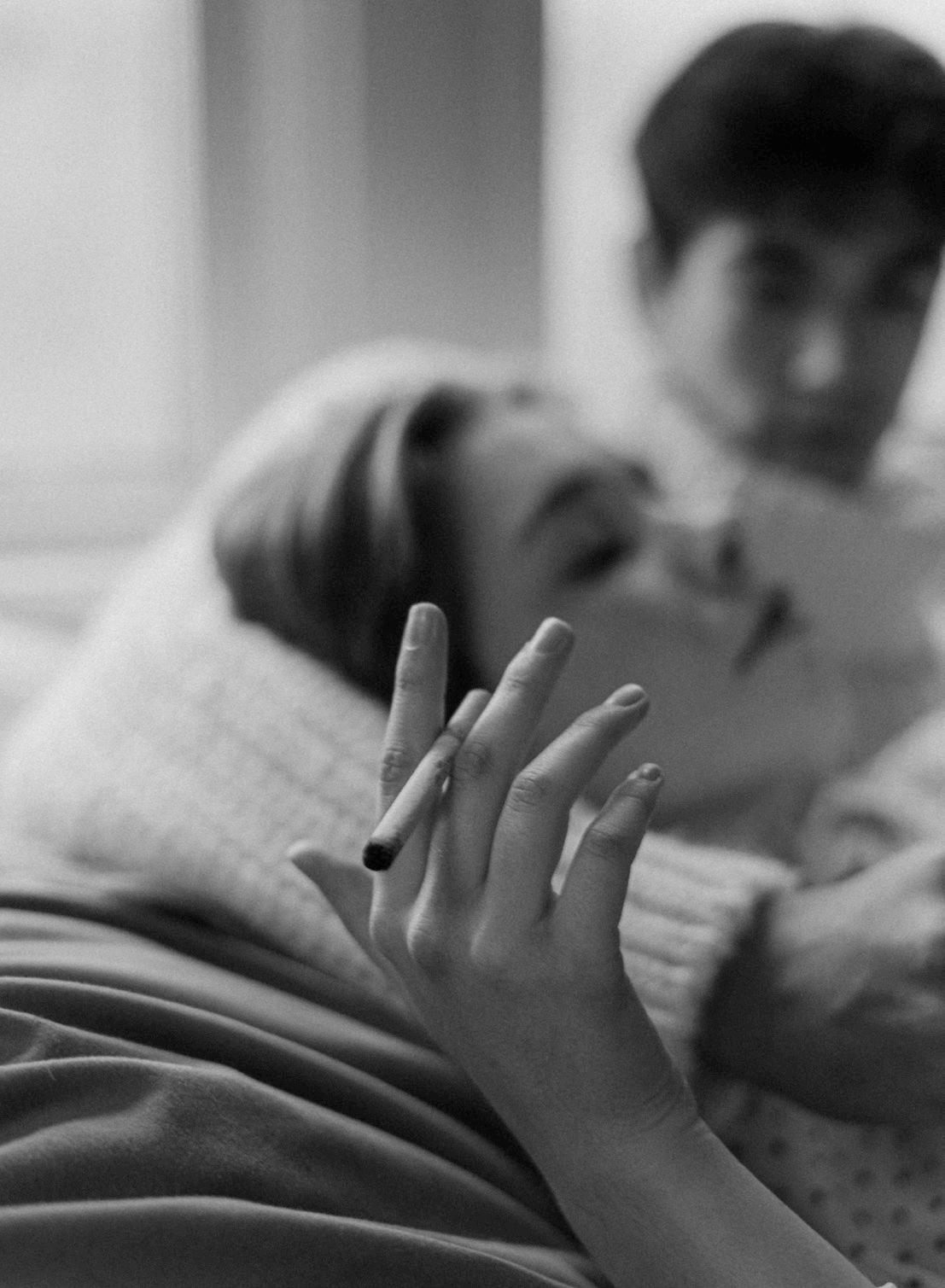
Envision cinematic culture in the 1950s. The film industry in Paris, France is overfilling with talent and stagnant with cash flow. The influences of Italian neorealism and classical Hollywood cinema have caused young directors to curate new narratives. Abandoning psychologically defined characters, clear character motivation, and closed endings, the French New Wave, or Nouvelle Vague, led to a revolutionary cinematic movement.
In need of a facelift, young directors sought out novel ways to reinvent the already prestigious French film industry. Pioneers of the French New Wave movement aimed to reject traditional film practices, incorporating personal expression, experimentation, and real experiences. The youth felt connected to the existential themes that new-wave films represented: the importance of the individual, choice, authenticity, religion, and social criticism.
French New Wave films were shot similarly to documentaries – revolutionizing the use of hand-held cameras. Directors incorporated personal stories to see how far they could push the boundaries of storytelling. Italian neorealism and classical Hollywood cinema films often lacked variety – using the same standard for techniques and content throughout the industry. French New Wave directors aimed to change these standards.
From the early to mid-20th century, films represented harmful familism and gender ideologies. Easily swayed, the youth internalized much of what these films portrayed. In need of fresh brilliance, young directors seized the opportunity to reignite the industry. François Truffaut, Jean-Luc Godard, Anges Varda, and Jacques Rivette all emerged as pioneers of what is now considered the French New Wave.
Many trace the French New Wave movement back to Truffaut. After writing “A Certain Trend of French Cinema,” Truffaut ignited a revolution. In this essay, he critiqued the popular French filmmakers and their common practices. Truffaut decided to put his money where his mouth was: he began directing films inspired by his own experiences, experimenting with new techniques. While money was tight, French New Wave directors like Truffaut sought creative alternatives to production methods.
As Truffaut ignited the flames, Godard extended the movement across the world. In 1960, Godard released his debut film “Breathless,” which took audiences by storm. The
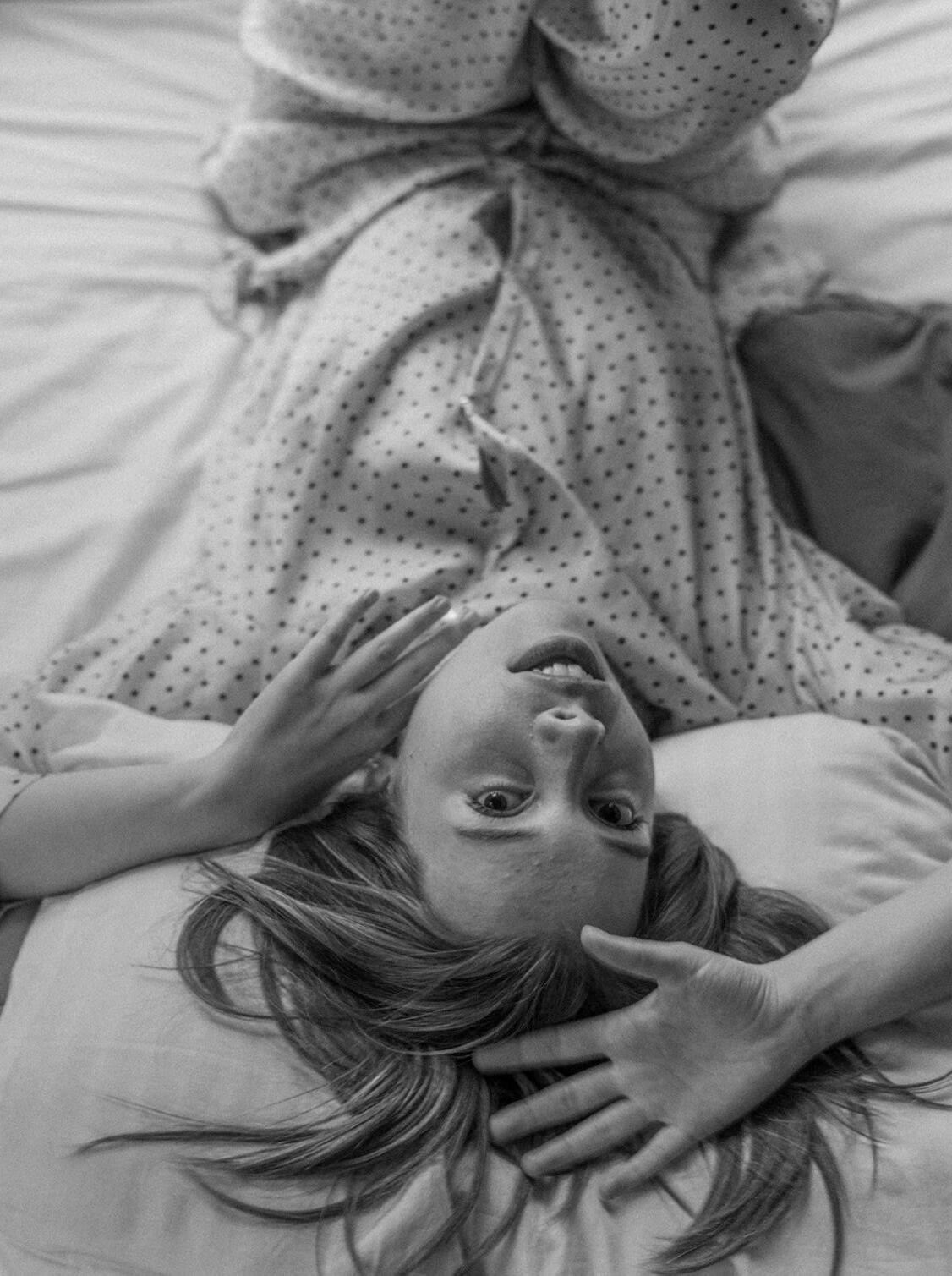
movie completely uprooted the classic American ideologies that films portrayed throughout the firsthalf of the 20th century. As Godard challenged the status quo, other directors began to question the need for conventional continuity editing and miseen-scene.
French New Wave directors had the unique ability to take control. The movement put forth the idea that the author of a film should hold the power, and that author should be the director. This way, directors held full creative control, allowing them to curate narratives toward existential and experimental storytelling.
From here, the movement gained traction. Directors worldwide started to realize the importance of self-expression, variety, and realism. In its efforts to brake traditional cinematic conventions, the French New Wave caused radical change not only in cinema but in society as well. The movements focus on the youth proposed questions about how younger generations are affected by society. It allowed audiences to feel that their struggles were not uncommon – that we all face similar struggles.
WRITTEN BY AMELIA KENNEDY DESIGNER ELLIE NICOLL PHOTOGRAPHED BY LULU DEVOULIN ART DIRECTOR TARA ALDABAGH MODELS NOÉ MAZERES & EMILY ROGERSThere appears to be an agreement when it comes to those who have vaped for the first time many years ago: if they could all go back in time and smack the vape out of their hand, they would. On college campuses, where vaping is very common, similar conversations, like above, about vaping aren’t uncommon. They usually go, “What do you use?” and “How often do you go to the store?”
As we’re aware nicotine is an addictive chemical. It has also become an expensive chemical. But this hasn’t stopped the “trend” of vaping on college campuses. Juul was released back in 2015 and began to rise in popularity in 2017. Today, seniors in college have lived through the vaping trend that originally bloomed during their junior year of high school. That’s a while.


Many college students have friends that vape regularly or socially, starting in school. Nowadays, if anyone is out at the bars in Eugene or hanging out in dorm rooms on campus, chances are they may pull out a Vuse, Juul, or colorful e-cigarette device. The conversation has shifted and now usually goes, “It tastes like peaches,” or “Do you want to switch flavors?”
An interview with a University of Oregon senior student allowed them to speak about their vaping experiences. For the purpose of this article’s topic, they wished to remain anonymous.
“At first, I was a walking anti-vaping ad,” they said. “Even during the start of my freshman year I thought it was bad, but then something in me just switched and I didn’t care anymore.”
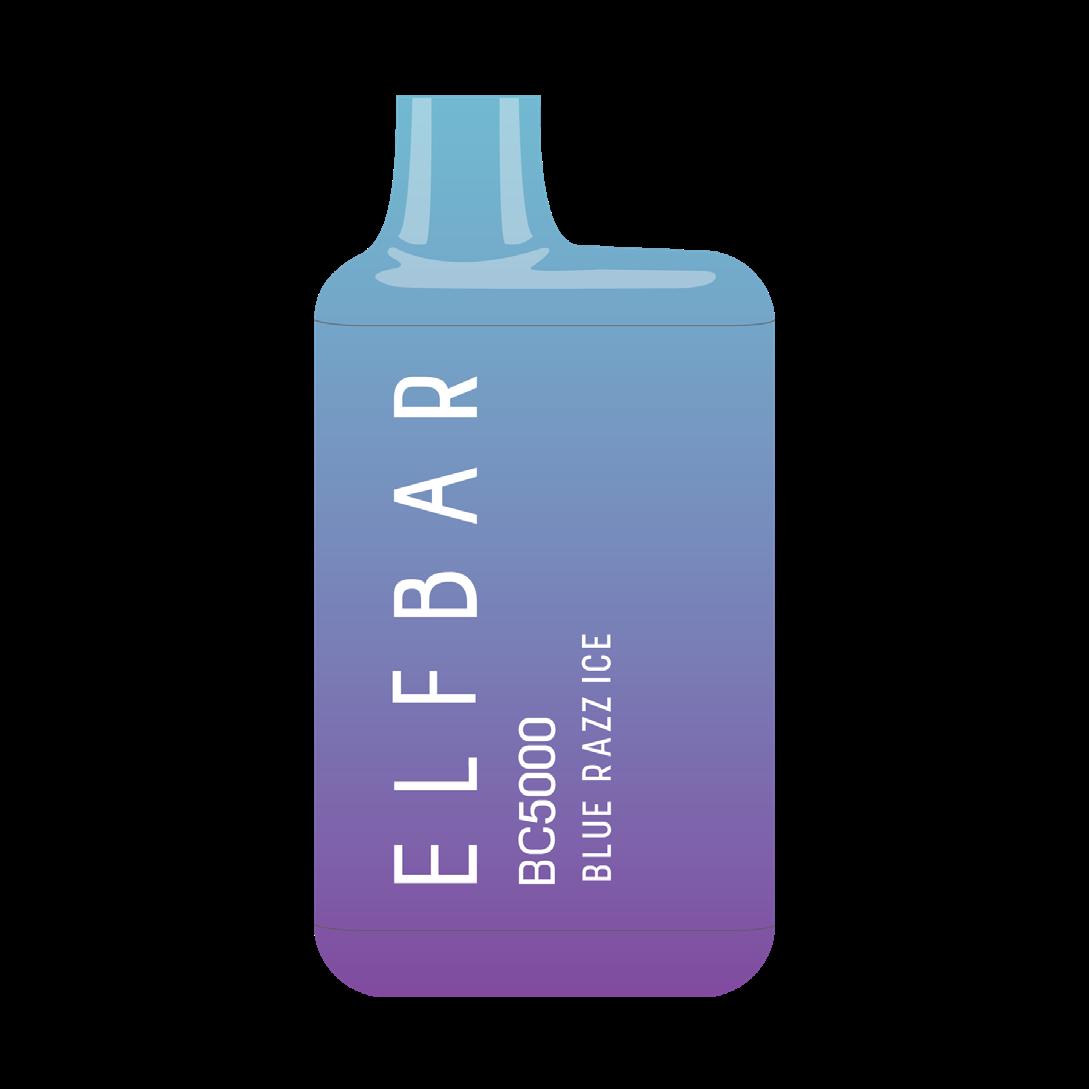
The interviewee also noted that they suffered from mental illnesses. The college student admitted they tried using a vape to curb their anxiety, but the act of vaping only made their disorder worse.
“For a while, I was under the impression that vaping was helping as a distraction [for my anxiety],” they said.
And despite the relative awareness of the harm vaping can cause like tooth decay or a spike in stress, statistics point out that an increasing amount of college-aged adults are beginning to vape. According to an article published in 2020 by the National Institutes of Health, a survey from 2019 found that vaping nicotine rose 14% in 2019 compared to a 5.2% usage in 2017 among 19 to 22-yearolds. This was even apparent in the interview:
“All of my friends were vaping, every single person I knew. One of my friends one day surprised me with a pink puff bar and I tried it and was sold,” they said.
It’s easy to follow suit because being in a community of college students where you partake in similar activities makes you more inclined to do those activities. It’s psychology: according to a PsychologyToday article published in 2017, other people’s behaviors influence us because we use their behavior to navigate our lives.
This was shown in a social setting described by the interviewee. A time when they lived in the dorms freshman year brought back memories of bonding. On weekends after a party or house show, we’d be in my friend’s dorm, play music, and sit around the room with uniquely arranged furniture, the college student said. The common denominator: a vape.
“I lived across the hall from a triple of guys. We became really good friends. I would hang out in their dorms with all my friends,” the college student said. “Mostly we would be chatting, they would be
vaping, and as the year progressed, me and my friends would be vaping. When there was a lull in the conversation, people would pull out their vapes. It felt like a way of communicating ‘you’re cool and I can trust you’ and ‘you’re in on this too,’” they said.
Vaping in college also has its novelty. When someone vapes or Juuls, there is no having to deal with the smell of smoke like when smoking a cigarette. The flavors also have more variety. This is another one of the reasons why vapes are so popular among college-aged students.
This doesn’t include the withdrawal symptoms that come with trying to quit vaping. The interviewee touched on this too.
“My sophomore year when I tried to quit I noticed that I would stop sleeping and was very irritable. I think both of those things were harder to identify because of quarantine,” they said. “For much of the time I was underage so there was a lack of supply, so during the periods I didn’t have a vape, that’s when I was itching for it and feeling jumpy,” the student said.
Questions about vaping popularity among students and what the long-term effects are are still in debate. Regardless, picking up that vape for the first time could lead to like-minded conversations among peers, but it could also
myself grabbing the letters and grabbing those sentimental valuable…. I have an expensive necklace that I forgot but I brought my great grandma’s signature on the last letter she ever gave me.” Kaplow has been collecting letters for as long as she can remember, an experience that is not unique to her. We all know someone who holds on tightly to every card, letter, or
a letter written to Eloise Reese by a friend’s dad before she left for college. Like Kaplow, Reese has been collecting letters for years. She memorializes her letters by taping them on her wall and storing them in a box. “[The letters] show me that people love me, they care for me, and take the time to let me know about something I can hold onto forever. You


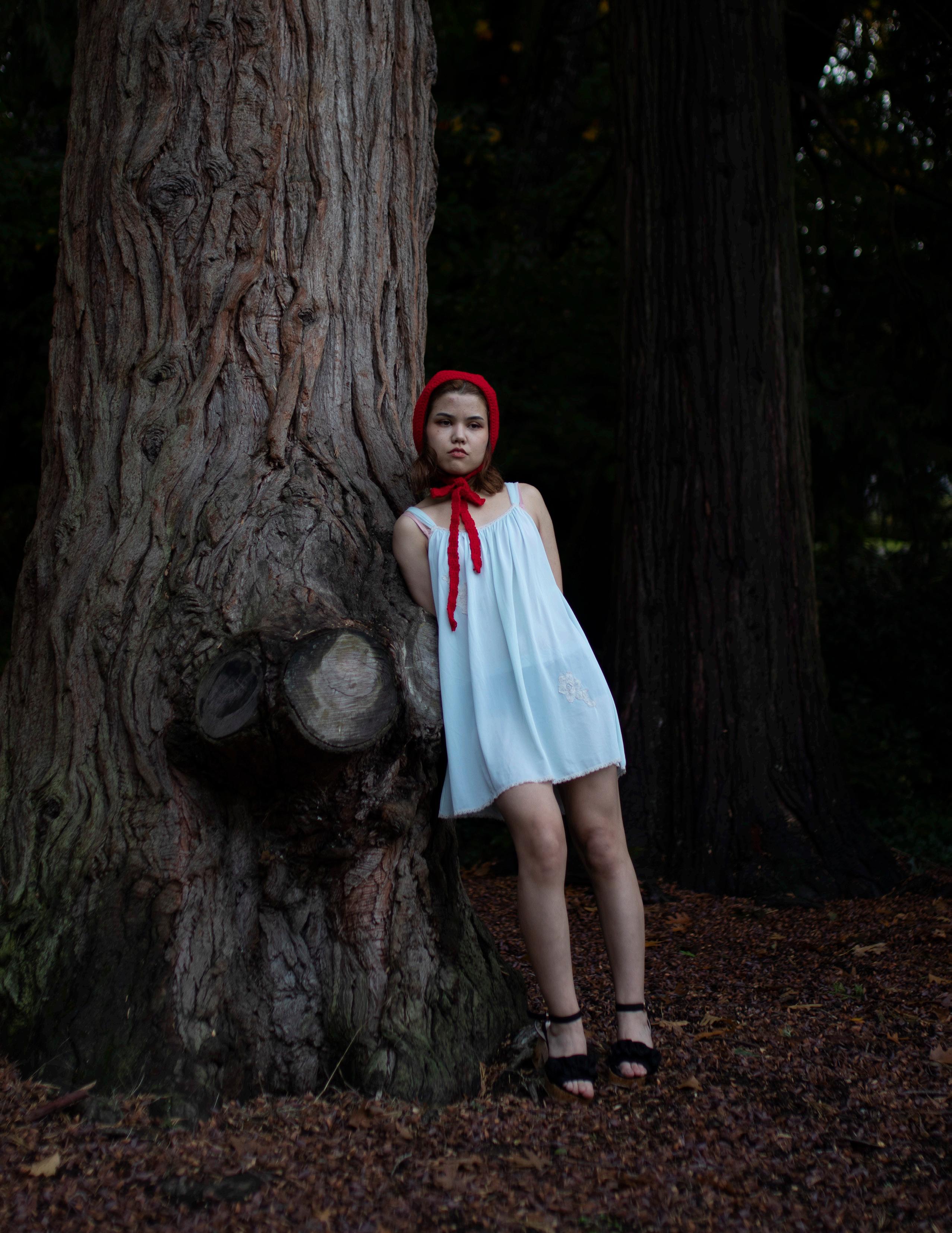

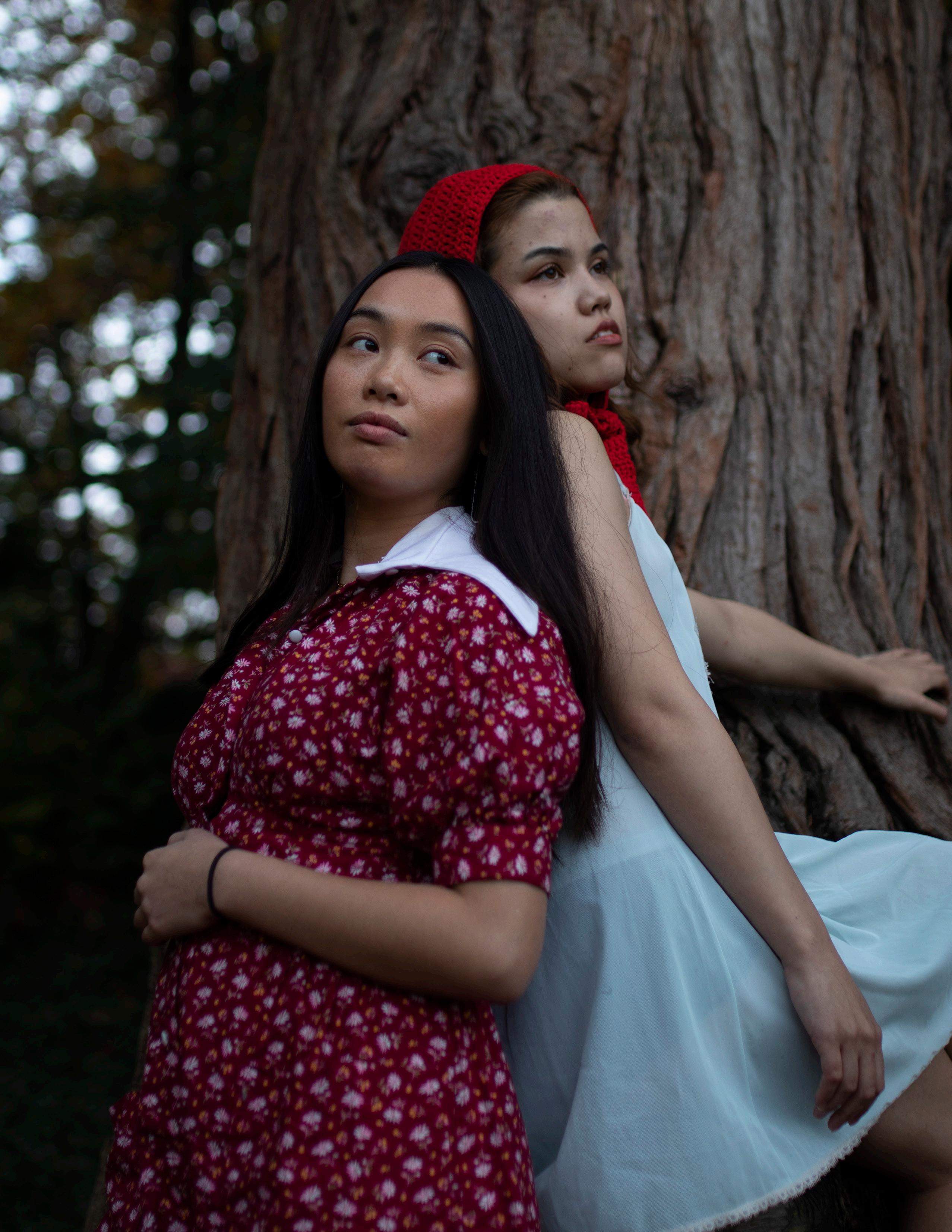 MODELS AYAME ELIASON, & EMMA HALL LINDEN
MODELS AYAME ELIASON, & EMMA HALL LINDEN
can forget what people say to you, although you may hold onto that feeling. [With] letters, you never lose what they say,” said Reese.
Letters are a beautiful preservation of emotions, relationships, and periods; they’re also a love language and give an outlet to people who can best express emotions in a written form. This encompasses a wide variety of little love notes such as leaving sticky notes on your roommates’ mirror to tell them good morning or a long exposition of why someone has changed your life. Writing a card or a letter takes time and care which does not go unnoticed or unappreciated by the recipient. “Someone took their time, maybe even went out of their way to write or draw something for me and I value that a lot,” said Denise Akabey. “I value the time and effort each person has put into what is given to me. I keep them as a reminder of what life was like back then and as a reminder that I too am loved.” Recognizing the time another person took to do this illuminates the meaning behind their words and can put relationships in a new perspective.
Writing and receiving letters gives insight into feelings toward other people and an outlet for expressiveness. Writing a card is more than just the note itself, but the thought that goes into it, the occasion in which it was written, and the intention you have for the other person to peer into your emotions. “Collecting these small things to remember a moment gave me the sense that I shouldn’t throw something away if later on in life it can help me remember a time that was special to me or someone who I cared about,” said Gabriella Sgro.

For some people, letters also connect them to their families. “My granddad had a difficult time writing, so he typed out emails to me and I’d print them out,” said Peyton Hall. “There’s one in particular that he sent to me when I was
in middle school. He was congratulating me on an orchestra concert that I’d been in. He got so many of the facts messed up, but the heart of the message was there, and it’s one of my favorite letters 10 years later.”
Letters are enveloped in personality and serve as a reminder of our loved ones. “I had two great grandmas growing up and they used to both write me cards, mostly for birthdays…. now I have the next generation, my grandma, she writes me letters all the time. I definitely cherish the ones from older generations,” said Kaplow. Letters can connect us to the generations who don’t utilize social media or who we can’t see often.
Like Kaplow and Hall, letters from my family hold immense value to me. Aside from when I can see my grandparents in person on holidays, I communicate with them largely through mailed letters. My grandma learned shorthand, an abbreviated written language, as a secretary. Later, she taught me some symbols so we could write to one another. She writes two notes with the same message— one in shorthand and one in print—so I can learn the symbols. I’ve kept and cherished every letter that we’ve exchanged.
Rifling through my box of letters I can come across a range of moments: my 15th birthday card from my grandparents, the letter my mom gave me when she left me for college, the note a best friend gave me to tell me she loves me, a letter from my ex-boyfriend attributing his gift of socks to my forever cold feet, and a love letter from a peer when I was 14. A collection of letters is more than just a shoe box of old memories; it’s an alcove of feelings, intentions, and moments in time—good or bad—that can be held onto forever.
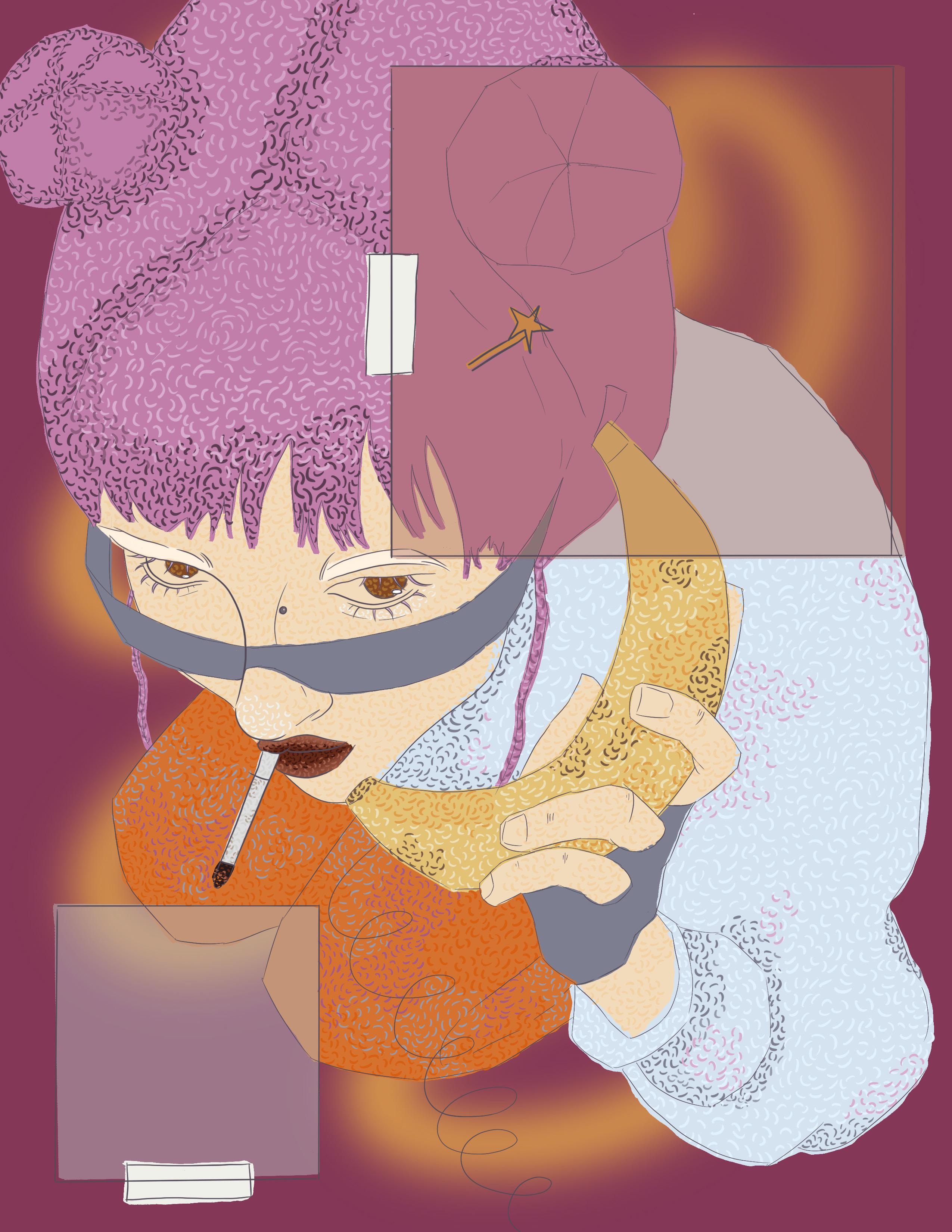
As Gen Z has become the trendsetters in the fashion world there’s been a shift in popularity from minimalism to maximalism. Maximalism originally comes from home decor, but when applied to fashion it usually means layering, accessories, and pattern mixing Some of this can be attributed to the fashion cycles like the trends that are callbacks to the 80s and 2000s, but the Harajuku fashion shares similarities with the Gen Z maximalism aesthetic.
Harajuku fashion was most popular between the 80s and 2000s and refers to a general theme of maximalism, but isn’t specific to one subculture. Its elements include oversized clothing, many accessories, and a blend of Japanese and Western fashion. FRUiTS Magazine was filled with photographs of young people in the Harajuku district, and is now a staple on maximalism Pinterest boards.
For Gen Z, the pandemic caused youth to look for change after wearing the same clothes inside for months. The DIY aspect of maximalism became the opportunity for both a new hobby and a way to spice up their surroundings. The limited opportunities to go out made people want to display their favorite clothing and accessories at one time.
For teenagers and young adults in Harajuku, their style was inspired by the Ganyu style that gained
popularity after an economic crash in Japan in the 60s. When the economy crashes there tends to be a resurgence of over-the-top styles. Similar to Gen Z maximalism, despite young people struggling with finances this over-the-top style is trending.
Maximalism doesn’t require you to buy new items, but instead gives inspiration for styling old pieces. When the news has been so depressing, Gen Z has responded by filling their homes and outfits with all their favorite elements which feel uplifting when the world feels like constant doom and gloom.
Gen Z maximalism has several possible explanations, the trend cycle has brought in the more bright colors and large accessories of the 80s and 2000s. Another possible source of inspiration for the Gen Z trend is the popularity of the HBO show Euphoria, known for its overthe-top makeup looks and outfits. The colorful makeup inspired much more creativity and freedom of makeup.
Minimalism in the 2010s previously represented a more conscious consumerism and care for the environment. The simple aesthetic looked clean, but the need to constantly purge items led to waste and excess donations or items thrown away.
Marie Kondo and her method of keeping only what “sparks joy’’ and getting rid of everything else was
popular among people not sure how to emulate the ideal minimalist lifestyle. Looking back at Marie Kondo and her cleaning methods, people were constantly purging their collections.
The key to a maximalist wardrobe is building it up over time, a pattern that opposes the Marie Kondo method of discarding clothing once it’s no longer new and exciting. Maximalism reimagines an existing and growing wardrobe, and the best place to build a maximalist wardrobe is a secondhand store — which keeps items from ending up in a landfill.
Harajuku and Gen Z maximalism both are influenced by the social movements of their times, but have some overlap as a response to beauty standards. Harajuku fashion especially tends to be oversized and inclusive to different body types. The oversized style and lack of rules allow people to wear what makes them feel most comfortable. It rebels against Japan’s beauty standards and strict fashion norms.
This trend in both Harajuku and Gen Z represents a rejection of old beauty standards in favor of creativity and free expression. Femme presenting people especially, are disillusioned with the beauty standards and dressing for the male gaze. Maximalism and Harajuku gives trendsetters the freedom of self expression along with defining their own terms of attractiveness.
Whenpeople think of the fall of the Berlin Wall in 1989, the birth of an underground subculture isn’t the first thing to come to mind. Yet the politically charged historical monument and the reunification process of the 90’s, all contributed to the techno and electro scene that thrives in the city today.
According to Walk With Us Tours, as West Berlin and East Berlin began to come together, the revolutionary and free spirit ideals of the 90’s, mixed with a desire for total freedom, quickly made clubs a place to escape from reality. It didn’t take long for Berlin to become the hub of electro and techno music. The hammering and repetitive bass lines struck a chord with the audience and DJ’s became more and more experiential. Plus as NPR researched, thanks to Heinz Zellermeyer and the 1949 Whiskey negotiations, Berlin’s lack of curfew meant that clubs never had to close their doors and bars like Sisyphois could party for six days straight.
The clubs were often built on the same ideas that formed their audiences. It wasn’t about creating a nightclub, but a lifestyle where people had the opportunity to express themselves. In particular, the club :// aboutblank (yes, that’s it’s real name!), prides
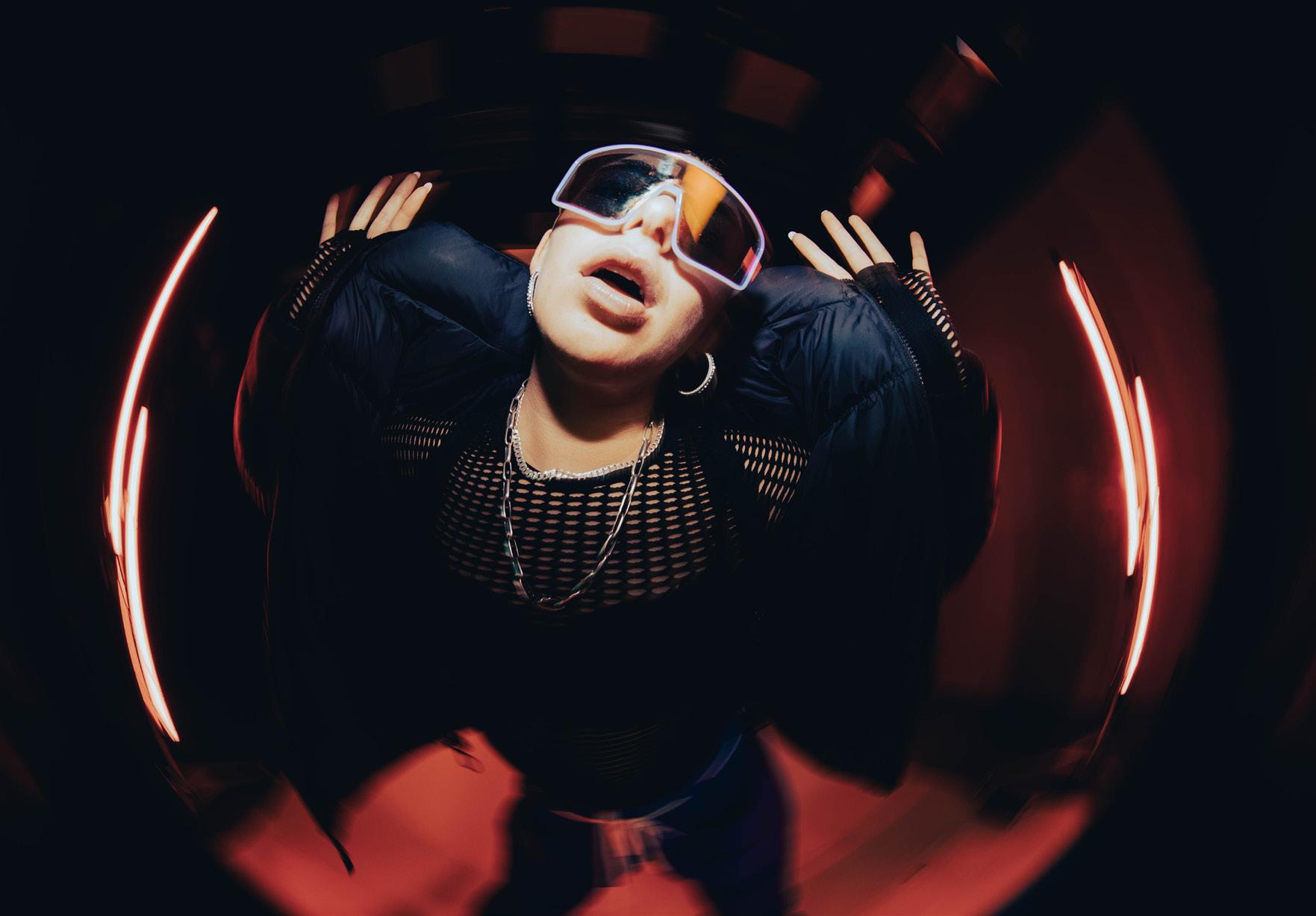
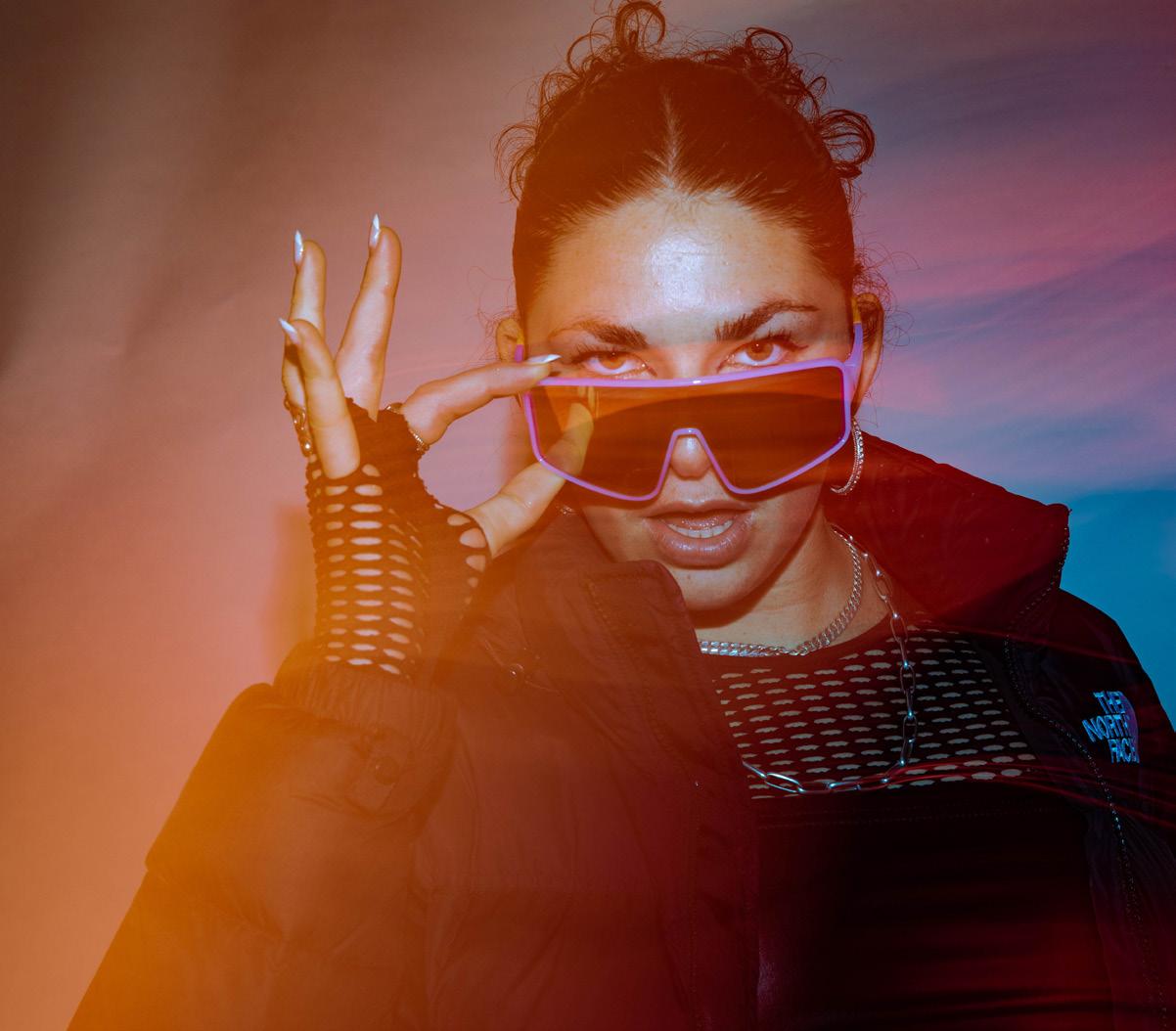
themselves for being an inclusive space focused on deconstructing existing power systems. Many of these clubs were started by the LGBTQ+ community to create a safe space where people can be themselves.
Despite their history of progressive politics, many Berlin underground clubs have a reputation for selectivity and exclusivity. Berghain, which is considered by some as the World Capital of Techno, is accredited for making the strict door-entry policy famous. Berghain’s selectiveness doesn’t stem from elitism, but rather their historical roots as a LGBTQ+ sex and kink club and their desire to create an idealistic atmosphere. This value of creating a safe space exists today and many door selectors, those who chose who gets in and who doesn’t for a club, say they let people in who seem to be authentically themselves. That doesn’t mean authenticity is necessarily enough to get you in; if you’re trying to gain access to a selective club, you should know what’s going on: who is playing and adhere to a certain dress code…sort of.
According to several original members of Berlin’s underground club scene, fashion was never intentionally part of the subculture. As
The Face says, the underground club subculture was built on -isms, such as anti-capitalism, so there was never a desire to align with big businesses. The style is typically seen as a mixture of sportswear, fetishwear, and vintage clothing, but as it is a space that gladly welcomes misfits, there are no restrictions. There’s a focus on originality, and nothing will get you denied faster at the door than trying to be something you’re not. Most clothes are black, and often made of leather, with pops of color on edgy sneakers. The fashion reflects the underground club’s techno history through pieces like vinyl pants or mesh paneled pieces. High fashion, futuristic, edgy looks make an appearance, as does its counterpart of a DIY ethos of ripped shorts and studded jackets. Basically, anything works as long as it’s authentic.
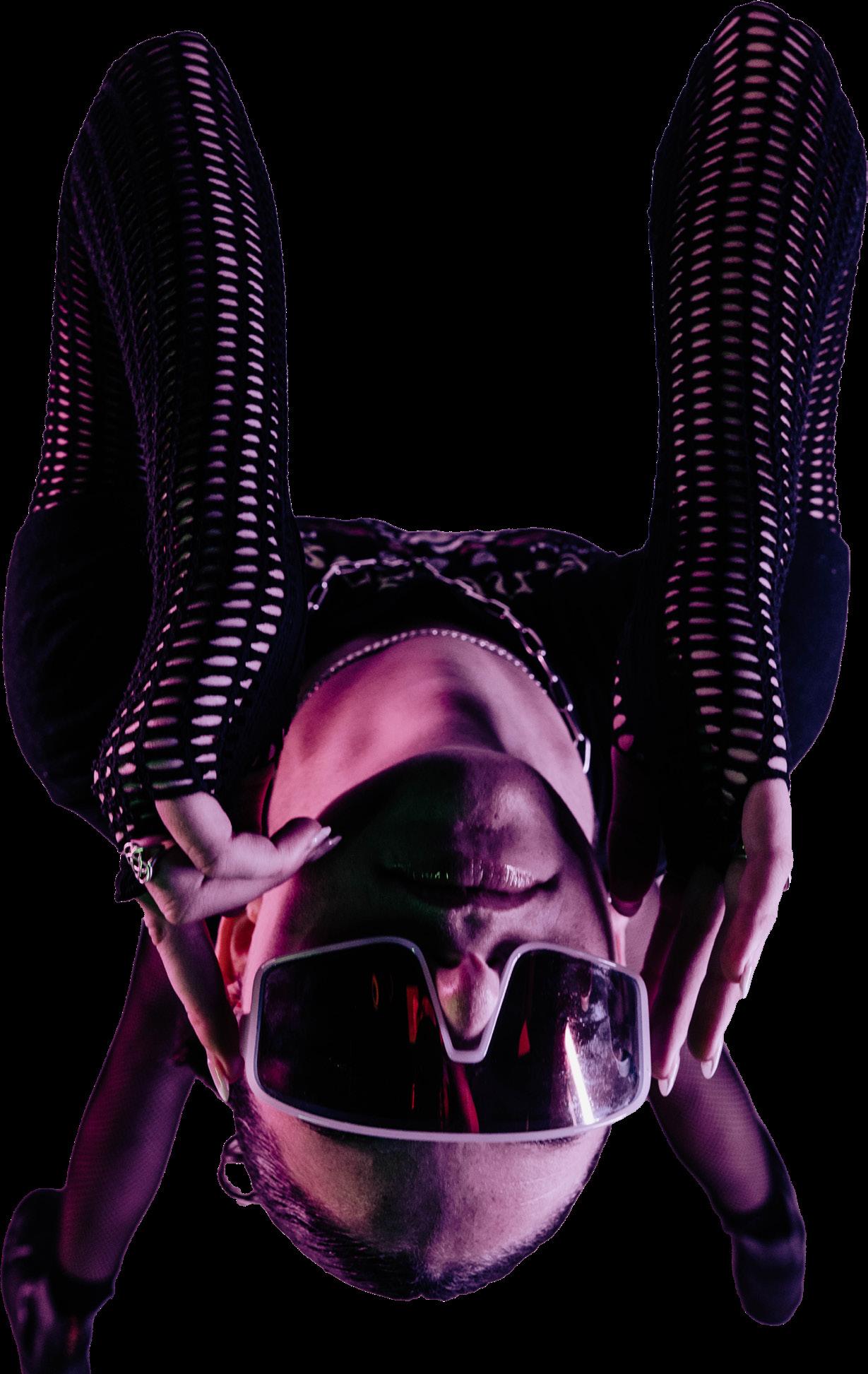
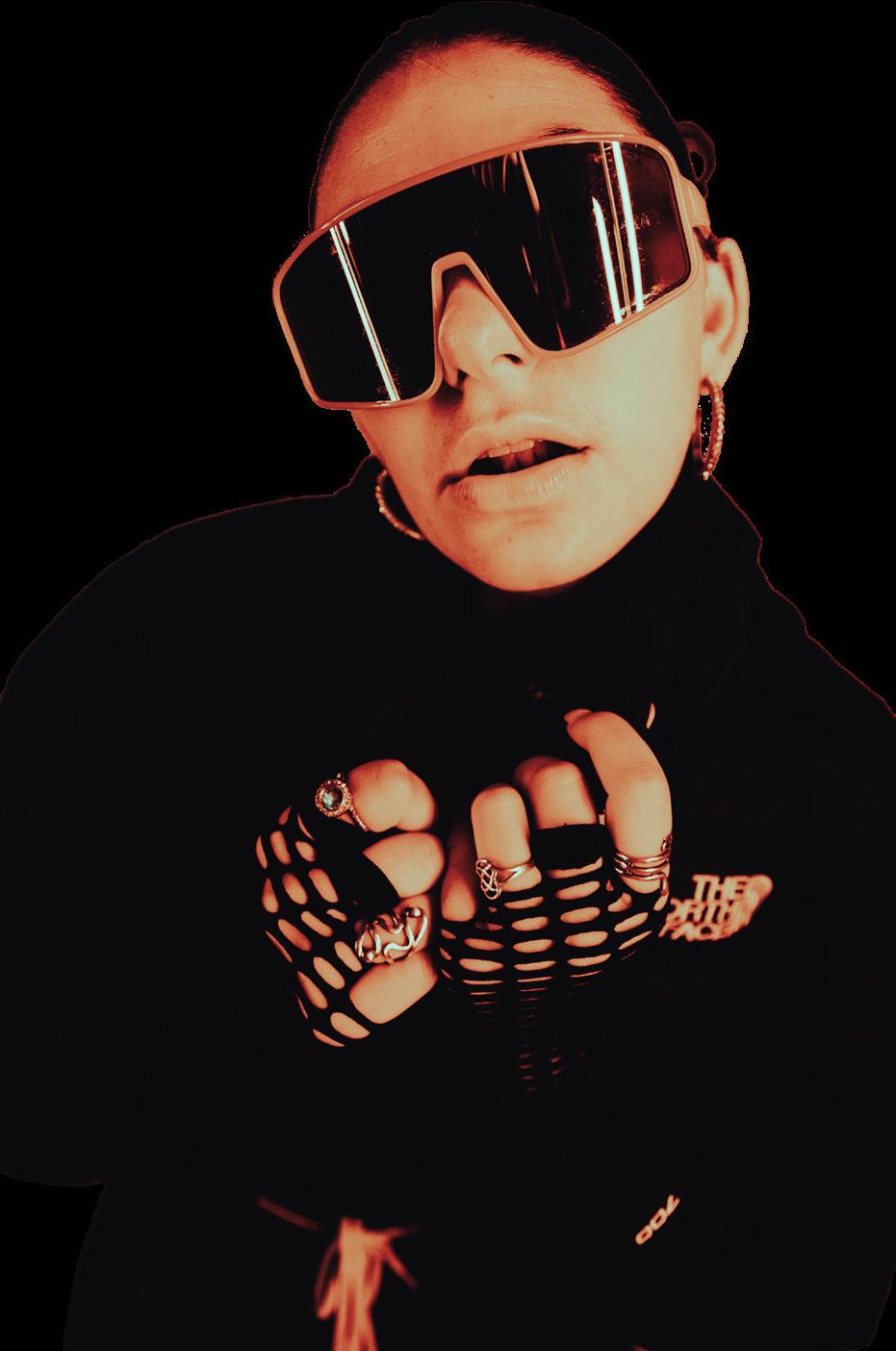
The clubs have come a long way since their debut in the 90s, especially recently with surviving a global pandemic. They’re more
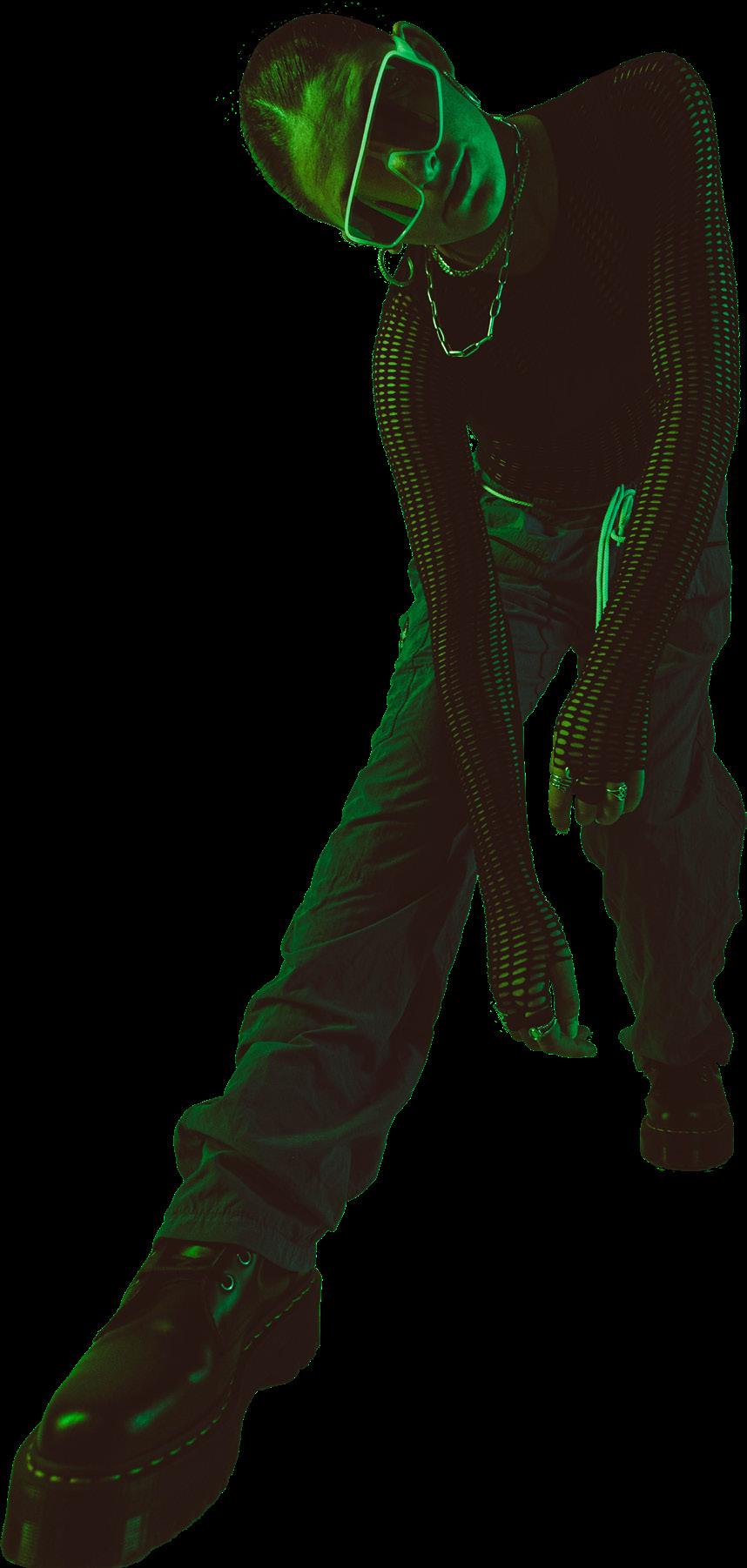
publicized now, the fashion has become mainstream, and as a result, for many original clubbers, according to Crack Magazine, the scene feels much more isolated now. Similarly, there’s a frustration with the music as everyone waits for the next big thing in the dance music industry. Many DJs and producers feel that there is nothing “fresh” anymore, especially as the clubs become more mainstream. That being said, a lot has stayed the same. It still retains an aura of mystery and black stickers are put over phones to stop people from taking any photos or videos. Values of freedom, self-expression, and authenticity are still present, and the clubs remain a labyrinth of creative expression.

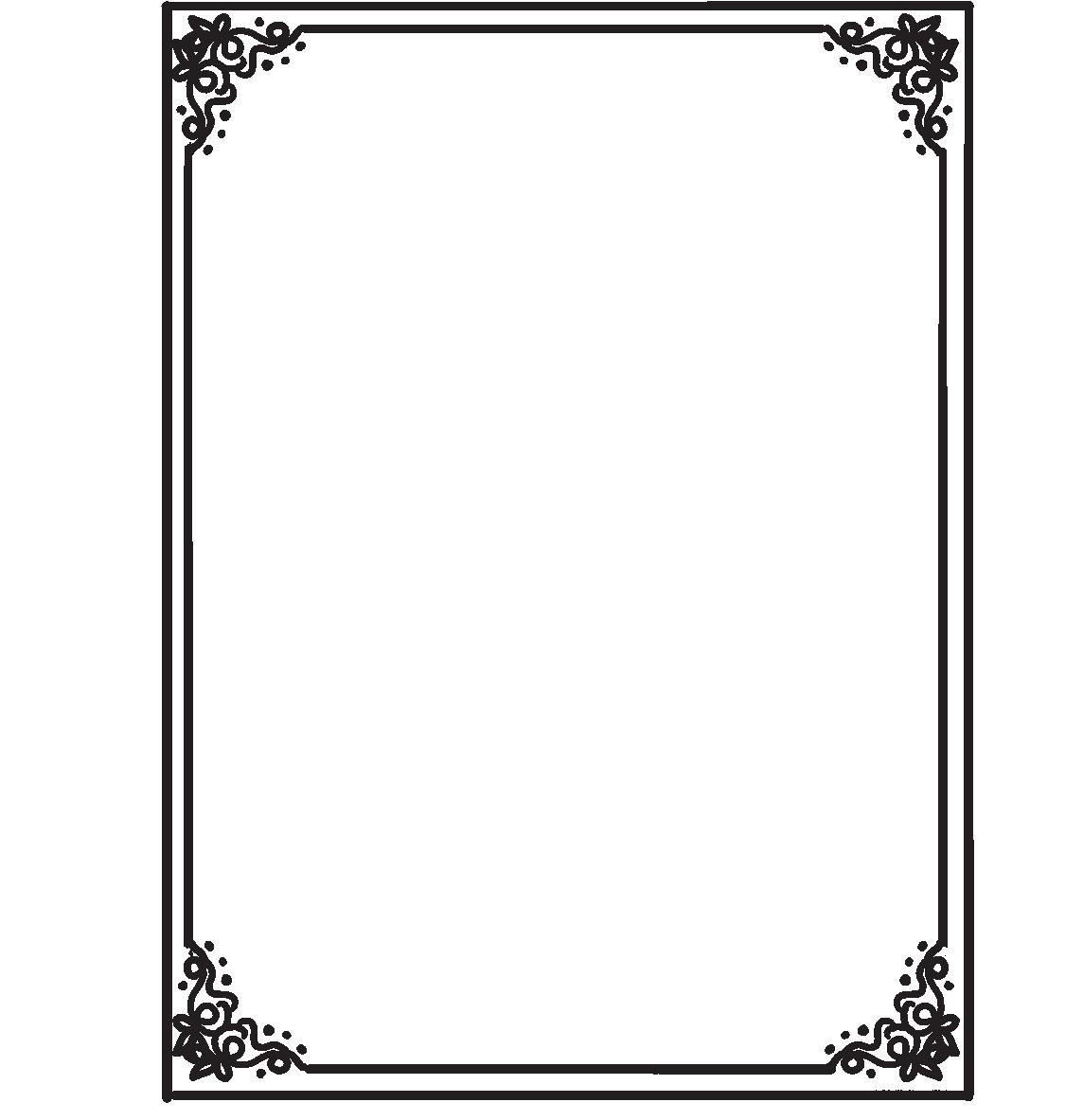
used to lay in moss and watch bugs crawl on petals, mud soaking my dress skirts. I ran through an uncharted bramble; tree limbs grew thick behind me, guarding me from ghoulish shadowlurkers. I climbed thorny vines up brick-laid playground towers. I bit into softened fruit, danced under willows and befriended the Earth.The enchantment of my youth burned like this for years, but I’d long known fate would snuff its flame out eventually. Of course, we’ve all heard the tales before — witches feasting on fattened children, wolves stalking after red-hooded girls, apples poisoned with the promise of a deathly sleep.
Only the stories I knew seemed real, and I read them obsessively. My first was a Brother’s Grimm collection with gold-trimmed pages brimming with frightful allure. The Grimm brothers were prolific folklorists, who in true early 19th century European fashion, cast a dark spell on their pages. Hans Christian Andersen and Charles Perrault, the credited authors of The Little Mermaid, Cinderella, and Little Red Riding Hood, also wrote with these morbid motifs. A cursed subversion of the distilled animations we know them as today, these stories more closely resembled horror films than our beloved Disney classics.
The original Cinderella, perhaps one of the most commonly reimagined stories of all time, would be nearly unrecognizable compared to its sparkly blue counterpart. In the Grimm-collection, no fairy godmother wields her magic wand. Instead, Cinderella, an unloved daughter who sleeps in chimney ash, weeps at her mother’s grave until birds drop down dresses of gold and silver for her to wear to the ball. There she dances with the prince, and of course, leaves behind her slipper — bringing a whole kingdom of women to slice their toes and heels off in an attempt to fit it. The prince finds Cinderella, and at their wedding, birds chirp, sing and gouge out the stepsister’s eyes with sharpened beaks.
Most fairytales followed this forbidding path — Ariel’s tongue is cut out, Rapunzel’s prince is blinded, and Snow White’s murderous mother dances on hot coals until she burns to death. Many historians suggest that these stories were violent for a simple reason: the world is violent. They reflected the reality of the brutal medieval society that people lived in, and they taught harsh lessons. The pious are rewarded. The wicked are damned.
Today’s stories teach far less valuable truths, if not blatant lies. When stories are told to appease a consumer, they become less a mirror that reflects reality than they do a blank screen. People

want to watch and read what’s enjoyable, expecting fulfillment. Thus was born one of the greatest lies in story-telling history — the “Happily Ever After.”
The “Happily Ever After” is an inherently capitalist trope. It follows a protagonist’s journey through obstacles and grief, only to prevail and become a symbol of success. But when we highlight the achievement of one oppressed person, we tend to ignore the largely remaining struggles of the oppressed group. We teach that those who make it out are more valuable than the ones left behind.
Folklorists didn’t strip stories of suffering. The good did not always win, and if they did, it was not without loss. Without this authenticity, stories lose their ability to connect us over our shared human experience. A happy ending does not depict the real human experience – it doesn’t exist.
Folklore taught me that the world is cruel, but that doesn’t mean it isn’t also beautiful and good. There exists this simple, wondrous nature of life itself; there is something divine about the human spirit’s ability to live and love in spite of suffering. The stories that teach this, that show the true trials of life, strengthen us. They connect us all in our shared humanity, they give us a space to exist as we truly are.
The stories we tell matter. When we choose to focus on consumer-catered fiction, we lose touch with reality. I don’t simply mean the fairytales we’re taught as children, but our dramas, our rom-coms, our Oscar winners. Our reality TV and magazines. They distance us from things that are difficult to hear. But maybe if we listened more to others’ truths, we could feel what they feel. We could empathize, care, relate. We could imagine why we care only when it is us who is experiencing the pain felt all over the world.
Stories have always been how we chart history and share the human experience. The ability to craft words into worlds for others to take root in is powerful — and for years we have chosen to pass these gifts through generations for a reason. Stories connect us to one another and help us understand why the world is the way it is, why we are the way we are. Stories are what bind us, break us, and give us something to believe in. Stories are the most magical thing we have on Earth.
WRITTEN BY CALE CRUEGER ILLUSTRATED BY MADELINE SNOKE DESIGNER PAYTON ALONZO